American Denis Kudla is thriving on grass with run at Wimbledon

LONDON – When Denis Kudla arrived at Wimbledon he had a gut feeling this year would be different. Ranked No. 105, the 22-year-old from Arlington, V.a., had torn through the grass court season, though that work was done in the shadows of the ATP Challenger Tour. He earned his wildcard into the main draw of his favorite Slam thanks to a 9-1 record on grass, including a title at the Ilkey Challenger. When he saw his draw—he opened against No. 28 seed clay-court specialist Pablo Cuevas—he knew he had a chance at a run. Three matches later, he's into the fourth round at a major for the first time in his career and is the only American man into the second week at Wimbledon.
Wimbledon Fashion 2015
Tomas Berdych
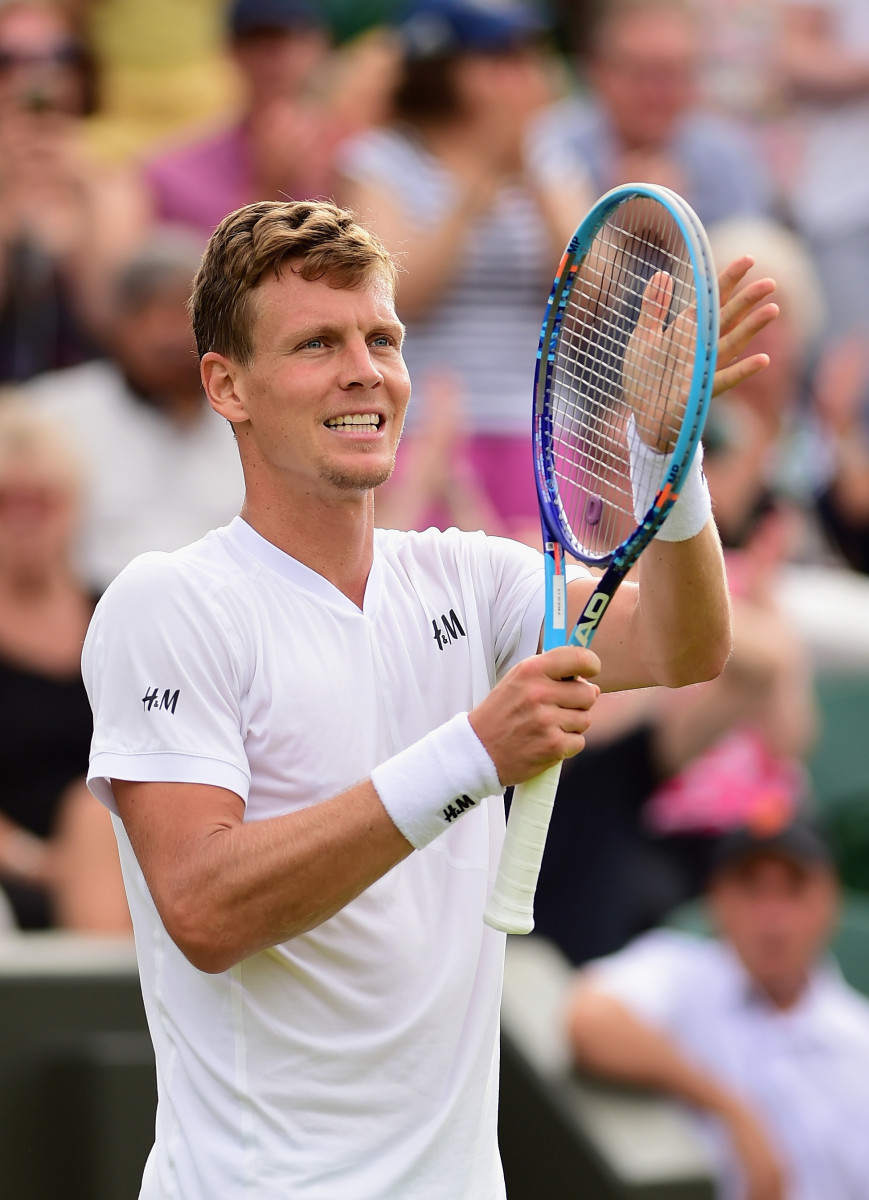
Rafael Nadal
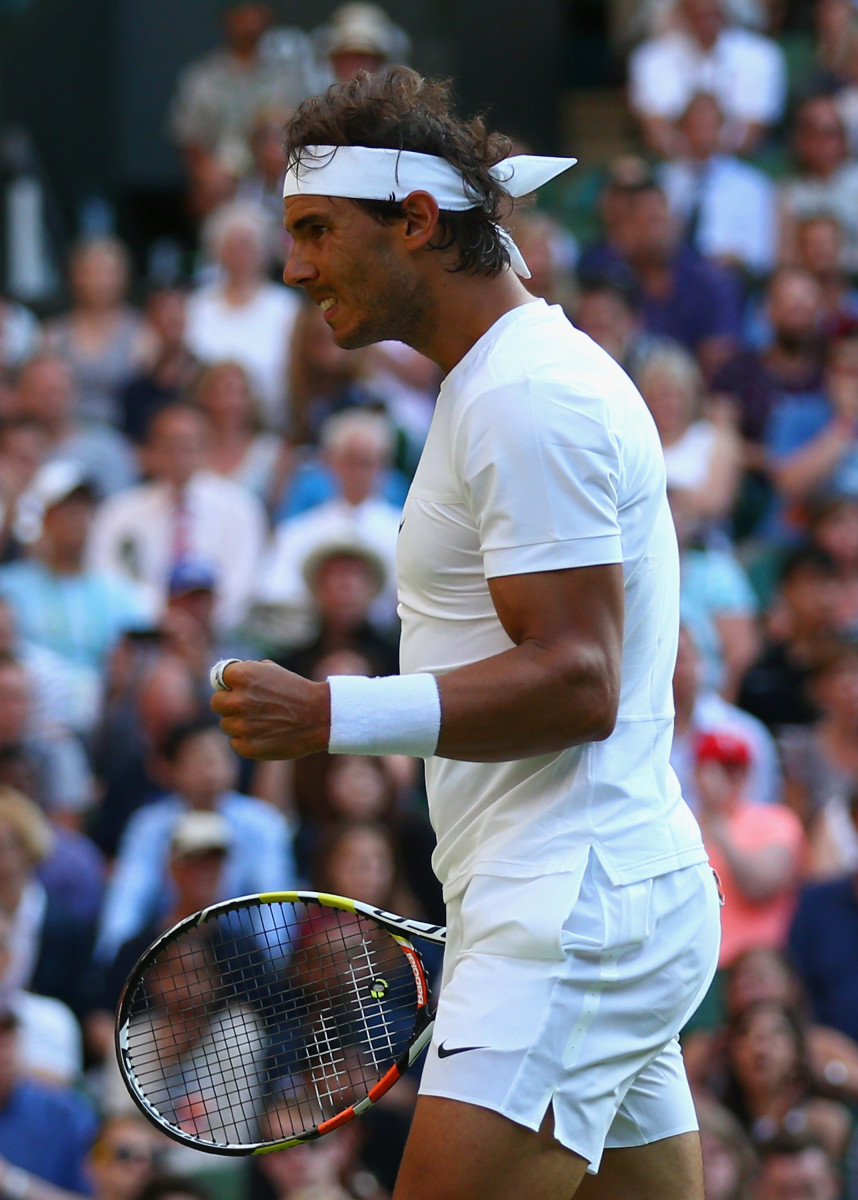
Gael Monfils
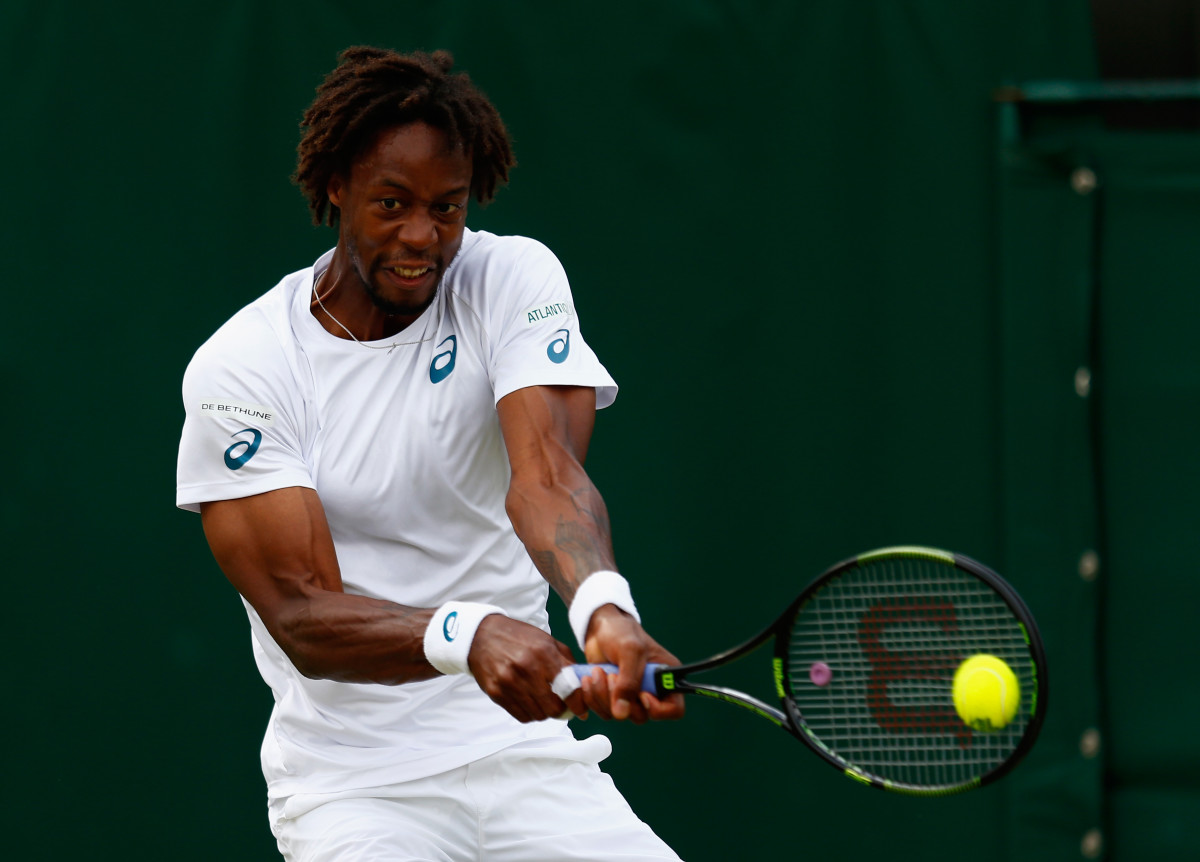
Rafael Nadal
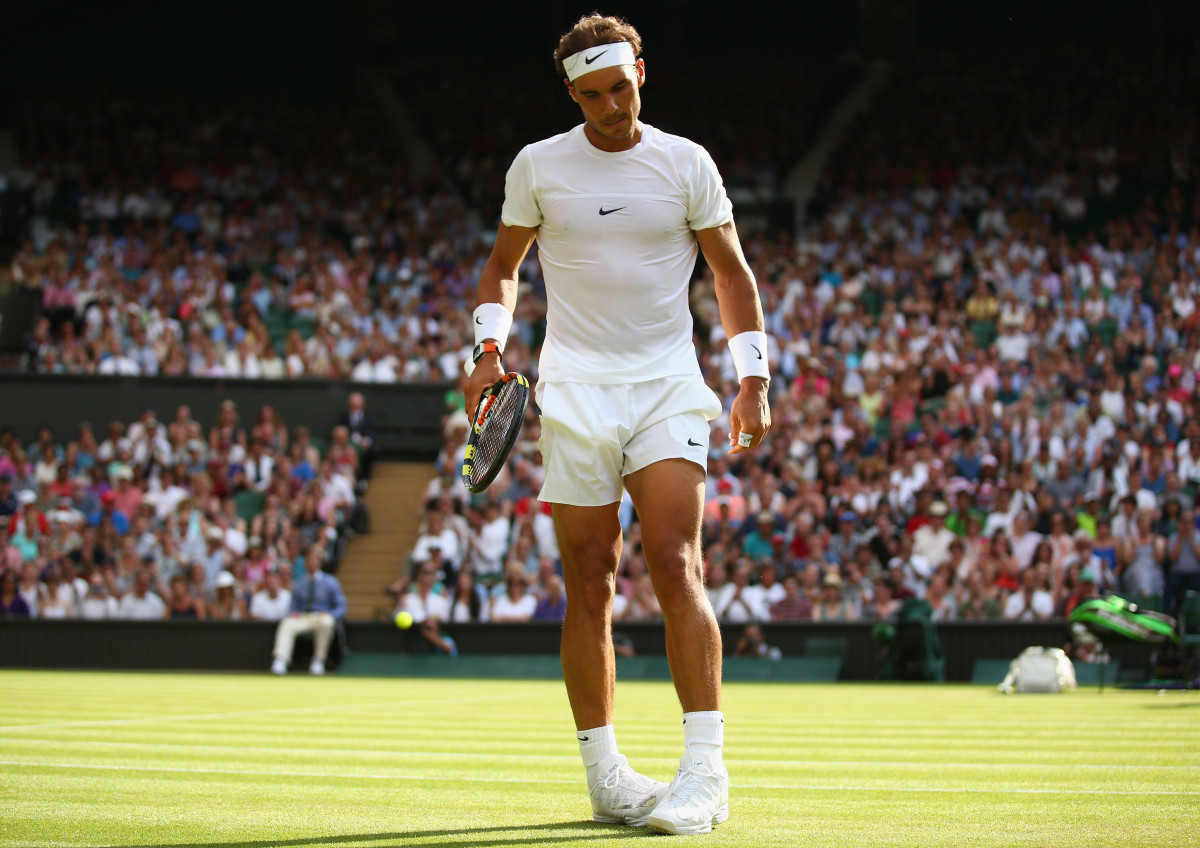
Bethanie Mattek-Sands
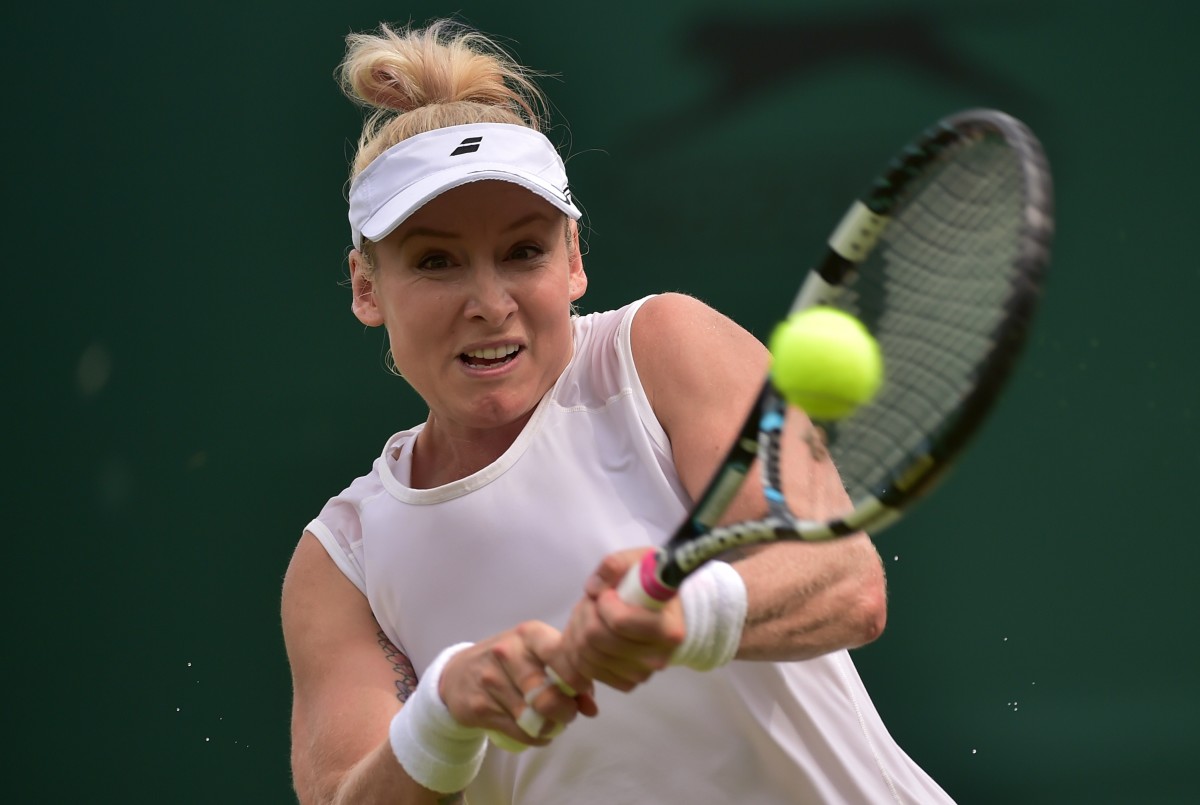
Grigor Dimitrov
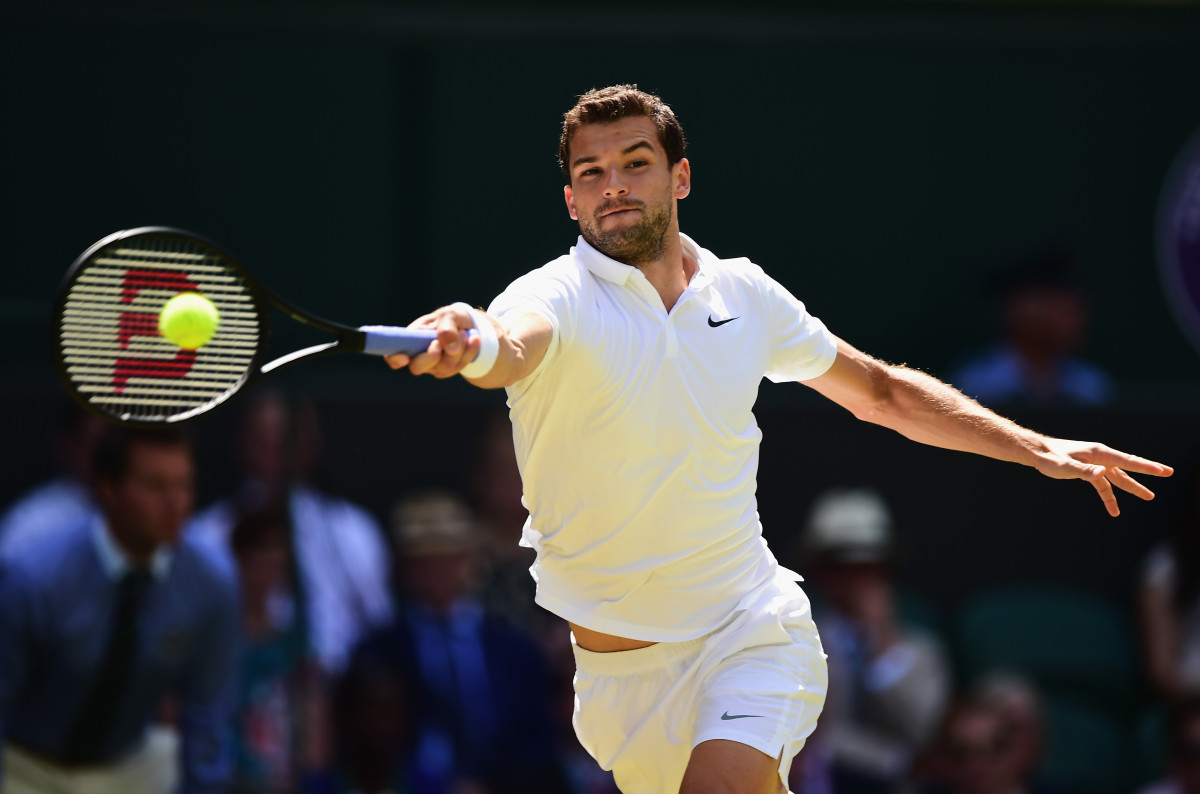
Milos Raonic
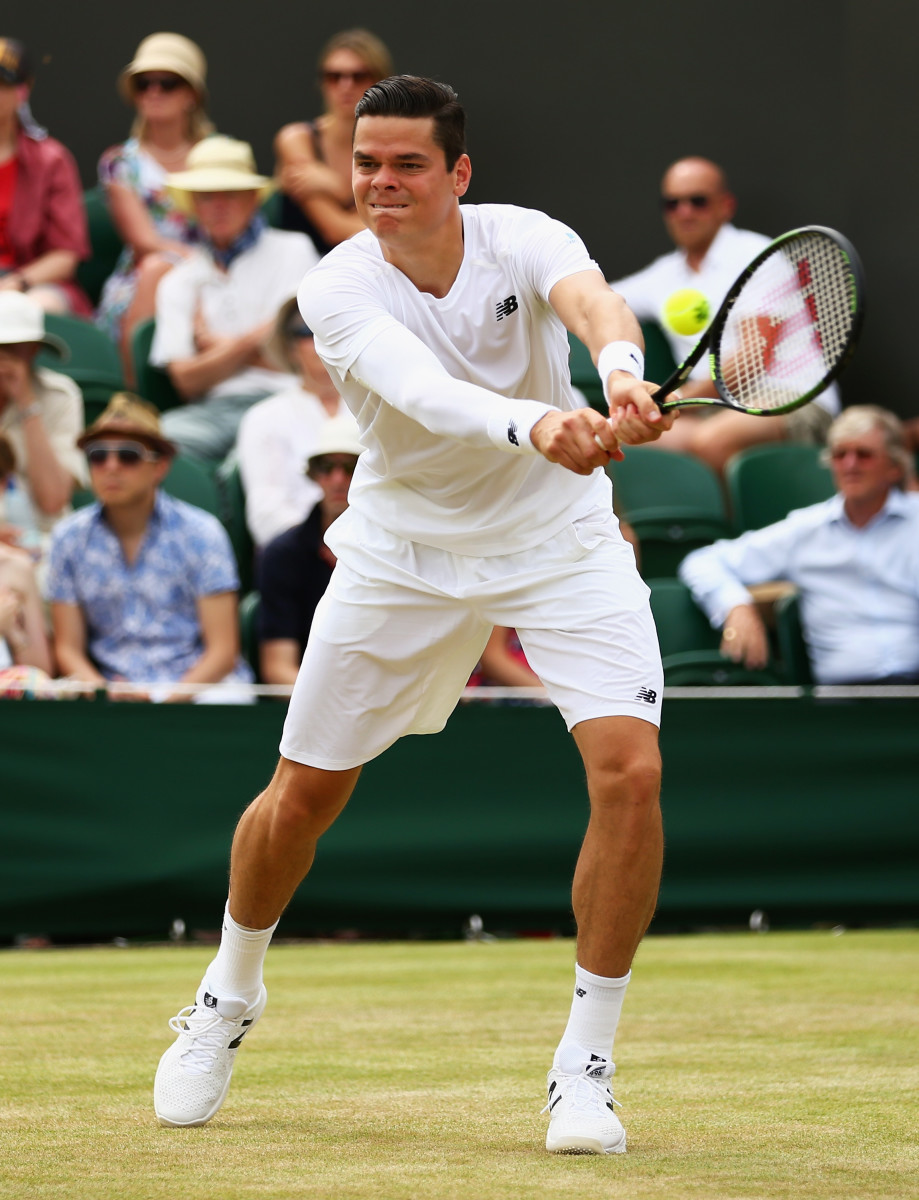
Nick Kyrgios
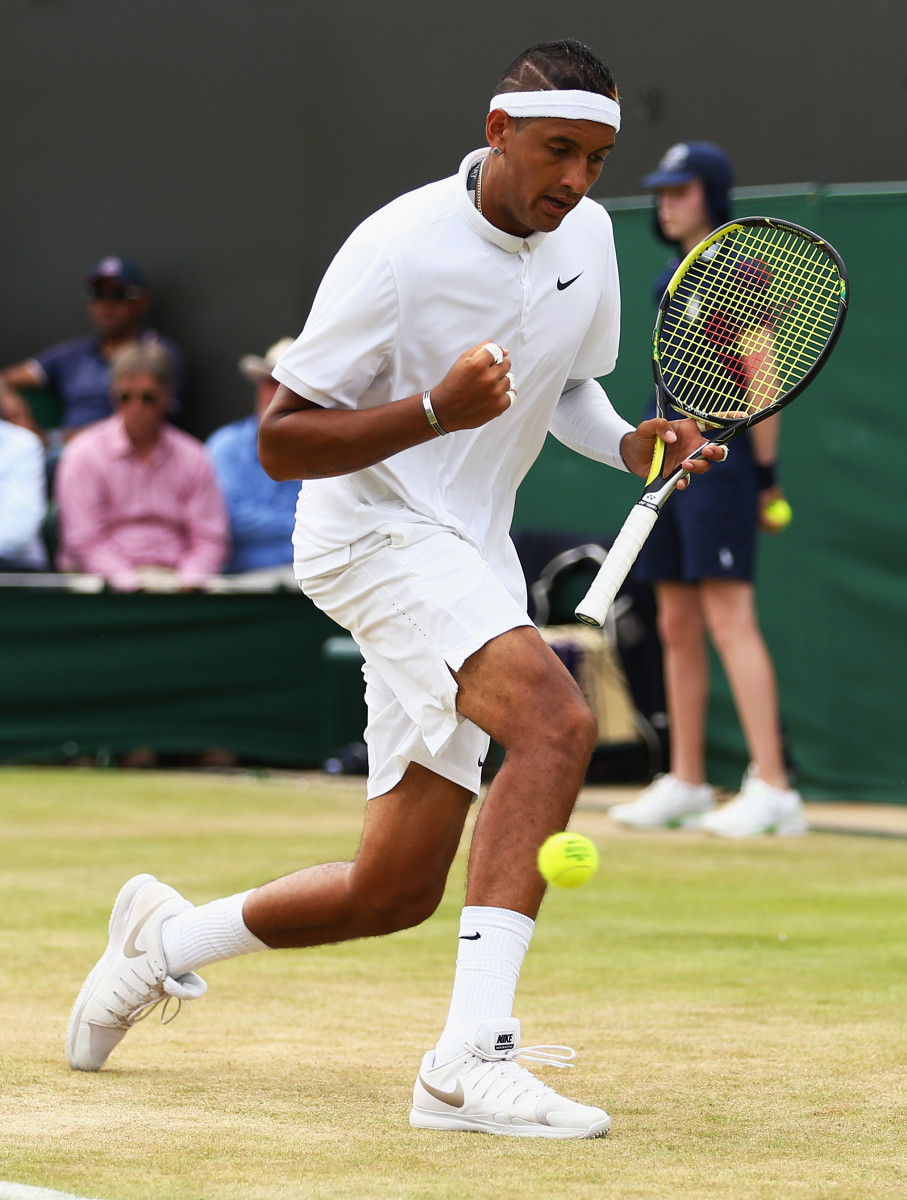
Carla Suarez Navarro
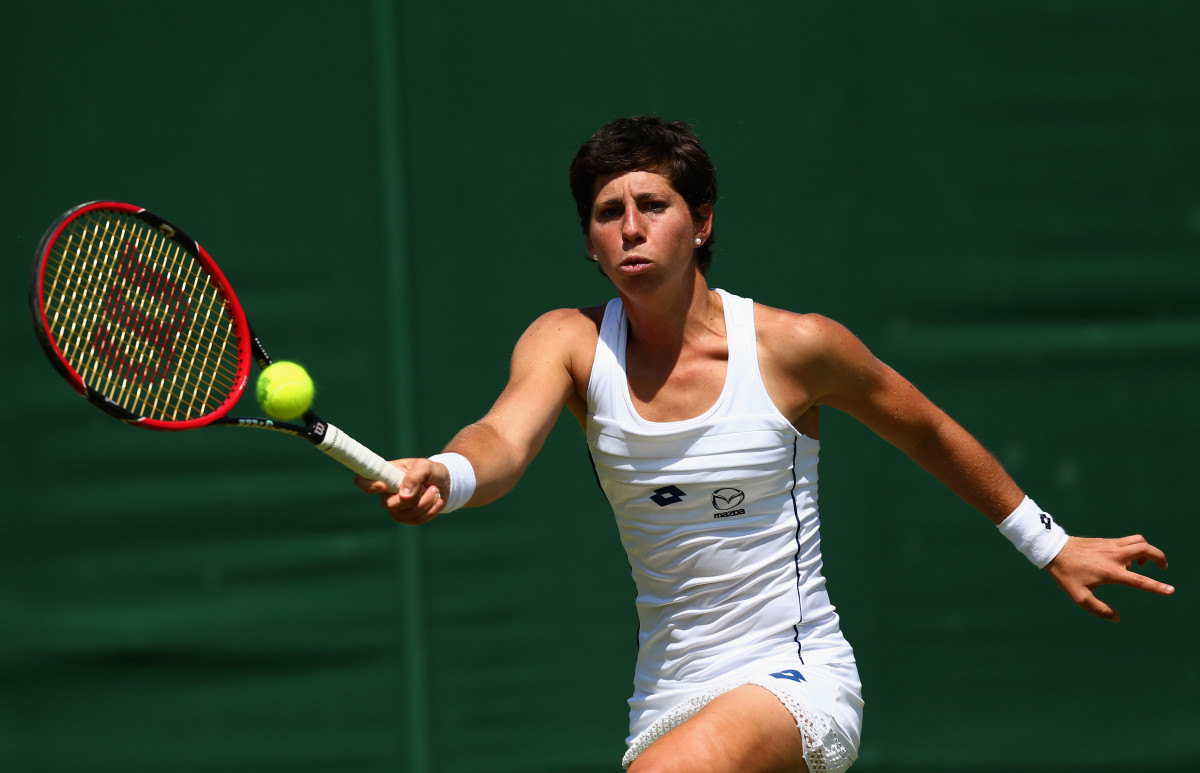
Nick Kyrgios
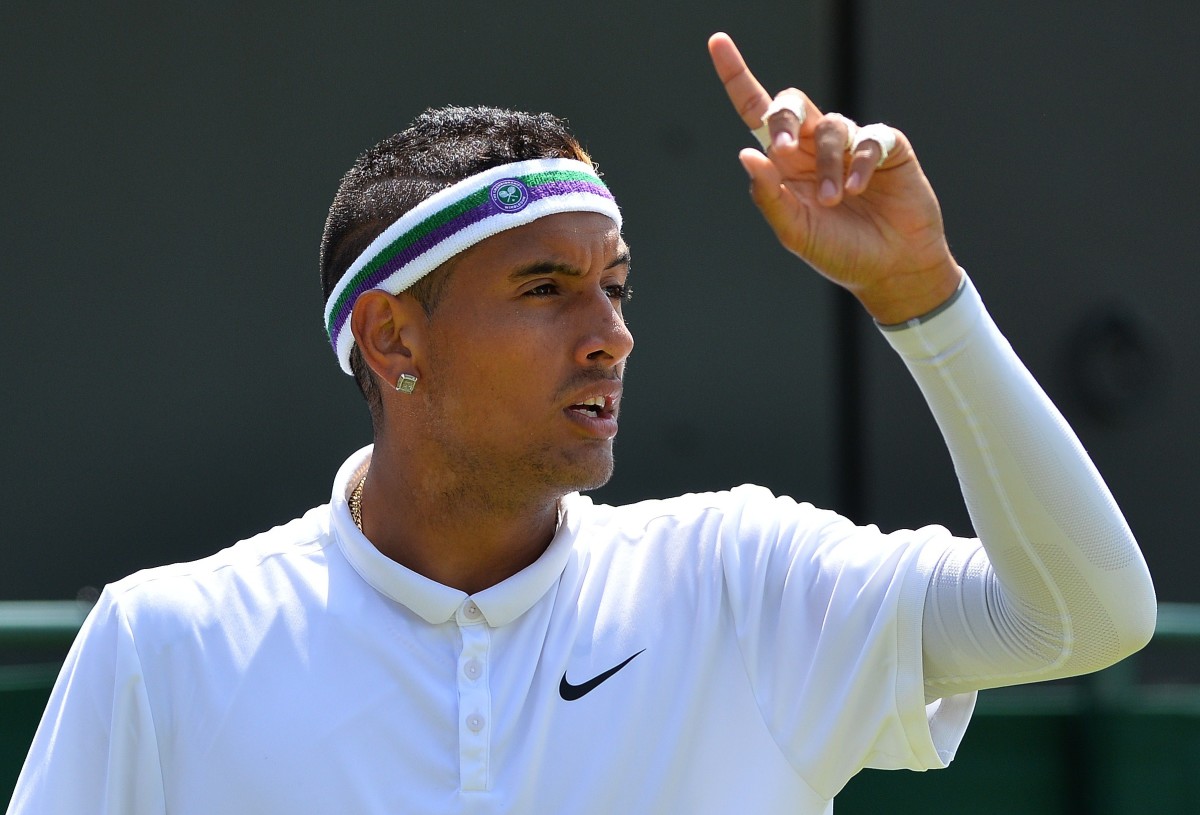
CoCo Vandeweghe
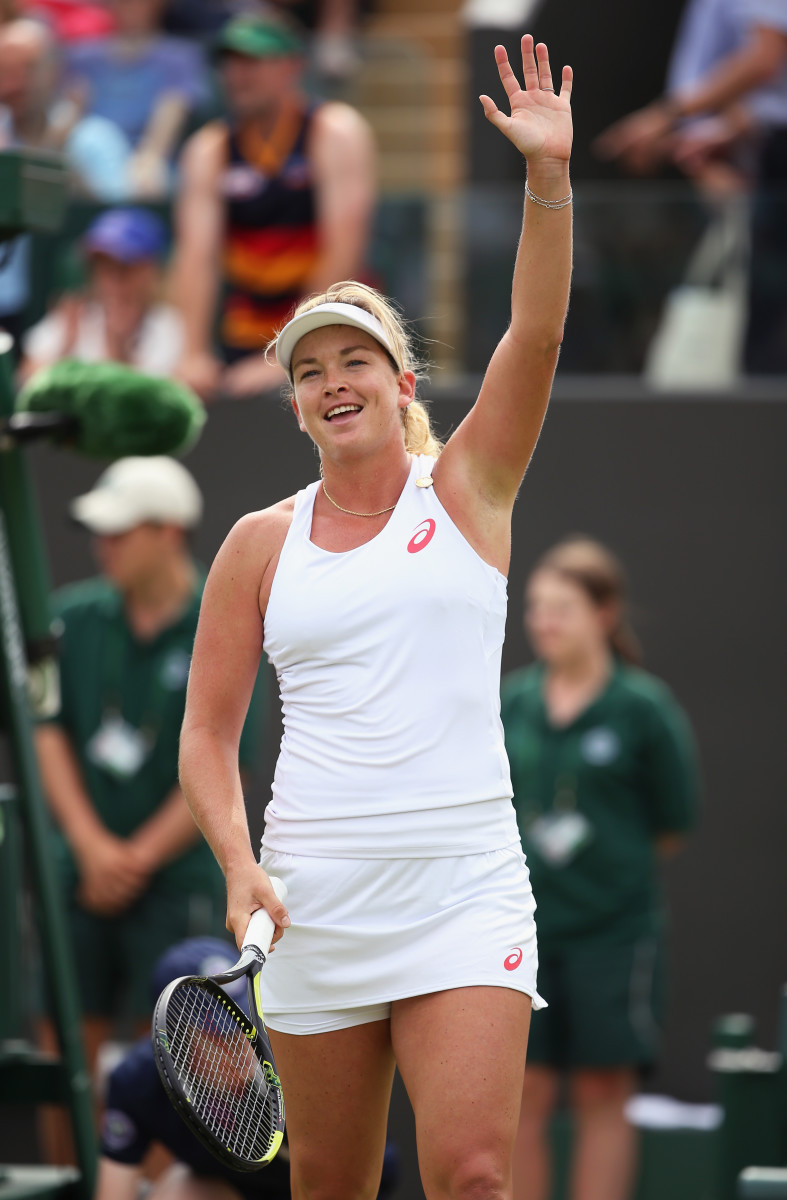
Kristina Mladenovic
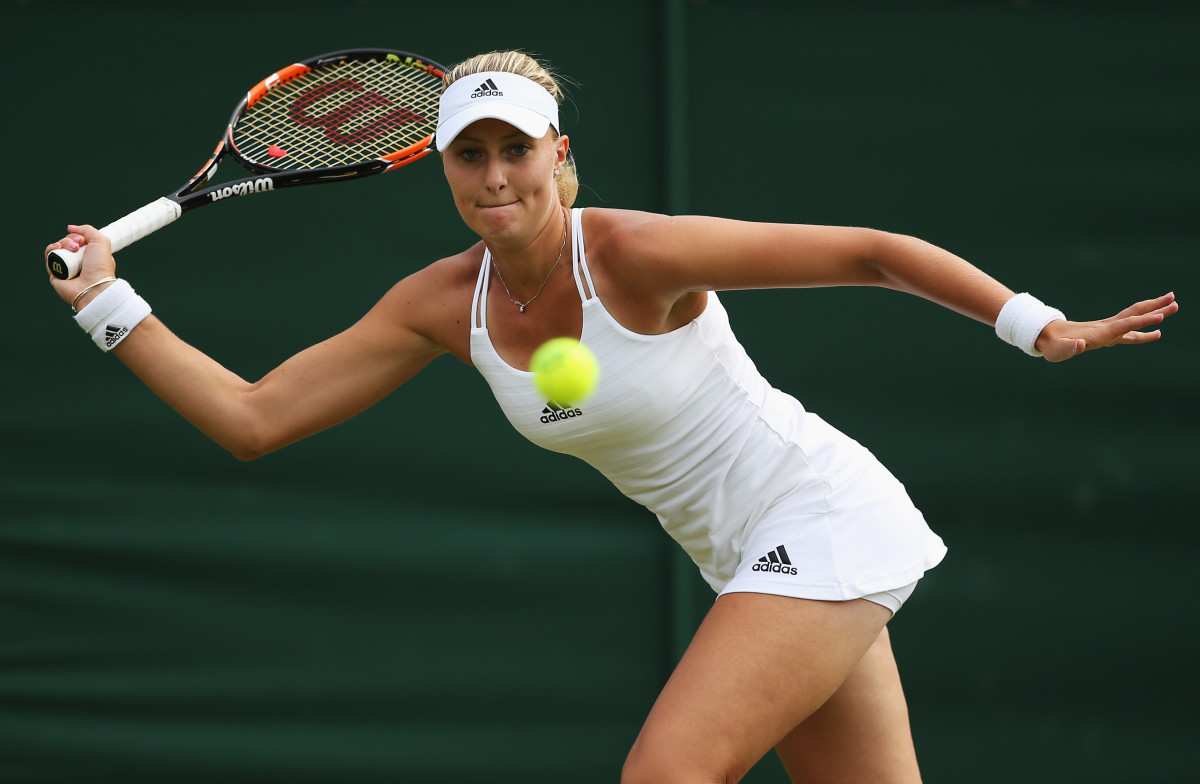
Stan Wawrinka
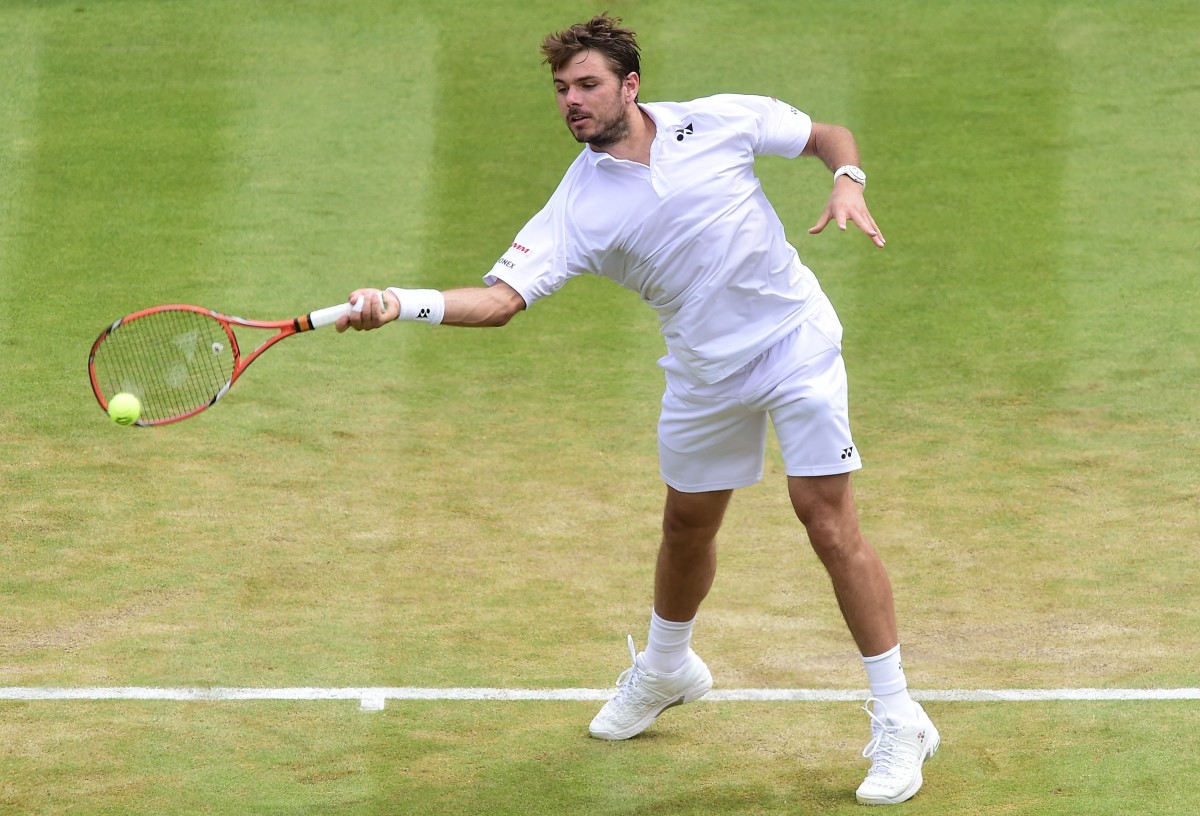
Maria Sharapova
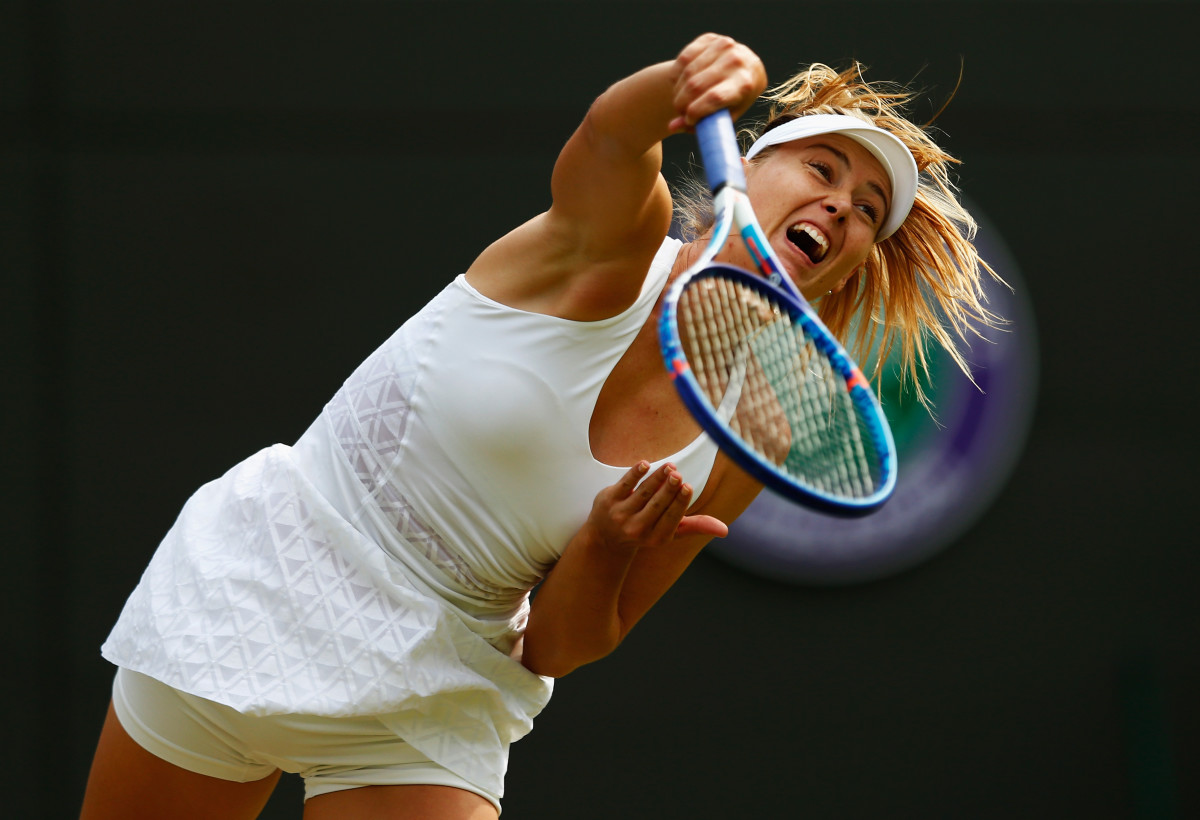
Maria Sharapova
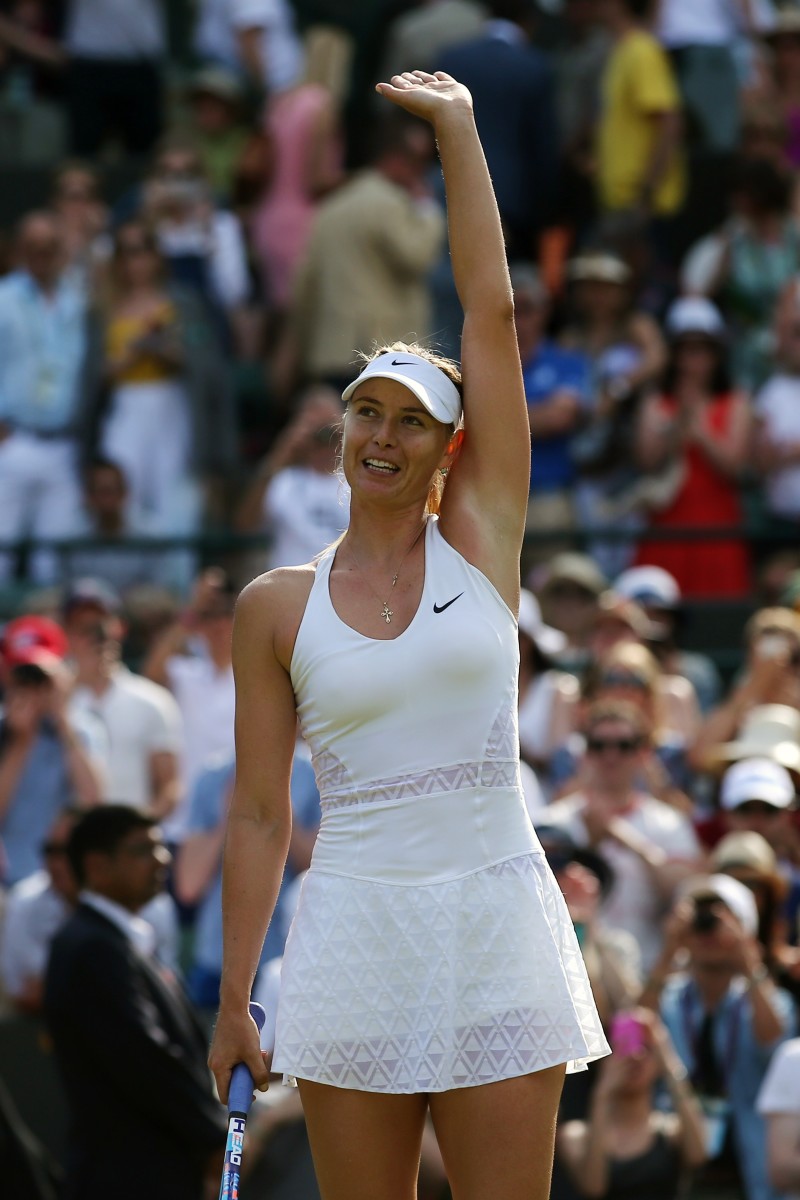
Lucie Safarova
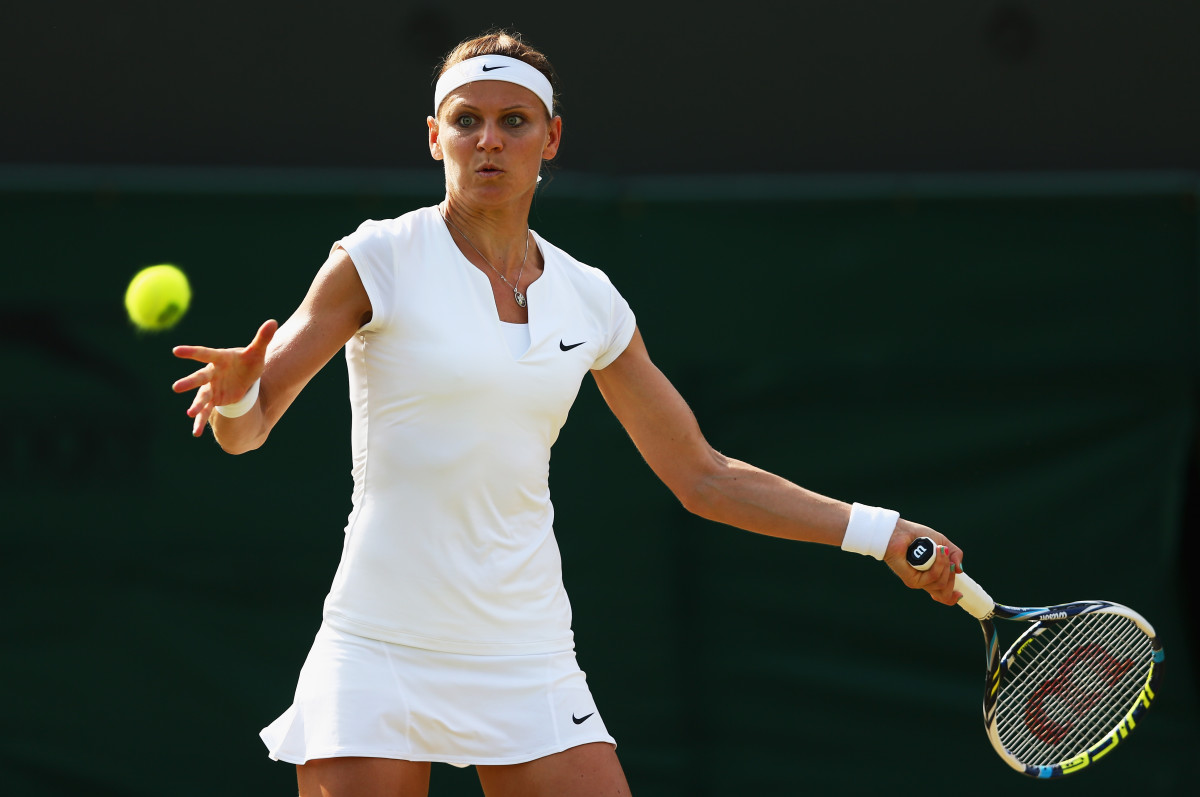
Victoria Azarenka
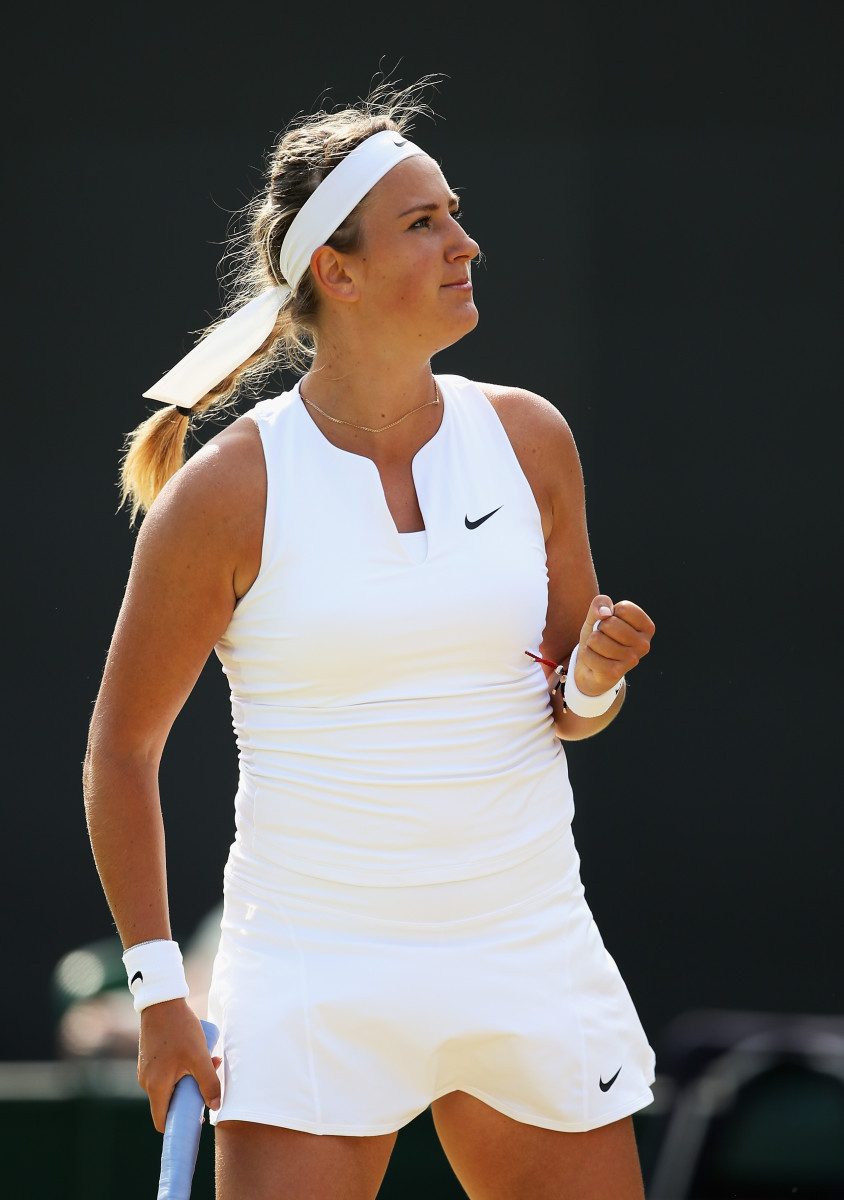
Novak Djokovic
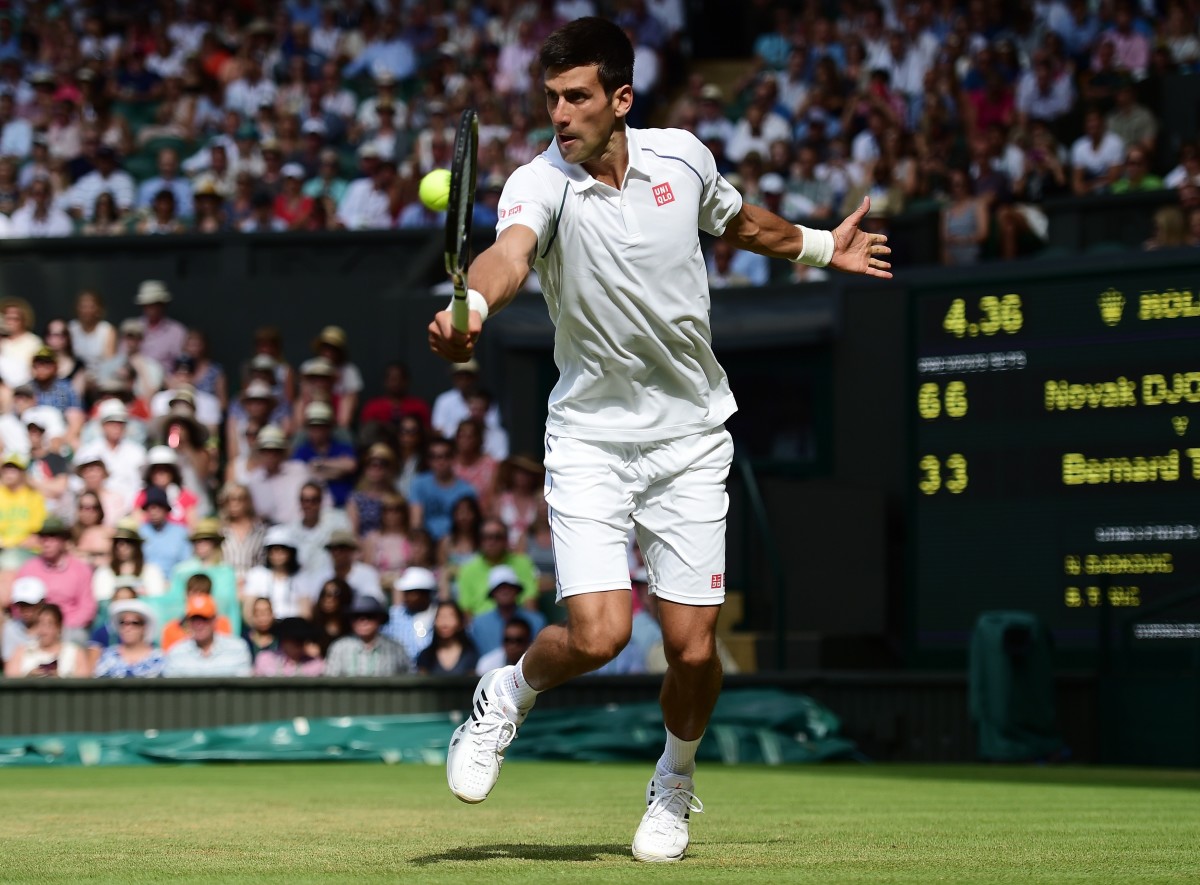
Venus Williams
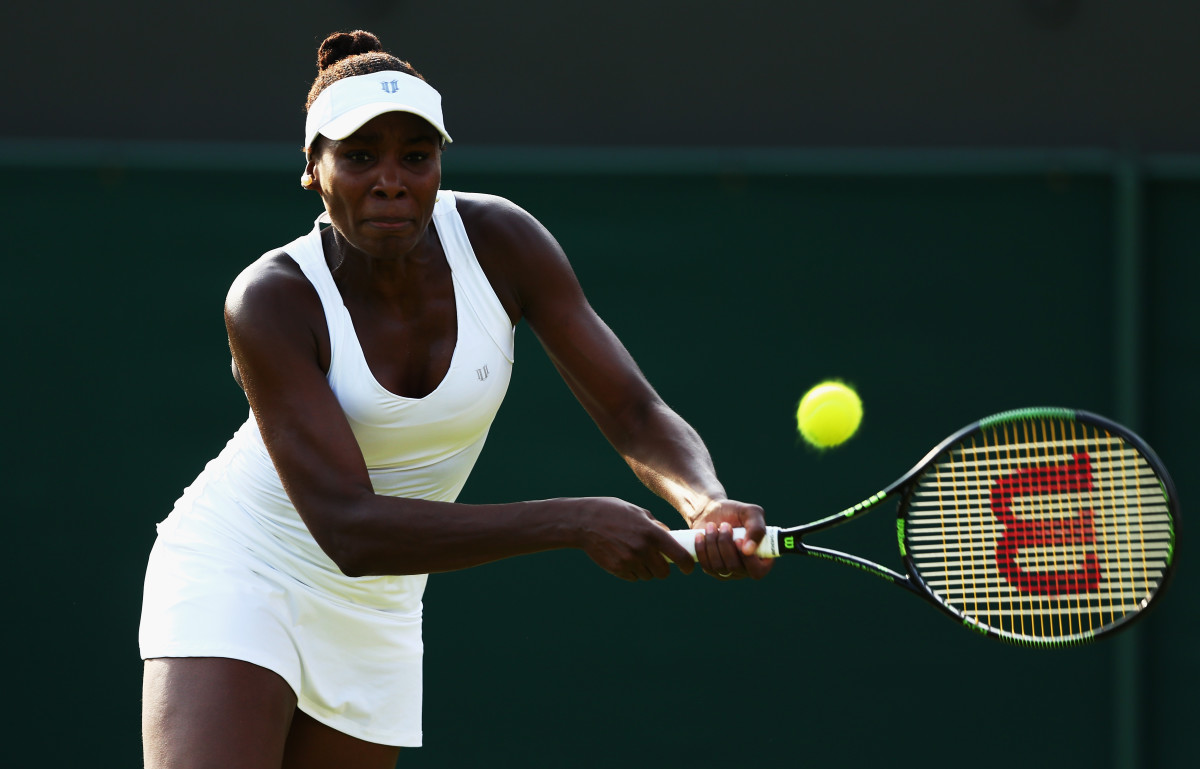
Serena Williams
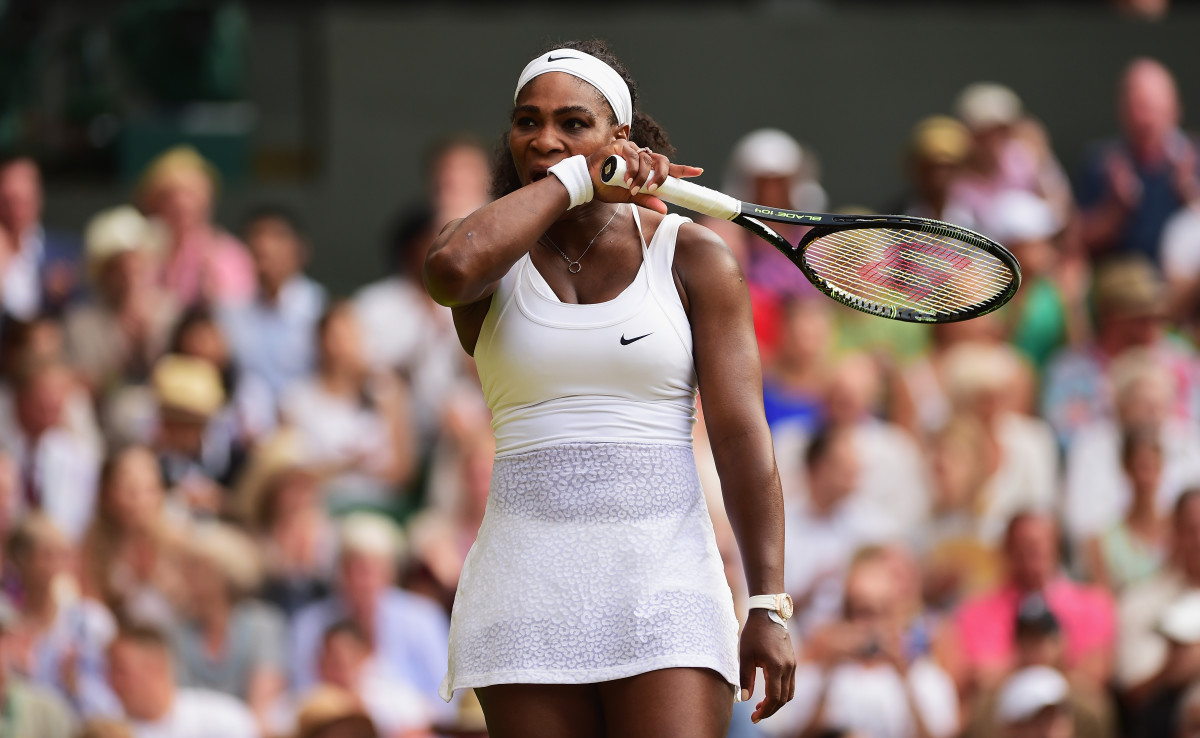
Heather Watson
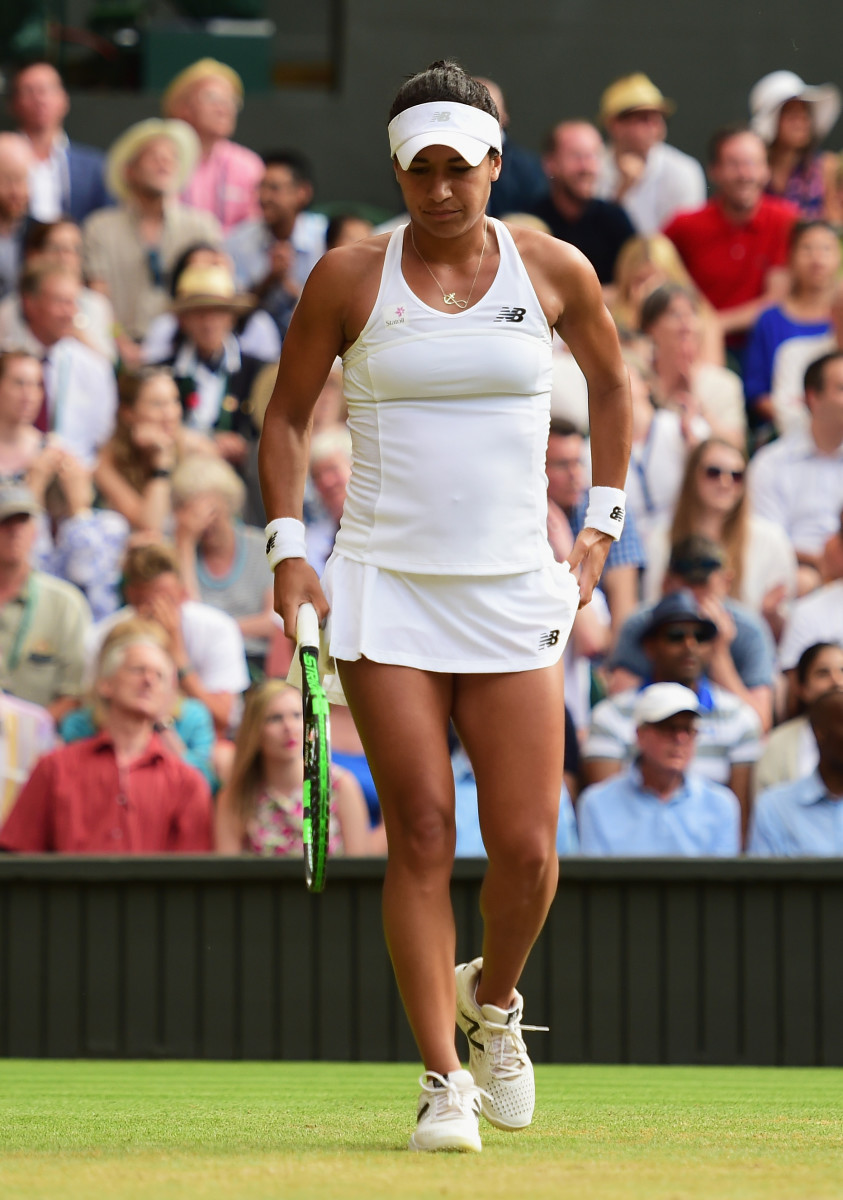
Kevin Anderson
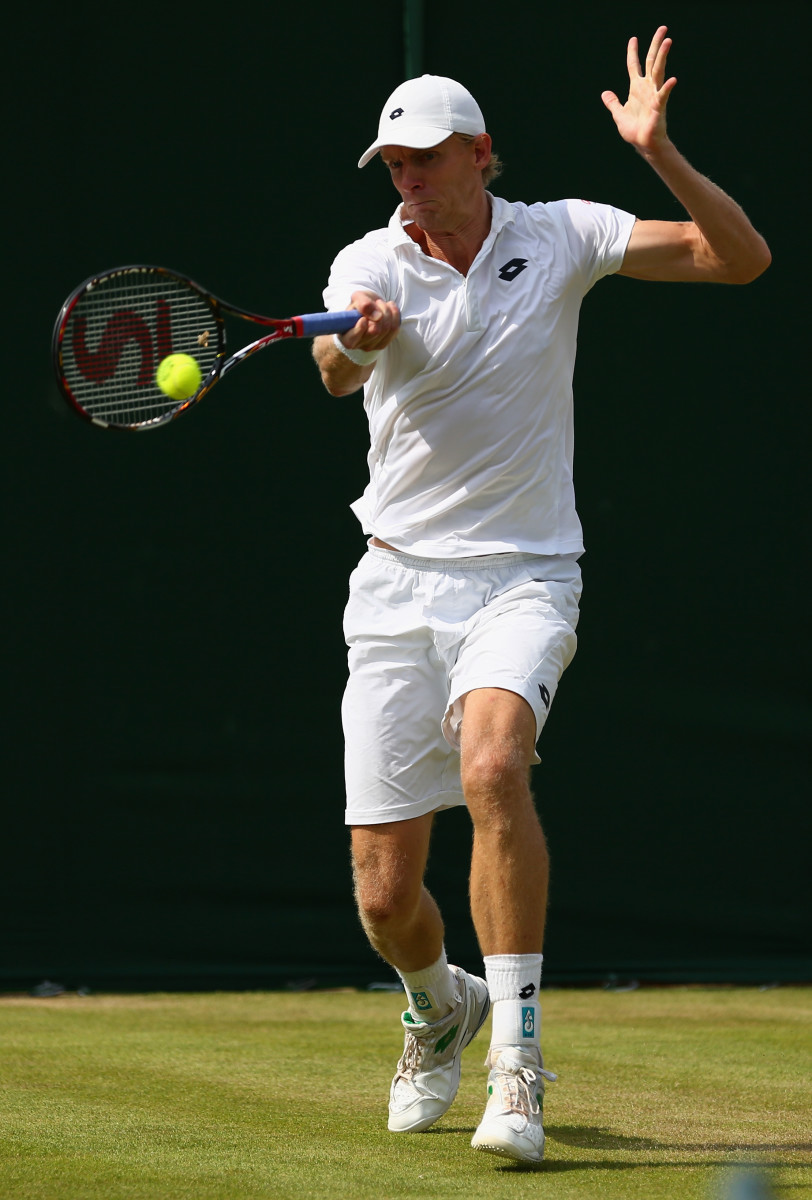
Denis Kudla
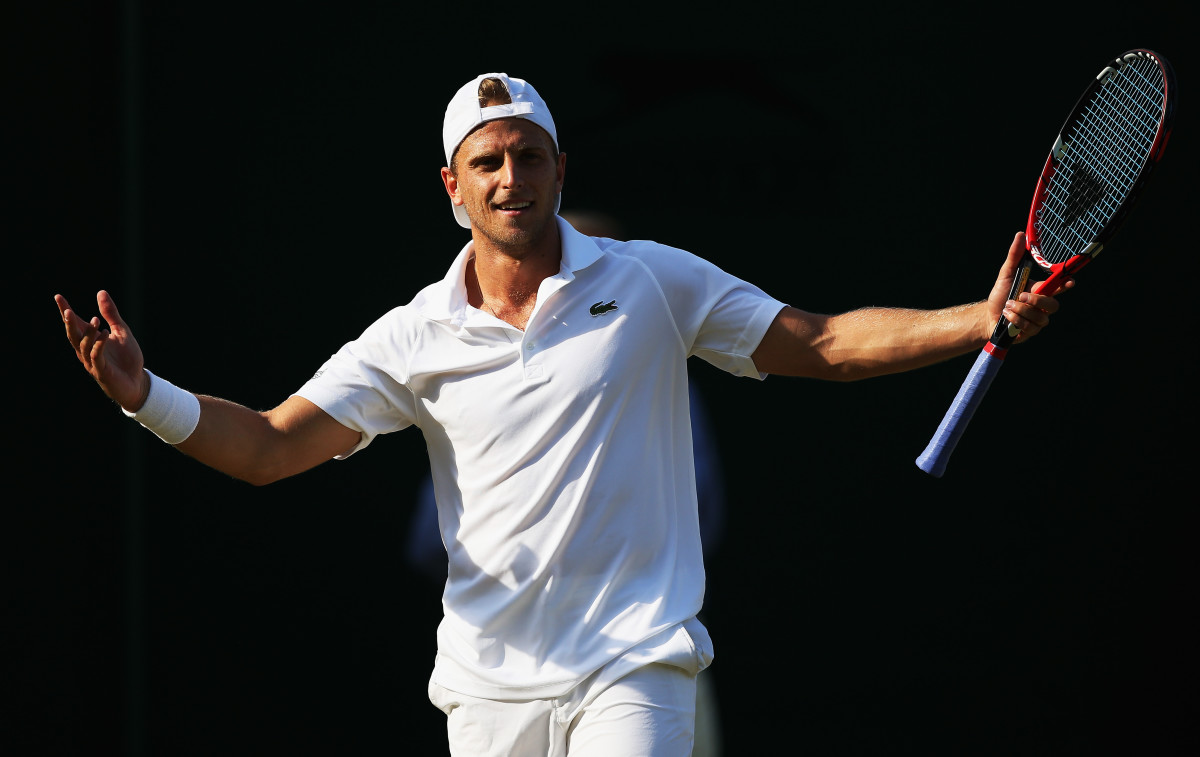
Heather Watson
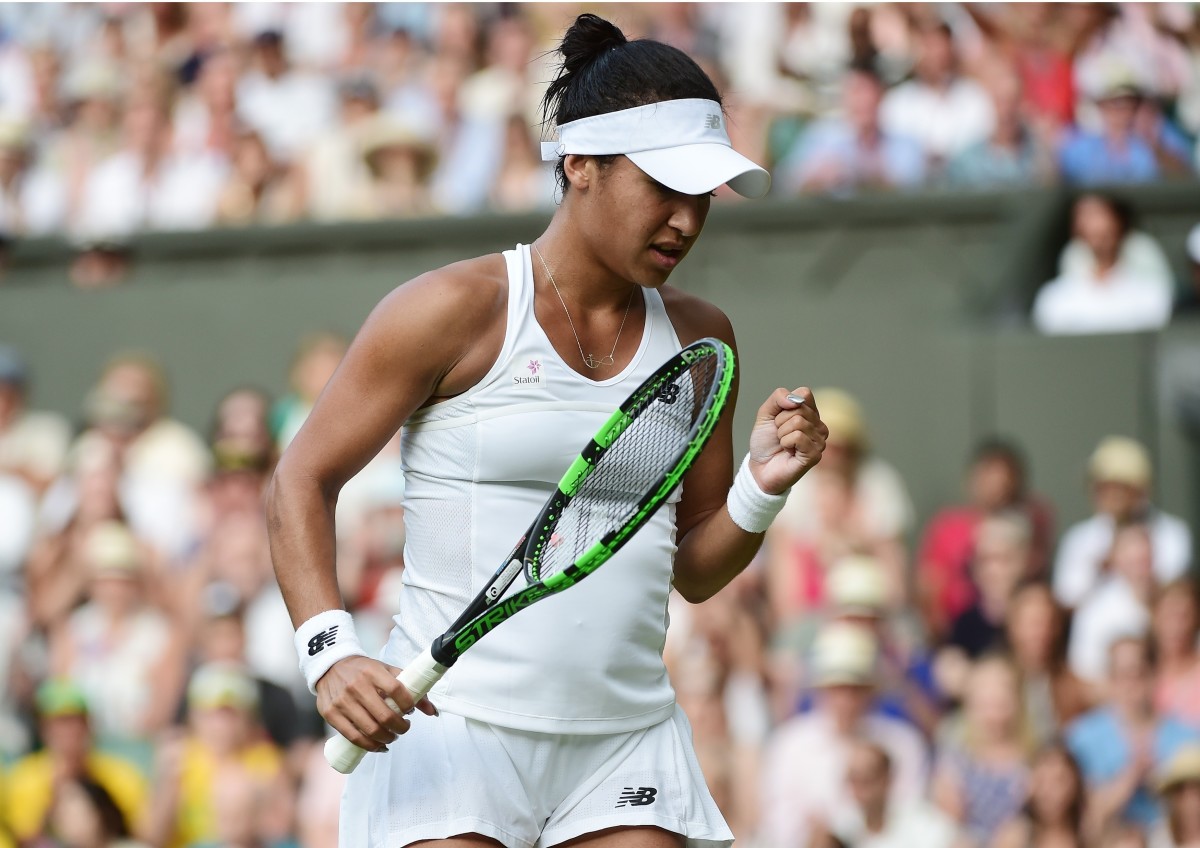
Dustin Brown
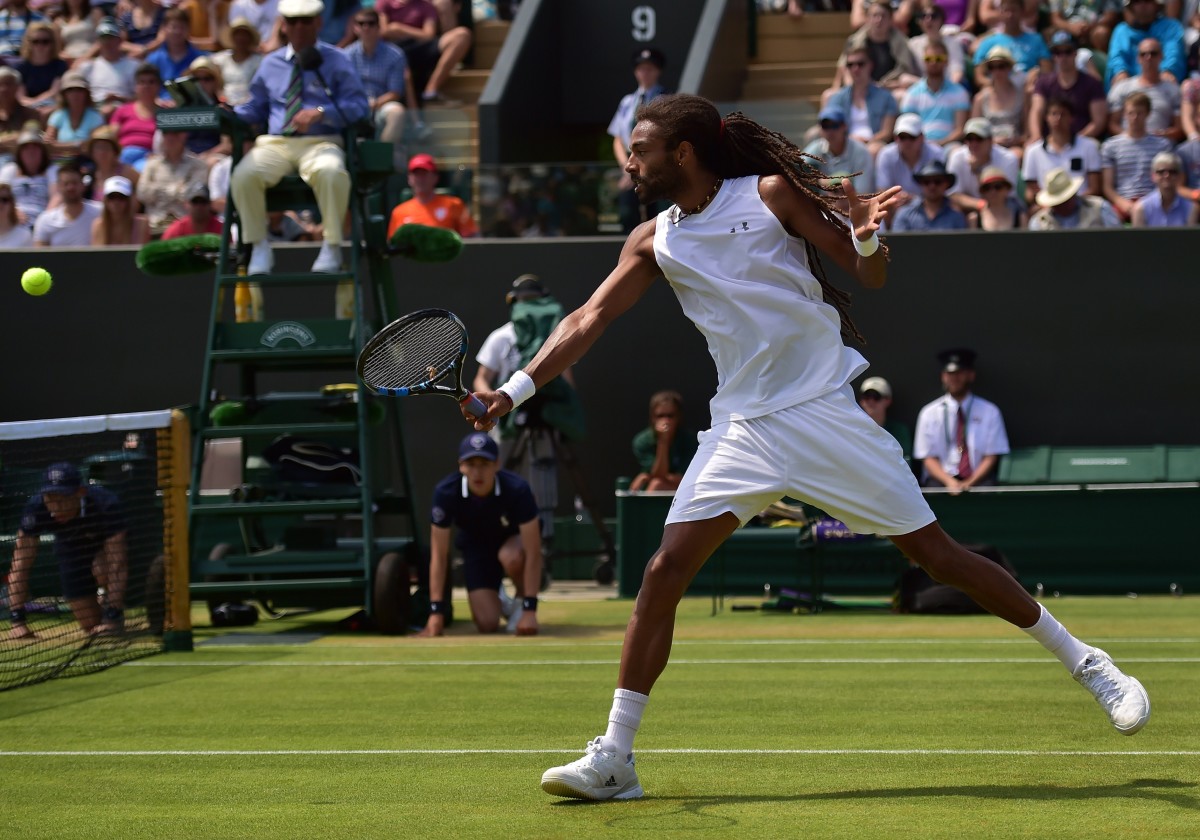
Viktor Troicki
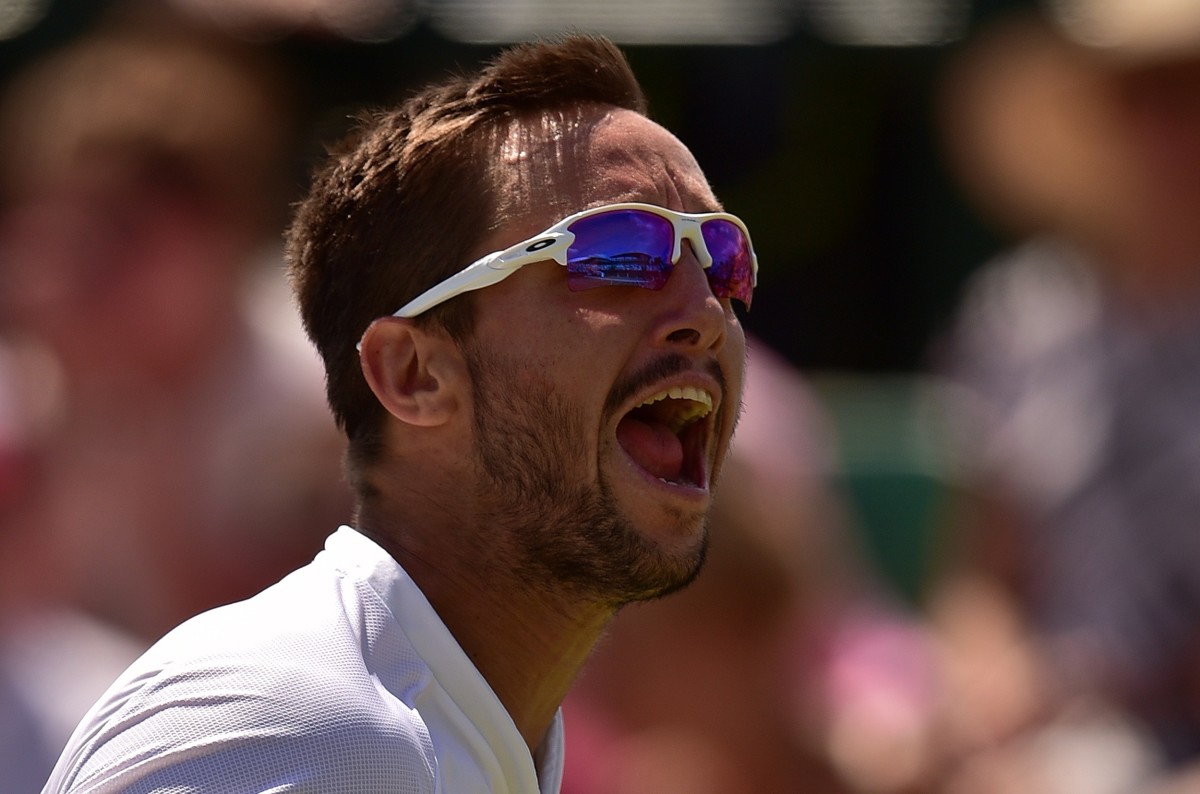
Caroline Wozniacki
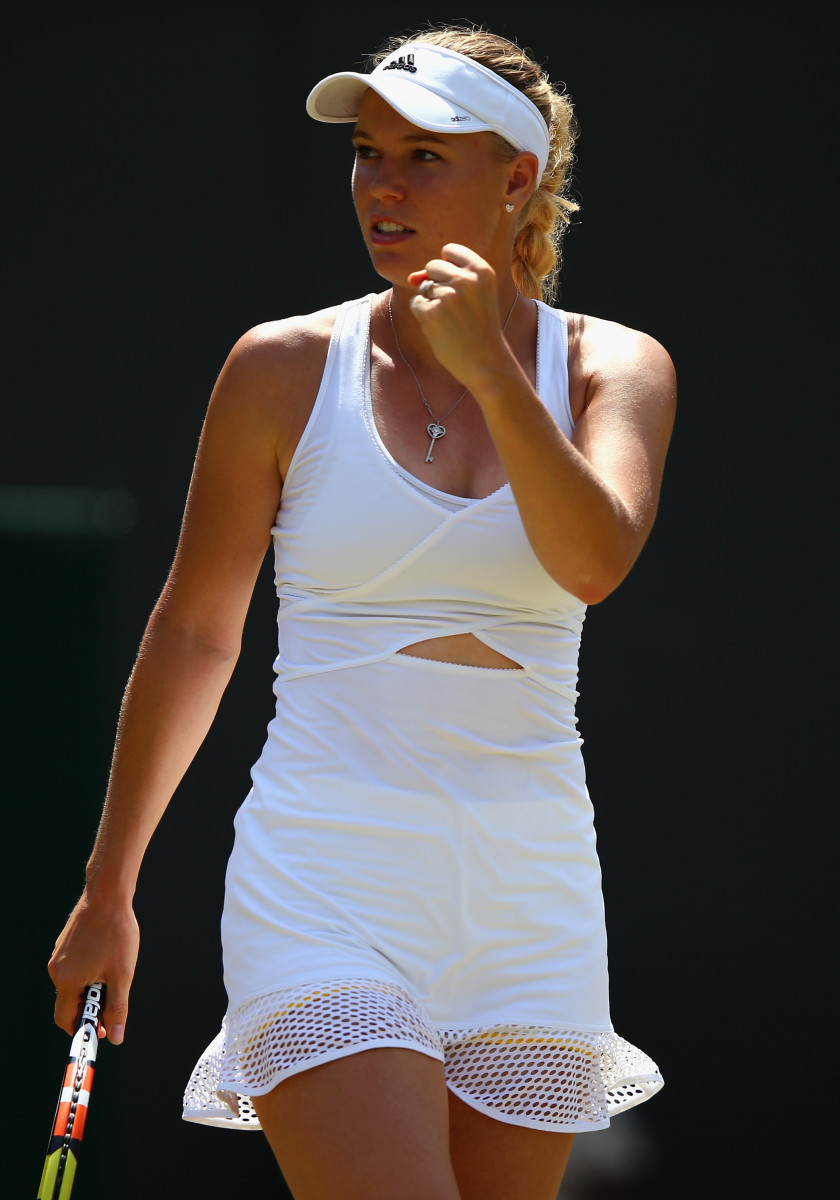
Camila Giorgi
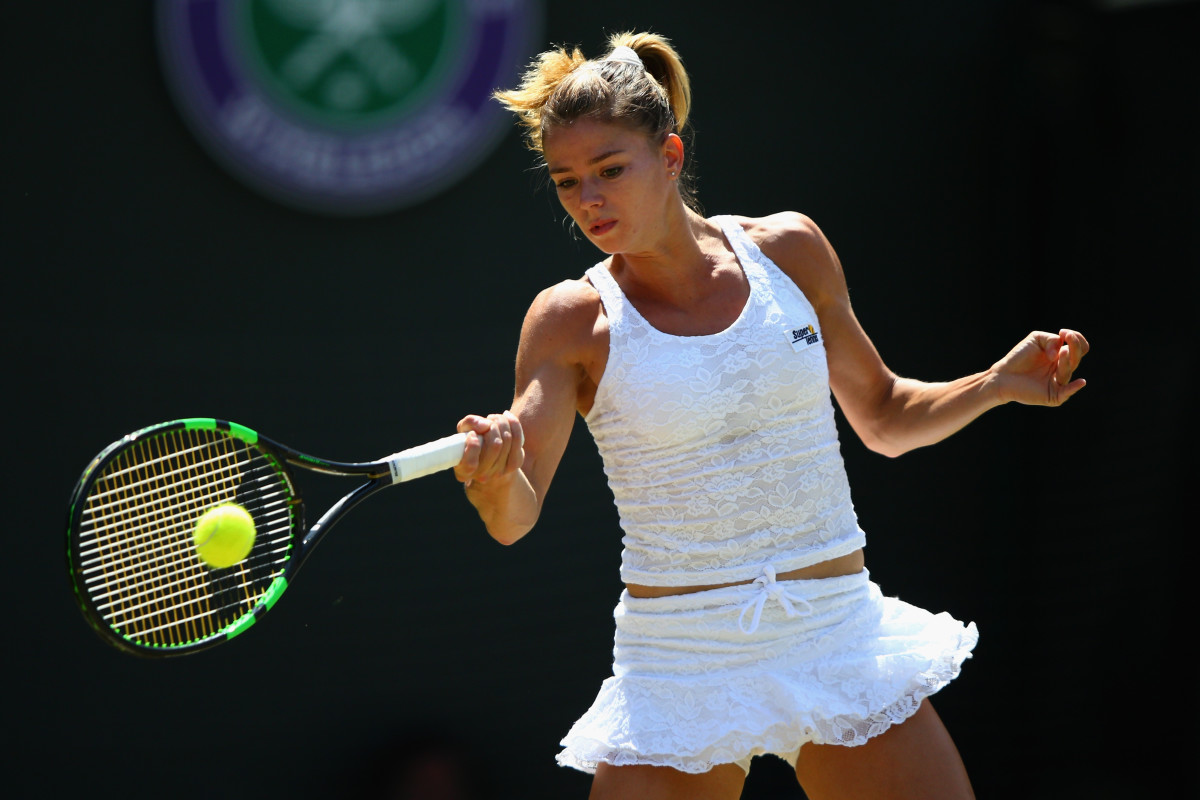
Camila Giorgi
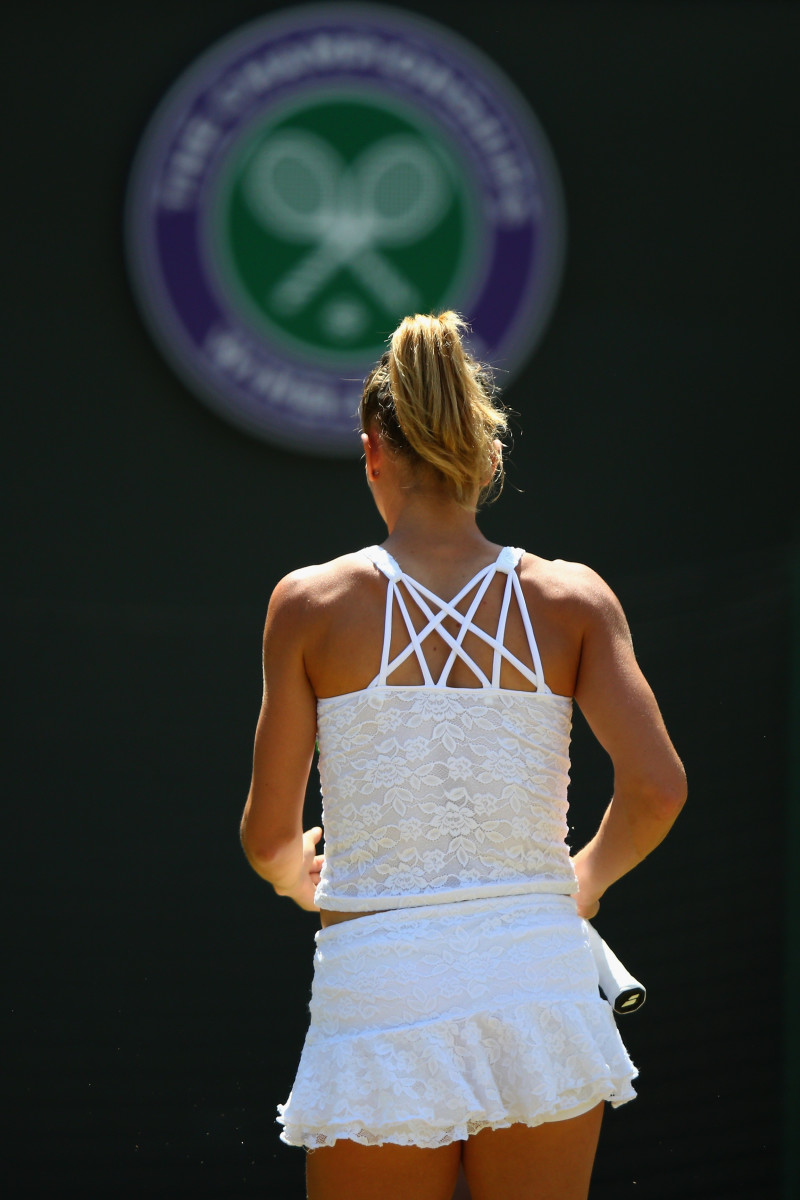
Roger Federer
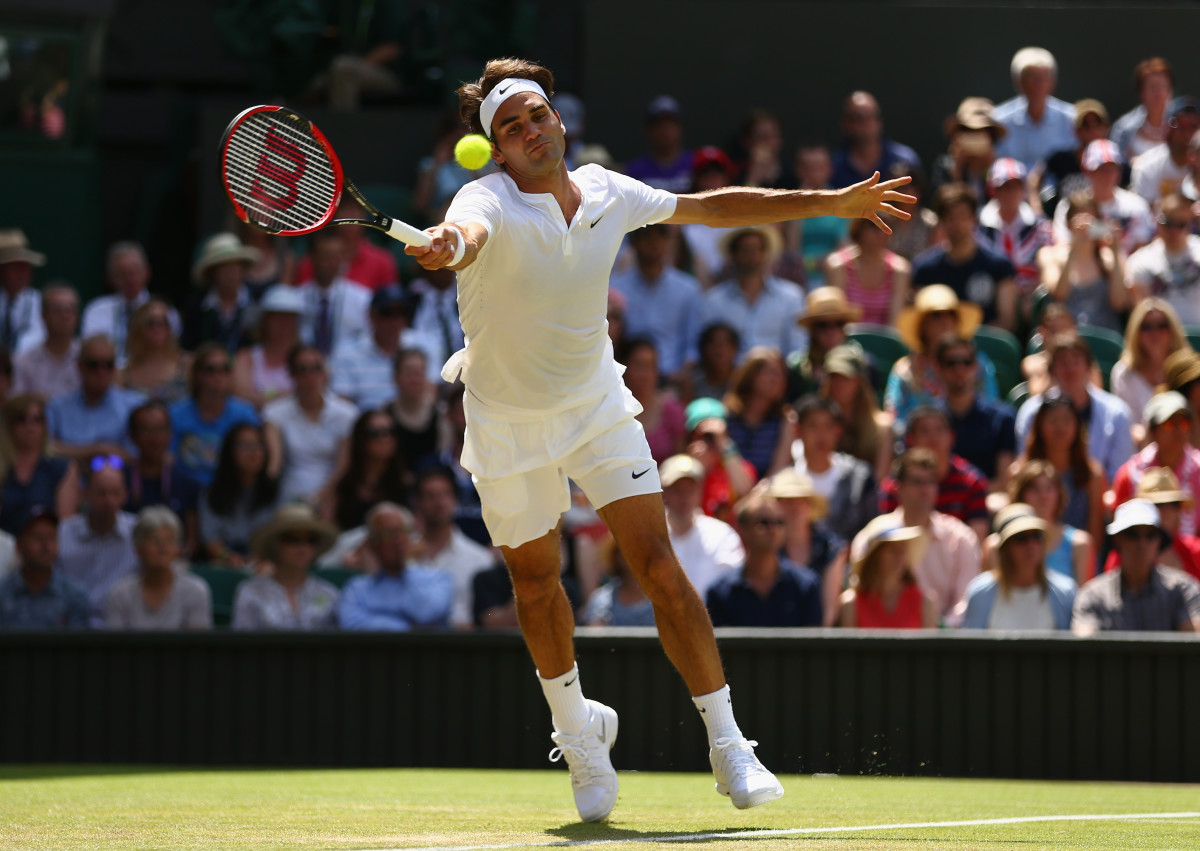
Andrea Petkovic
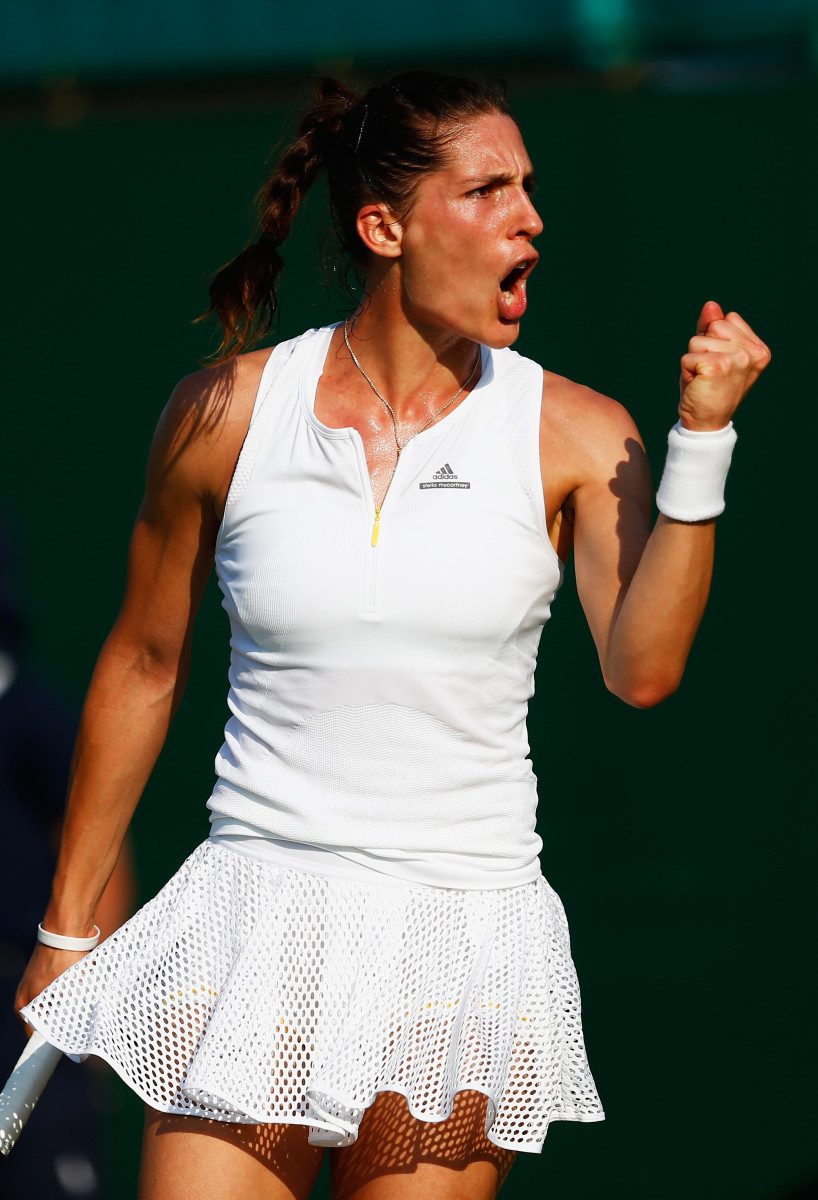
Bethanie Mattek-Sands
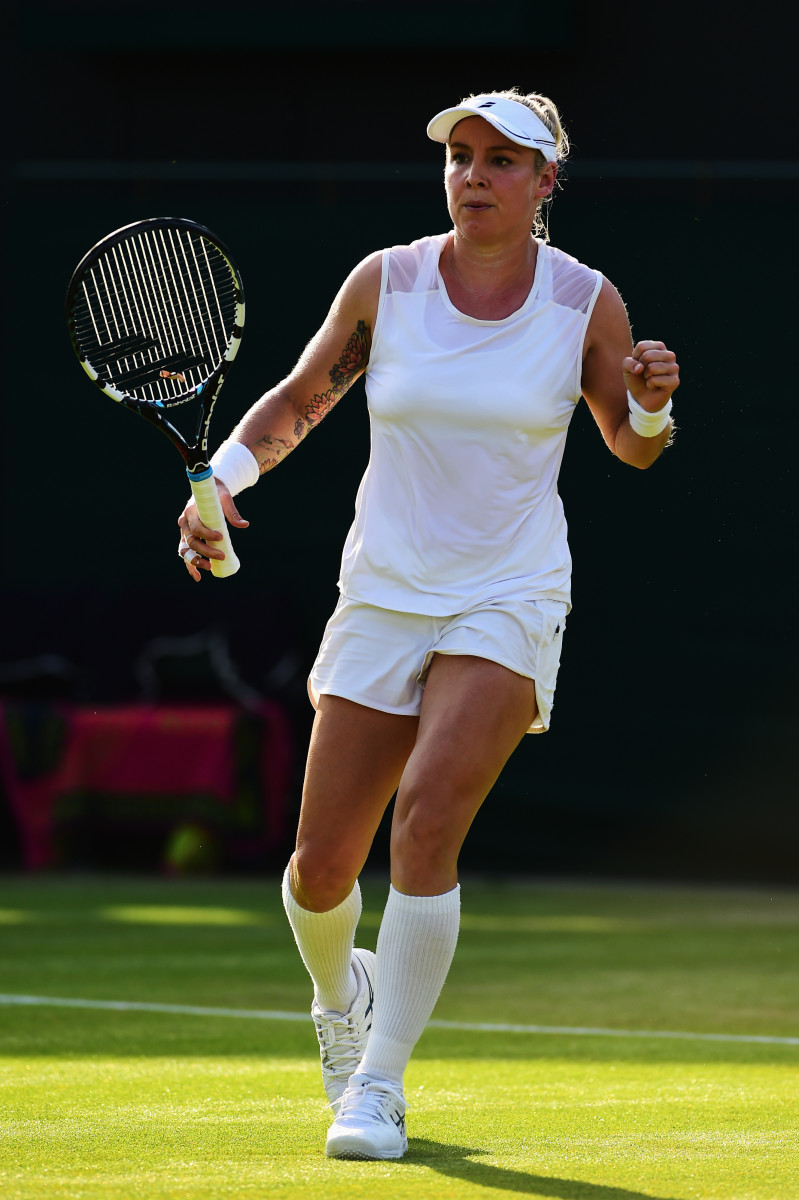
Sloane Stephens
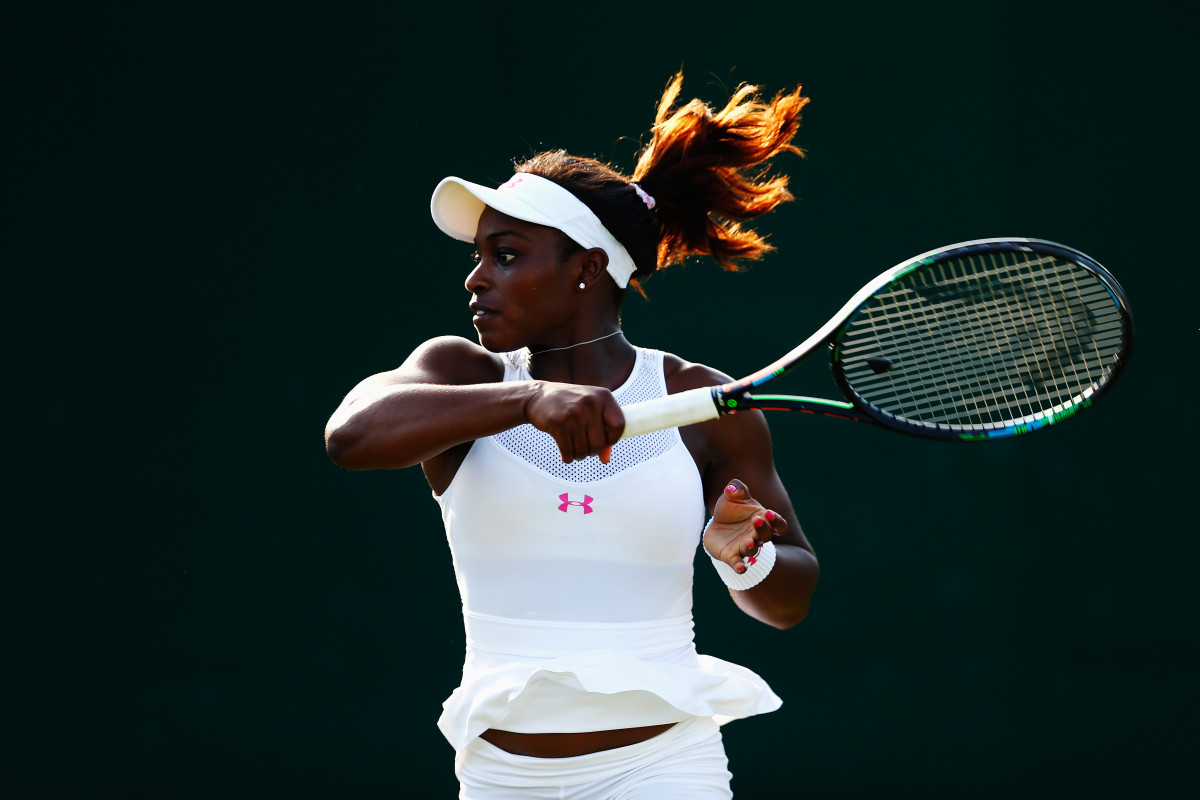
Bethanie Mattek-Sands
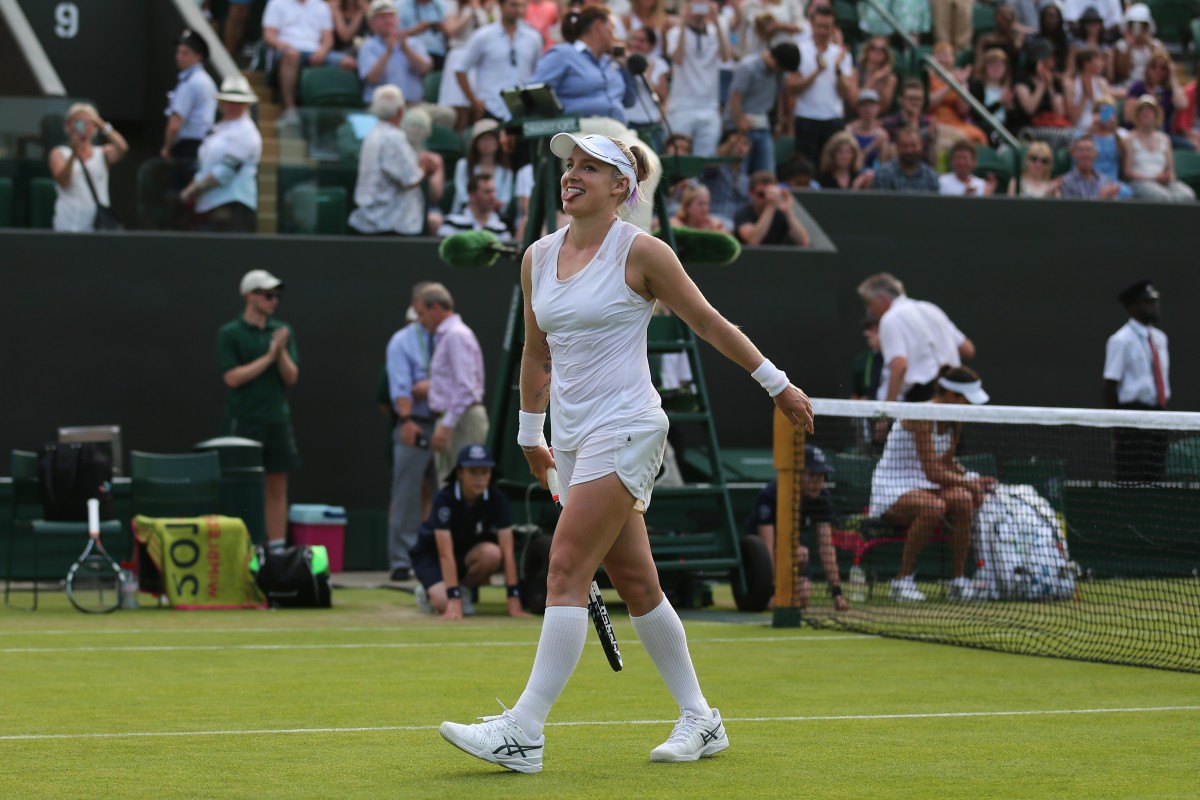
Ana Ivanovic
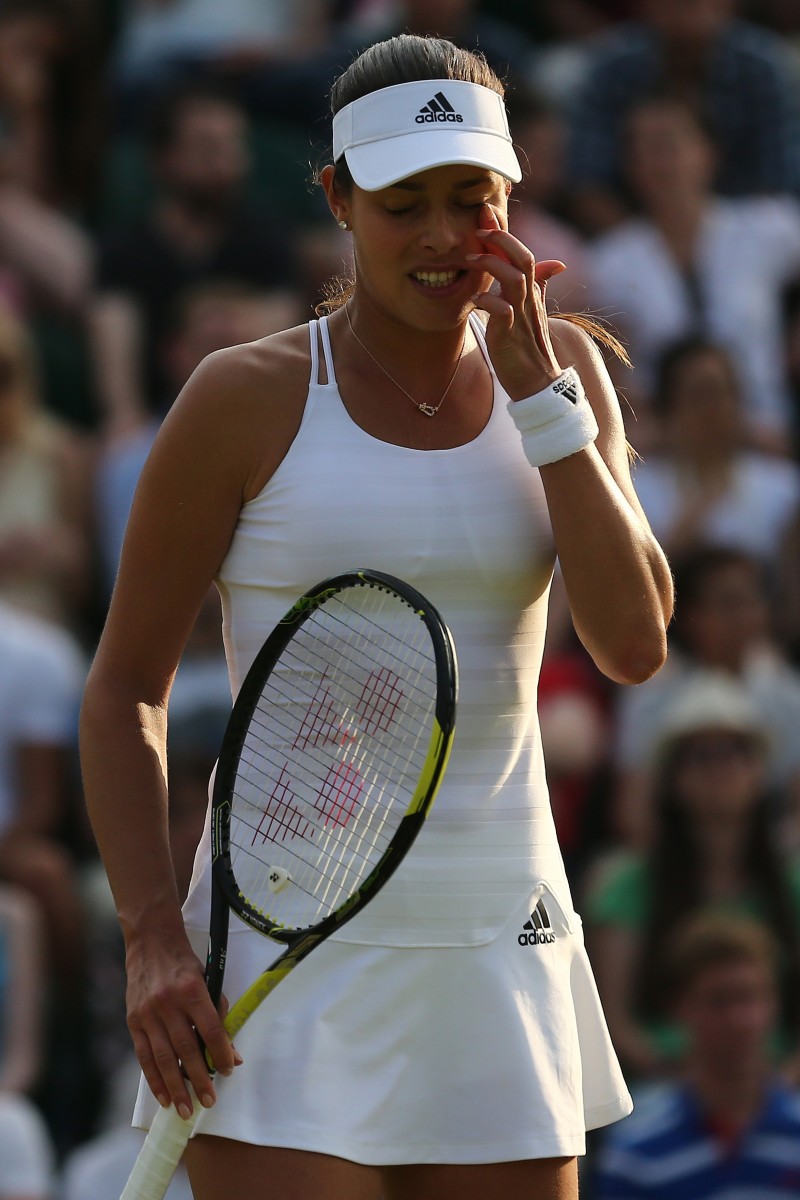
Yulia Putintseva
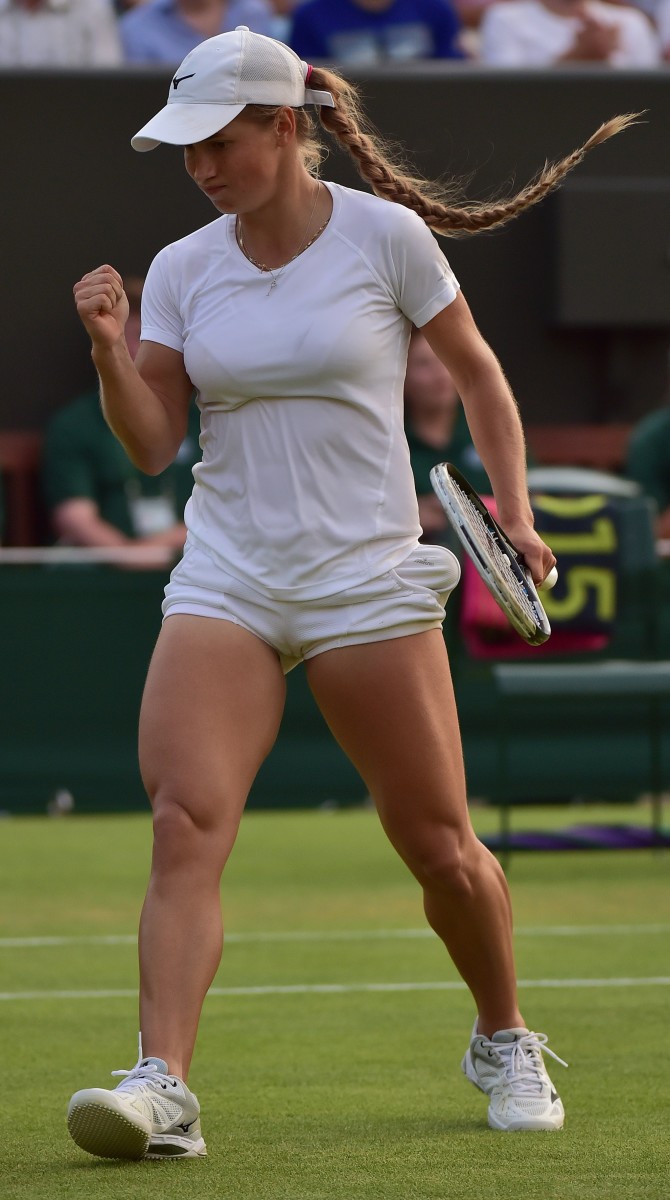
Christina McHale
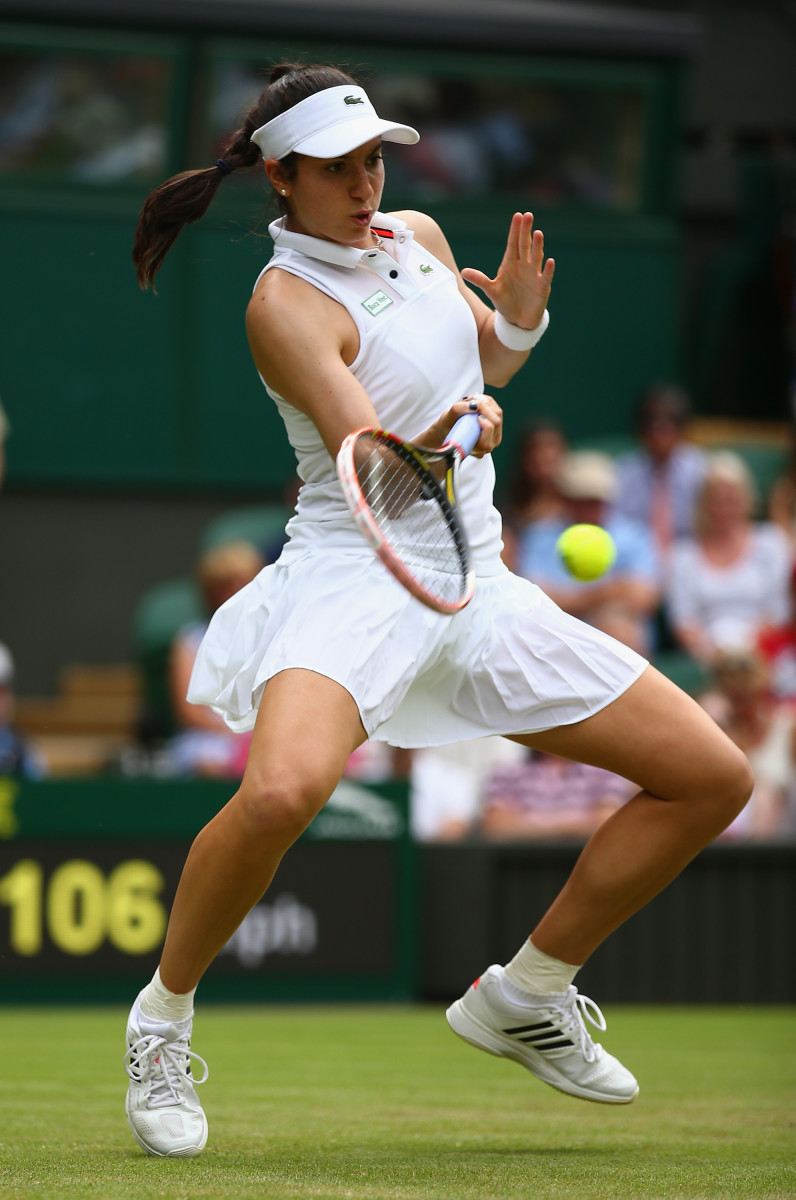
James Ward
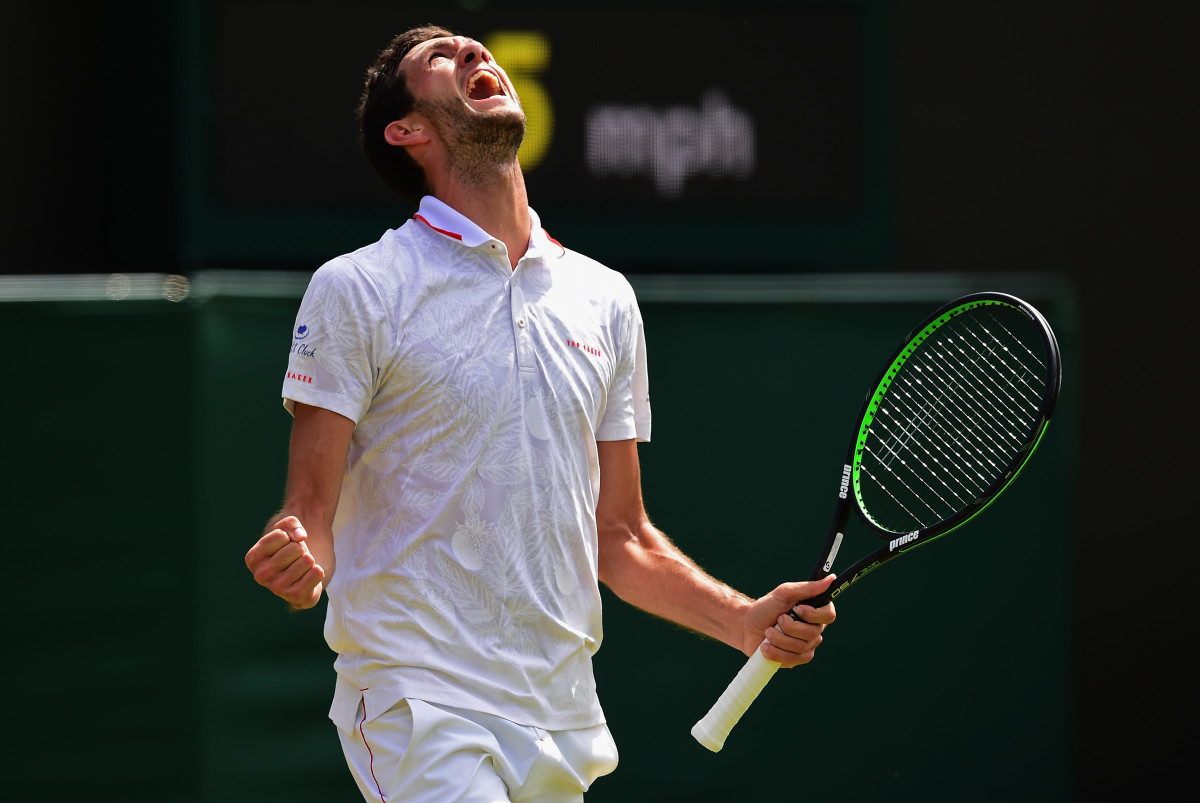
Andy Murray
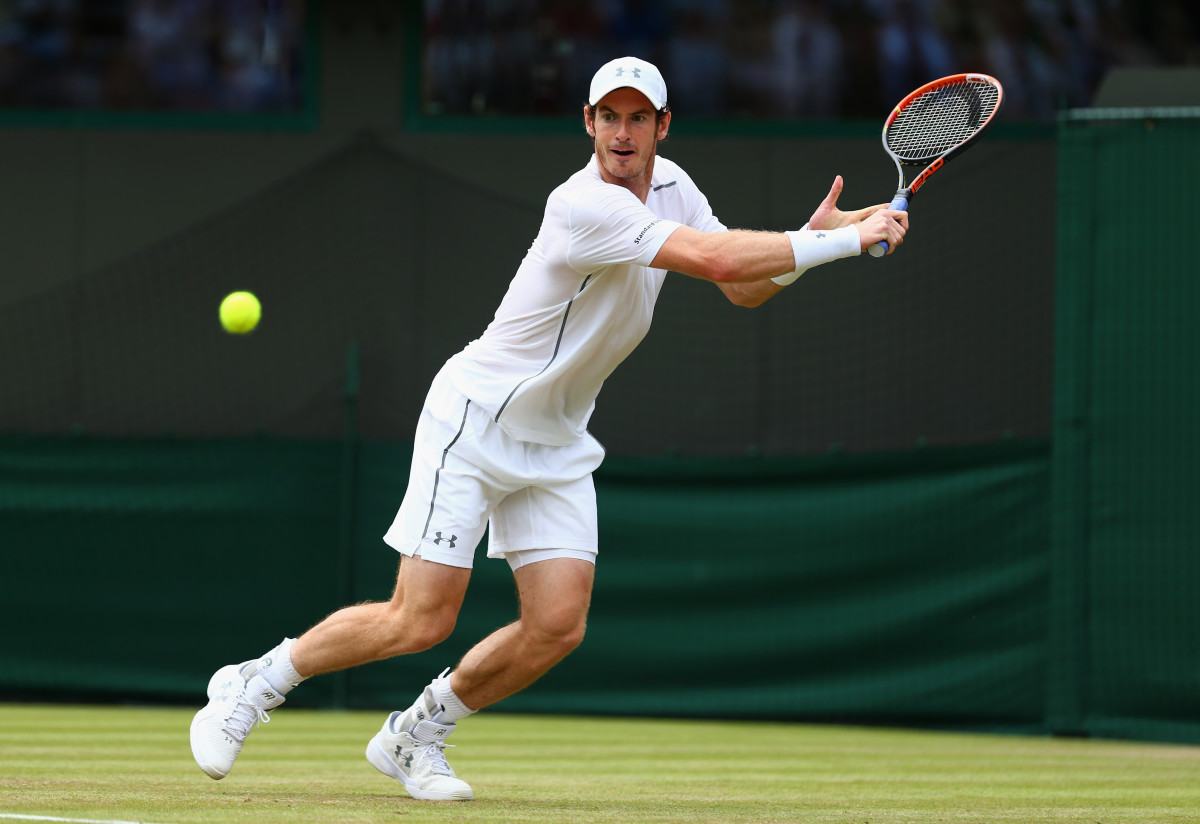
Alize Cornet
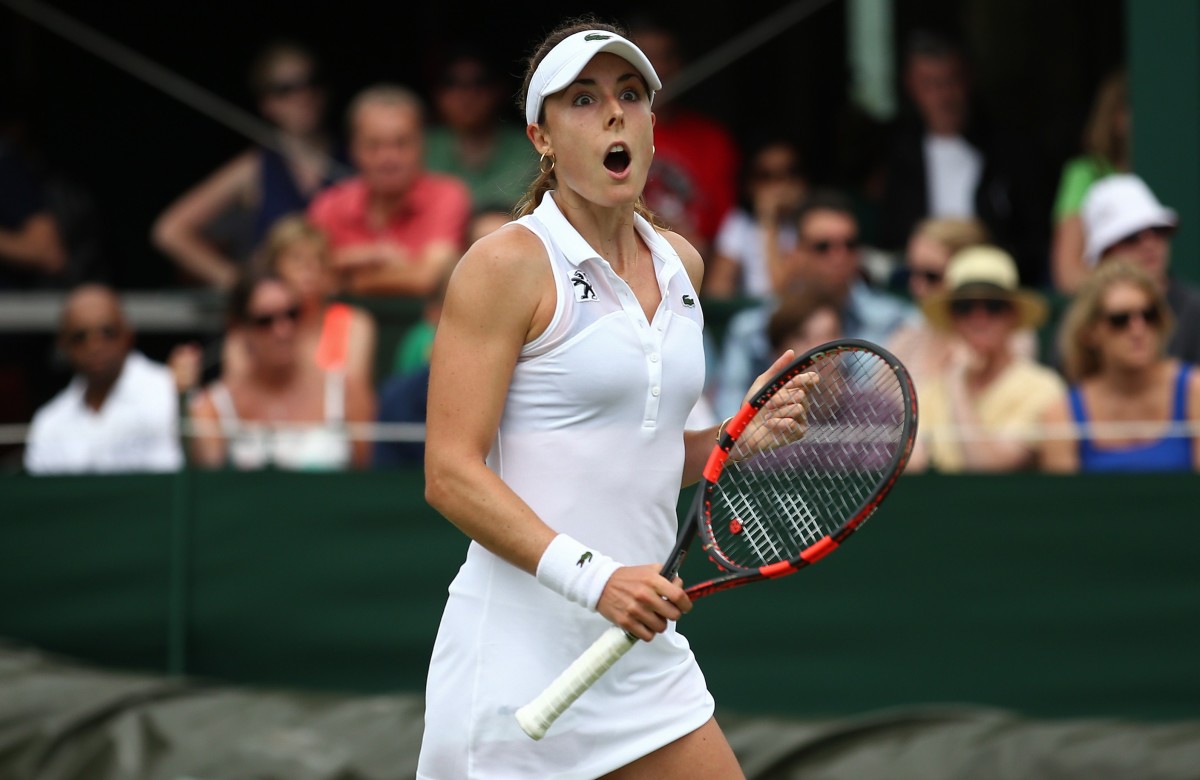
Olga Govortsova
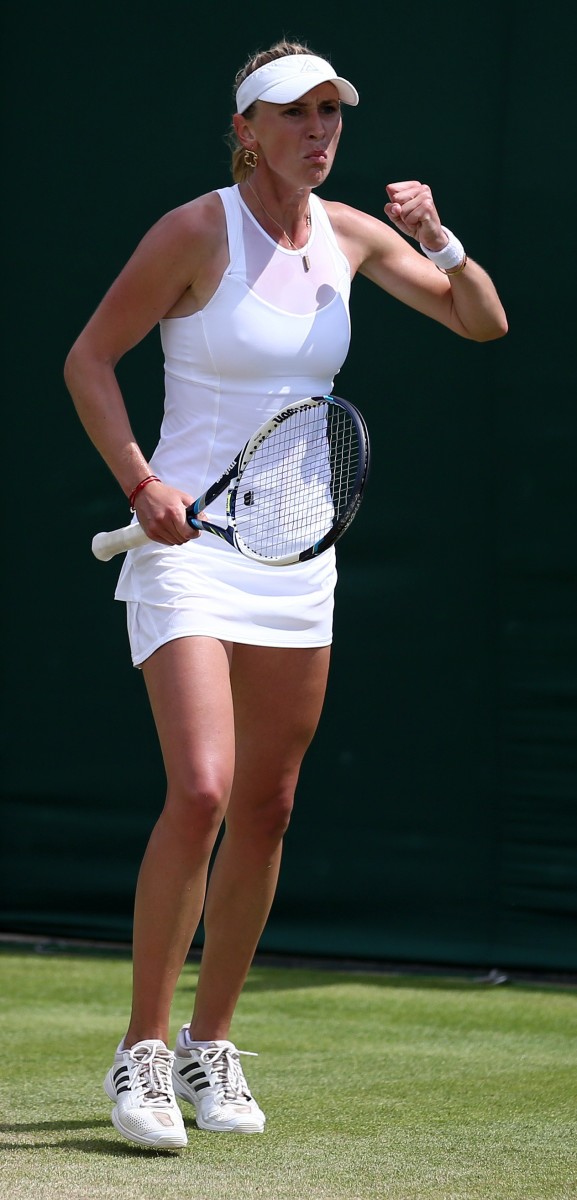
Timea Bacsinszky
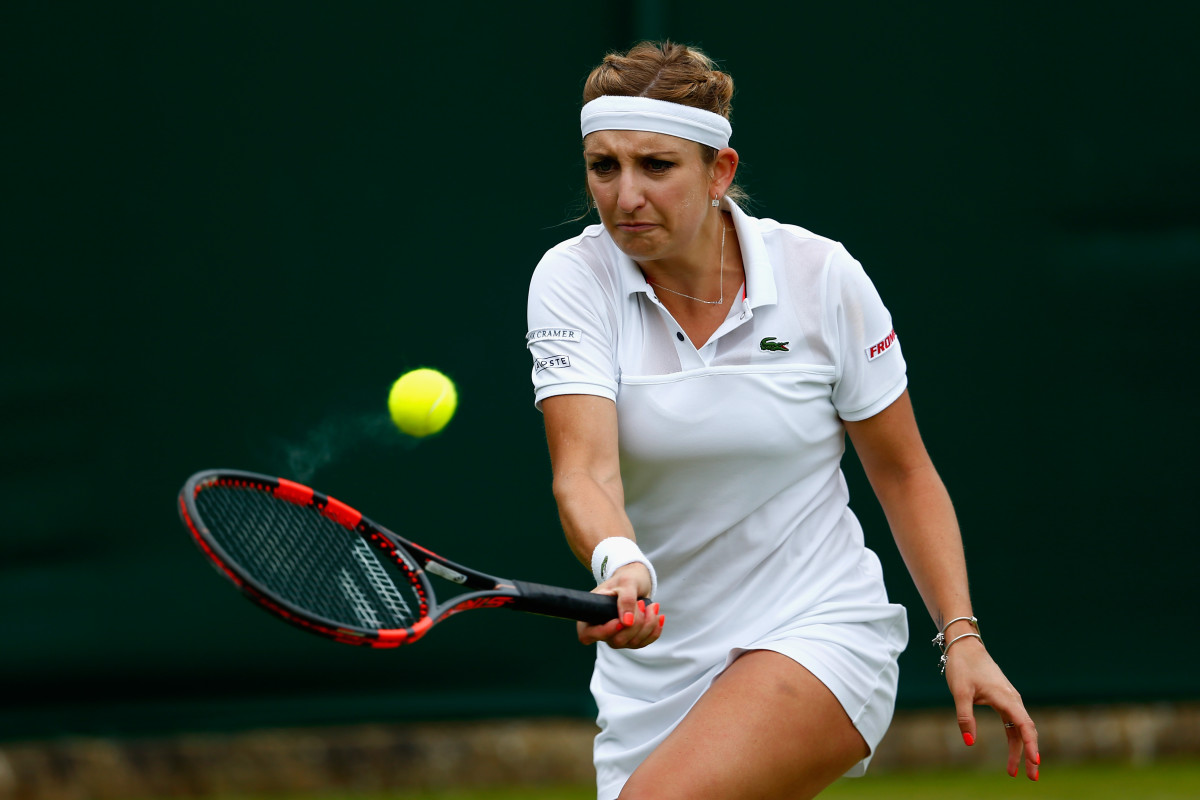
Andy Murray
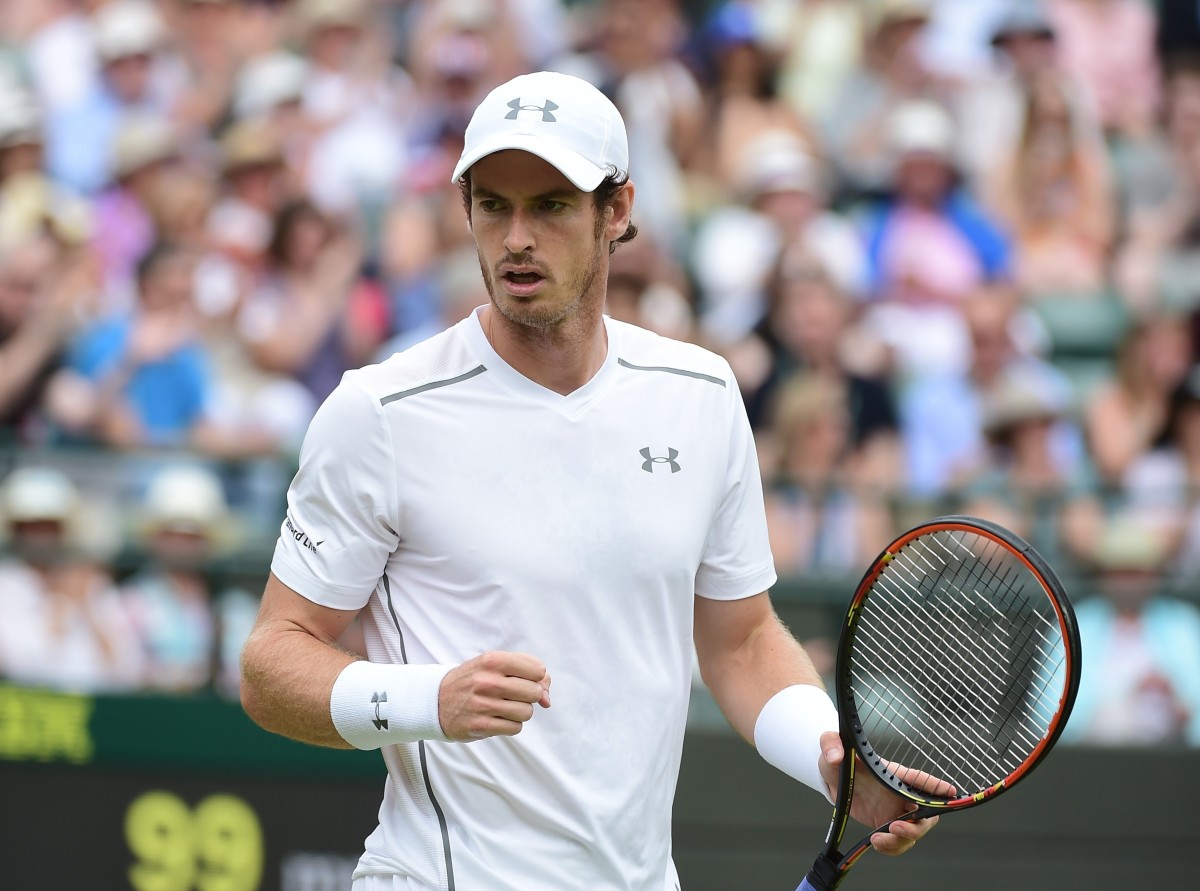
Petra Kvitova
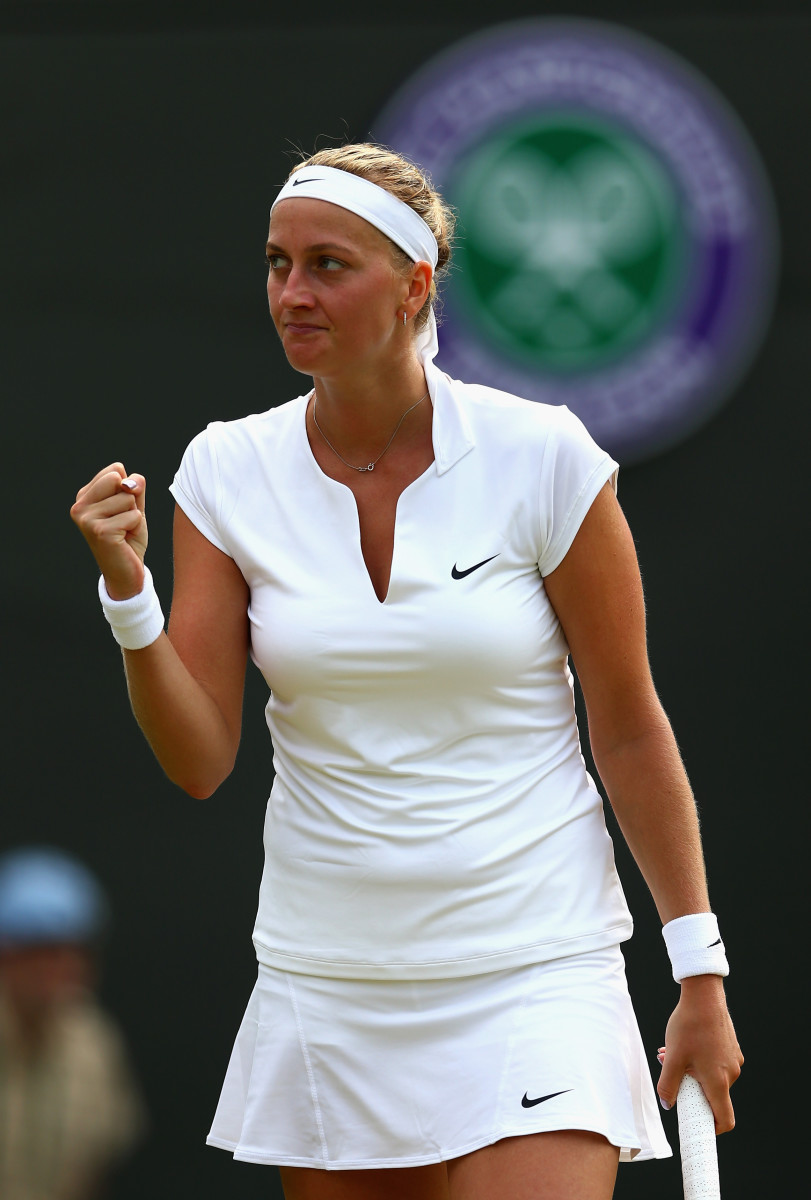
Sabine Lisicki
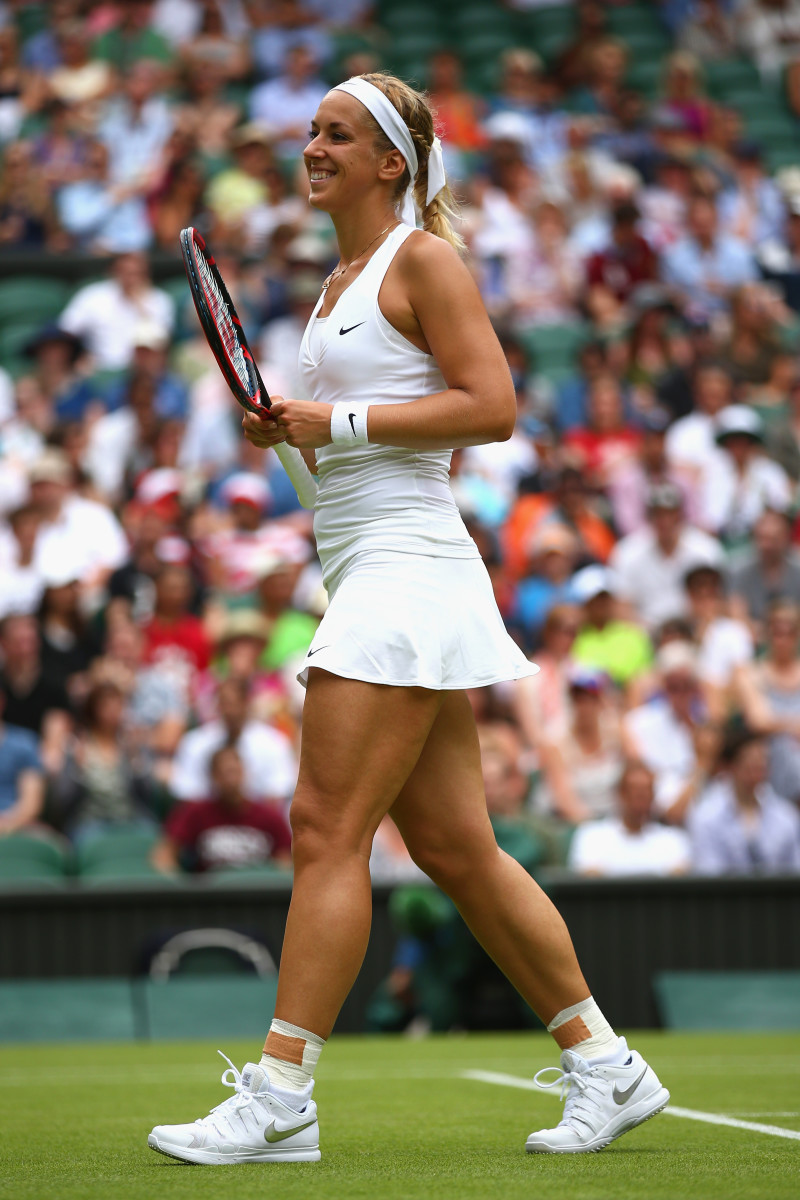
Agnieszka Radwanska
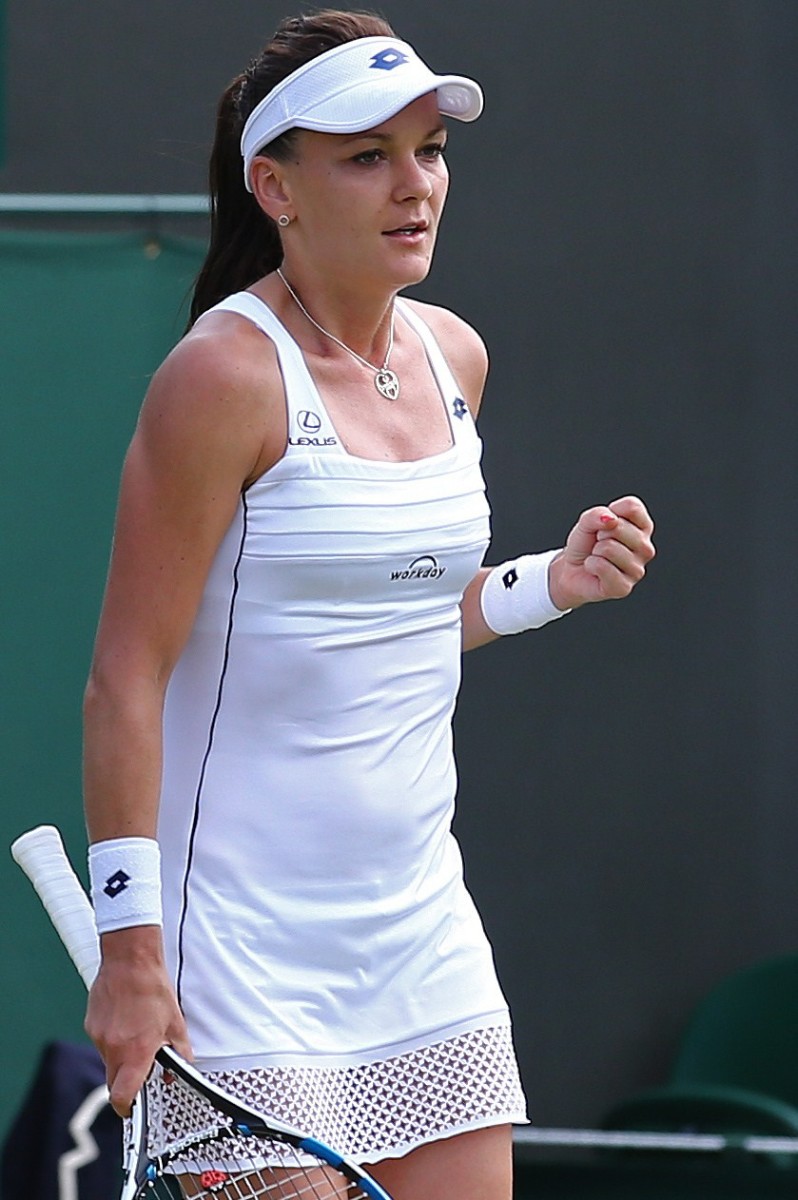
Jelena Jankovic
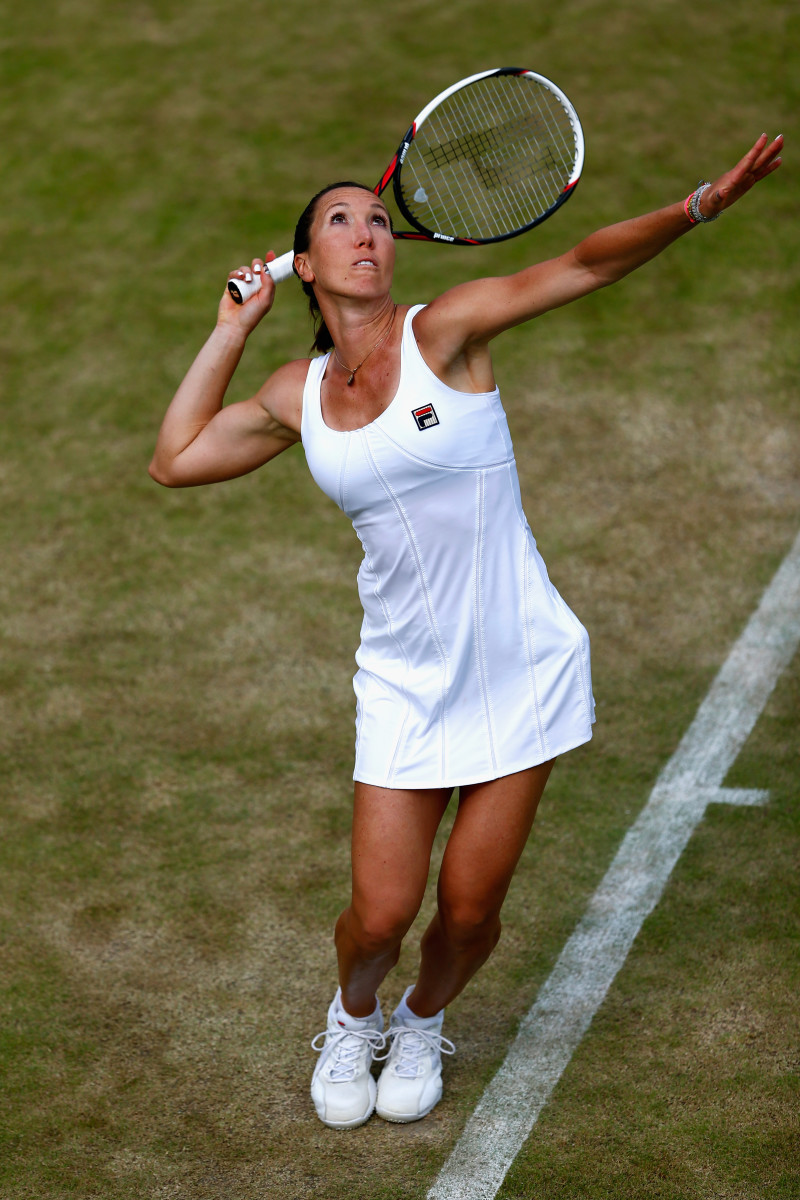
Roger Federer
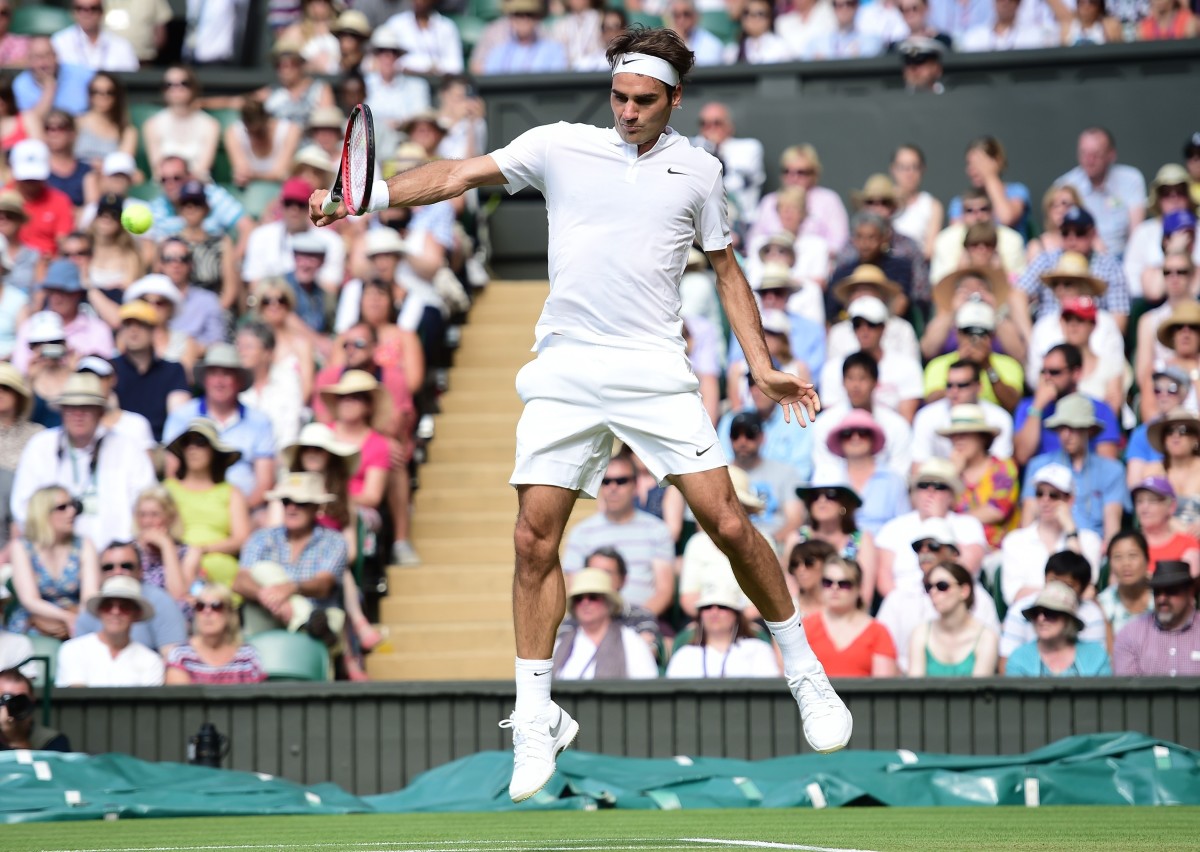
Tomas Berdych
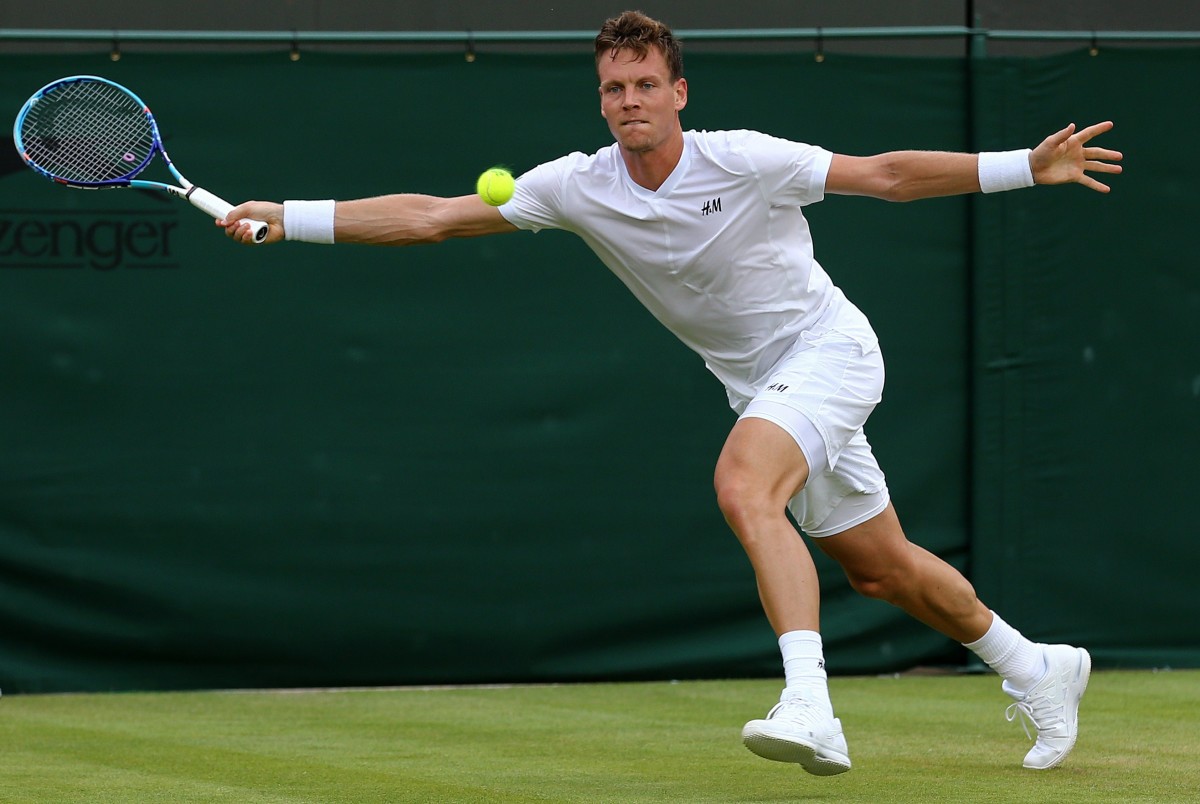
Garbine Muguruza
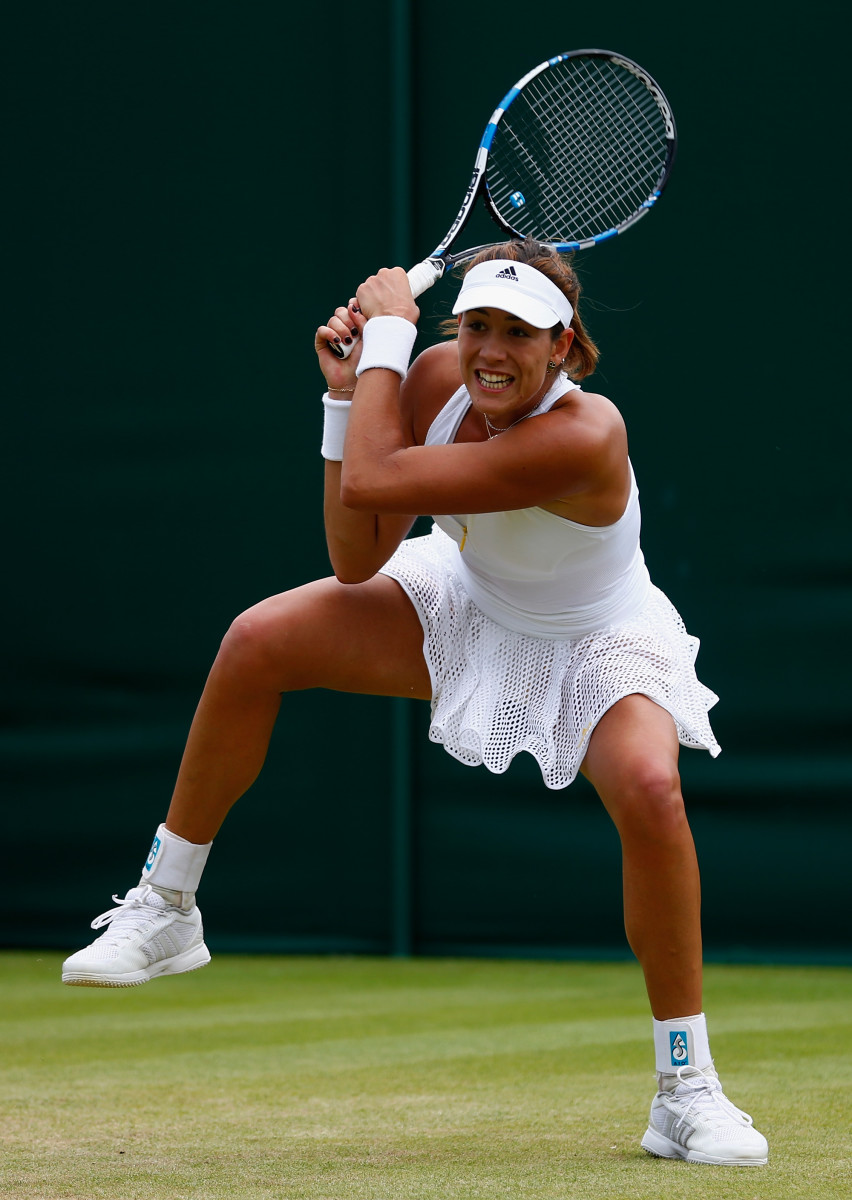
Madison Keys
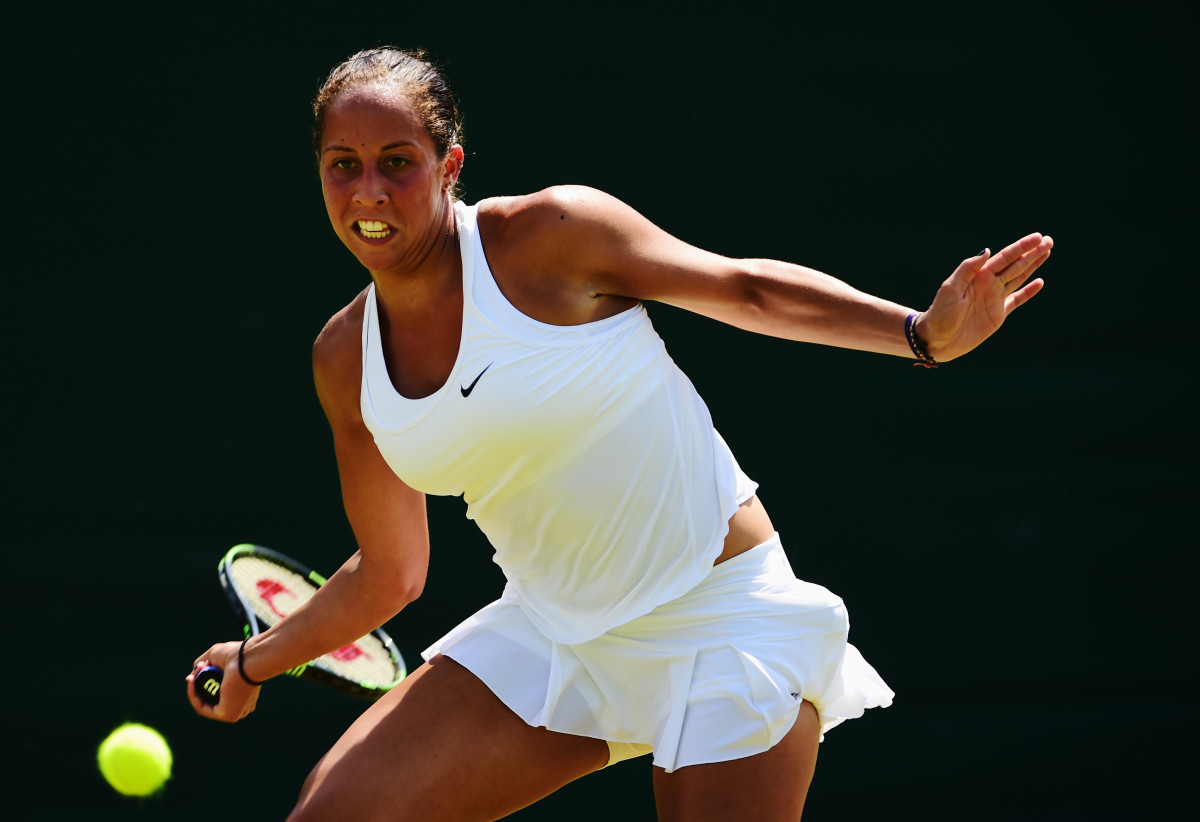
John Isner
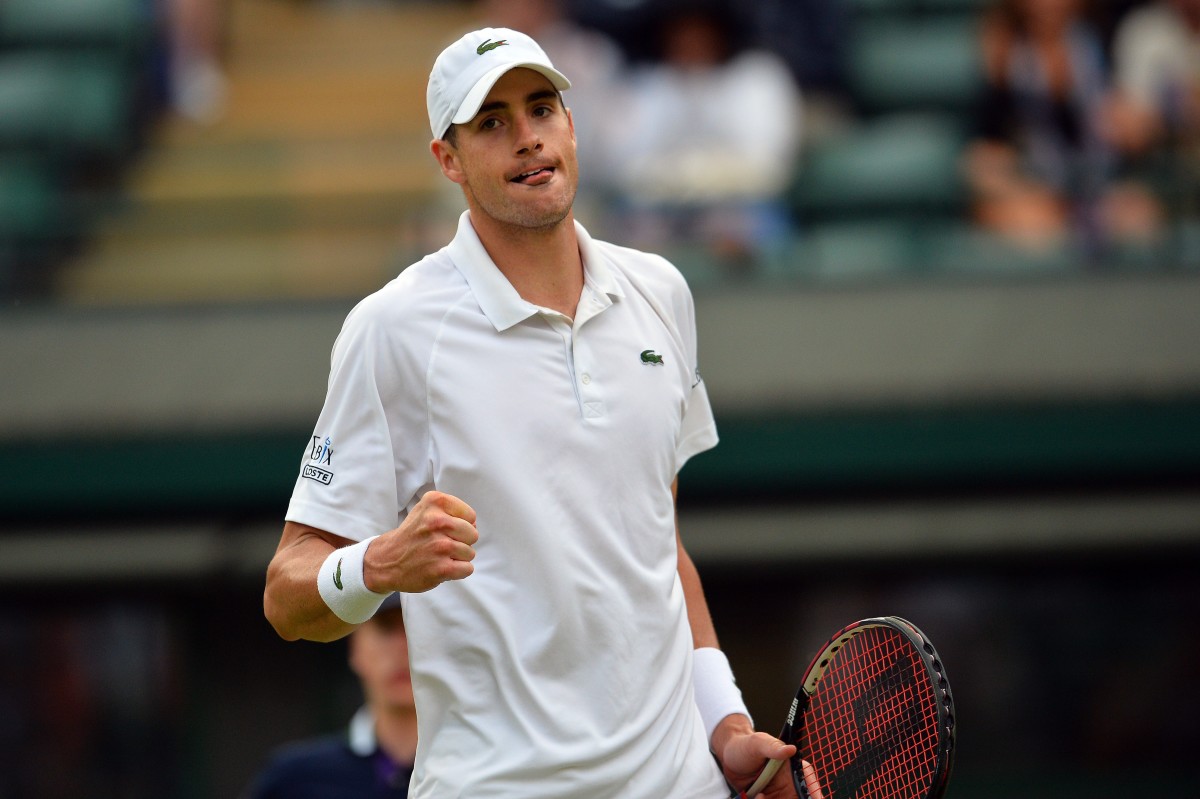
"I have never come into a major playing this well with that many matches in a row," Kudla told reporters after his third round win over Santiago Giraldo. "Grass being my favorite surface, I felt incredibly comfortable. If I get the right draw, as well. I got a couple breaks, for sure. I was able to capitalize on the opportunity to not get one of the top four guys in the first two rounds. I'm really happy with my performance so far."
One of those breaks included No. 5 Kei Nishikori's withdrawal, which opened up Kudla's section of the draw. He has booked his Round of 16 spot with a five-set win over Cuevas, four sets against Alexander Zverev and another five setter against Santiago Giraldo. He is now 12-1 on grass this year and plays U.S. Open champion Marin Cilic on Monday.
Kudla doesn't cut the physical swath of a player you would expect to excel on grass. He doesn't have a cannon serve nor the pop off the ground that one typically needs on the low-bouncing grass. But his aggressive baseline game combined with his counter-punching abilities translate well on the surface. Given that he isn't one of the taller players—he stands at a shade under 5'11"—the low bounce doesn't bother him.
Scenes from Wimbledon 2015
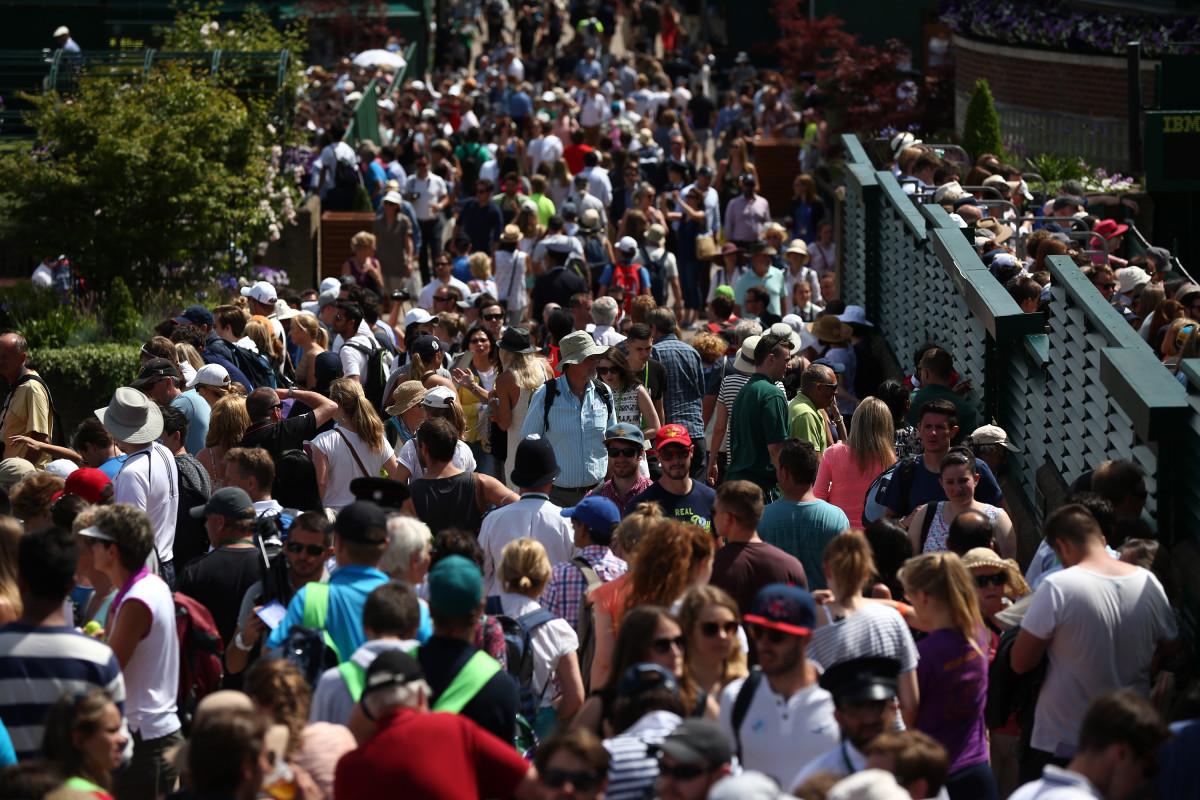
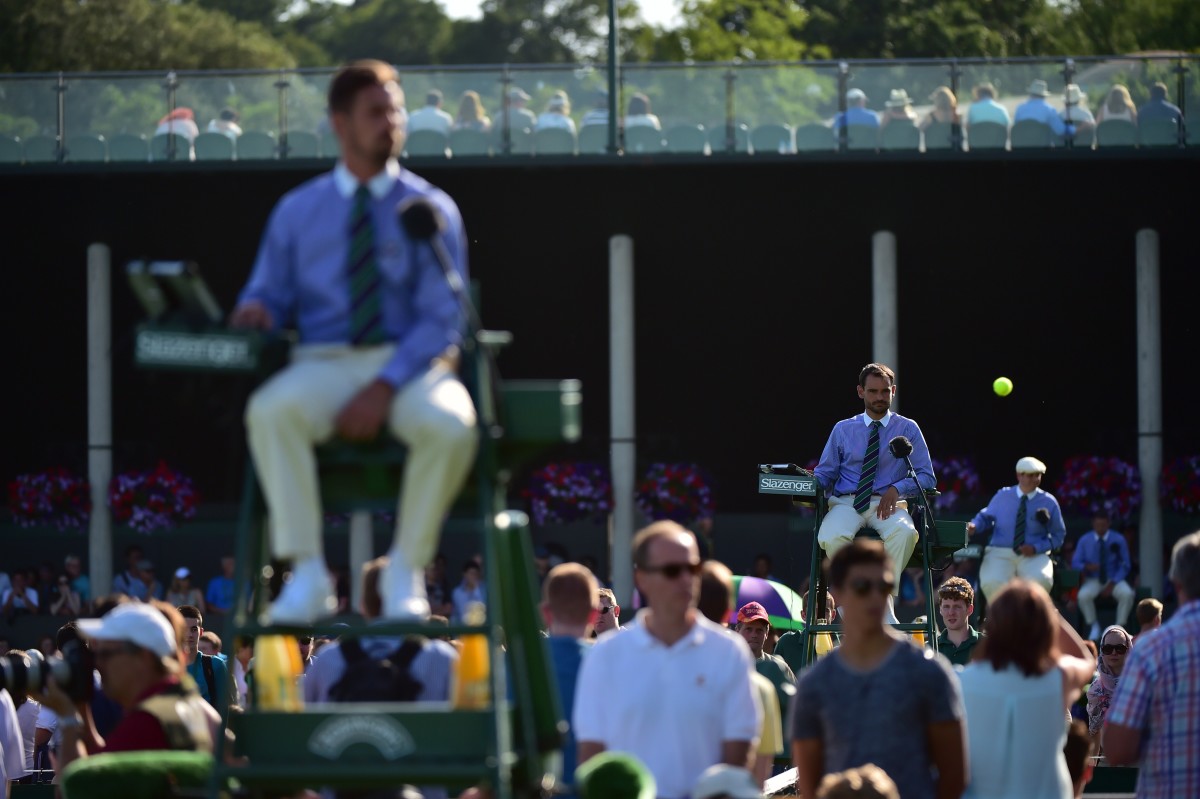
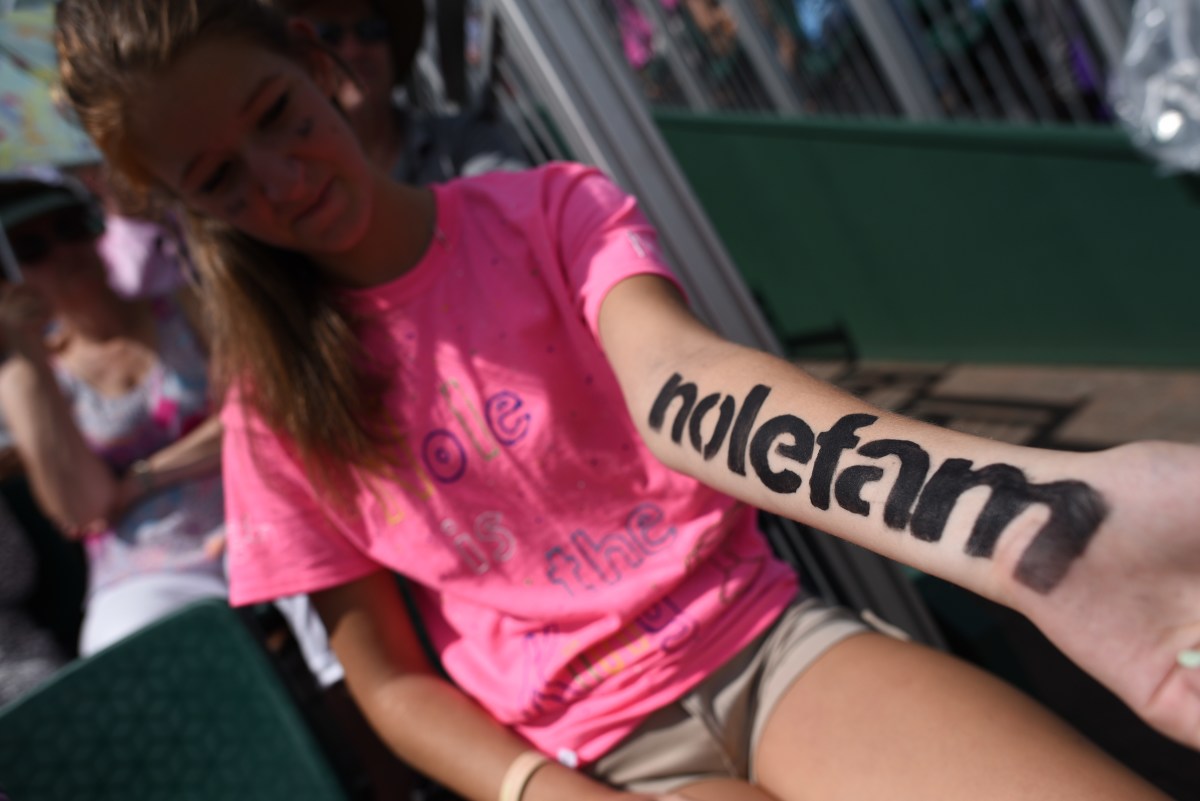
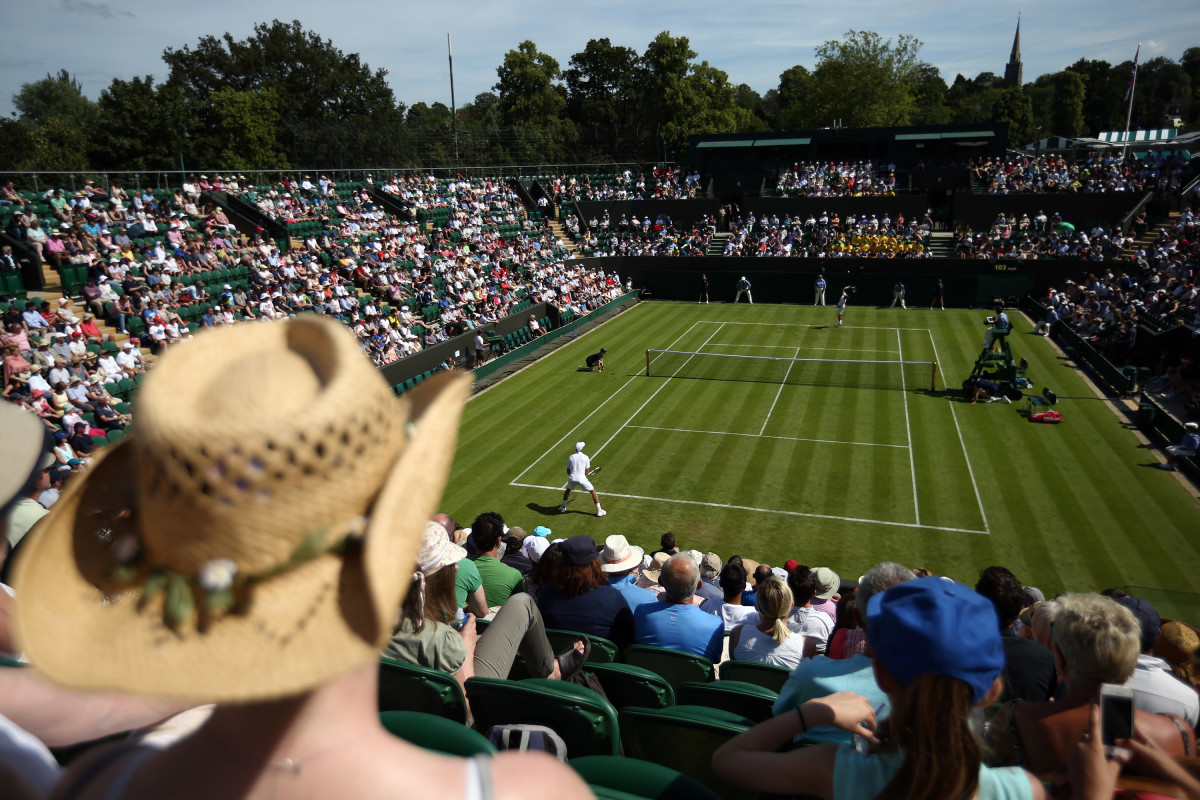
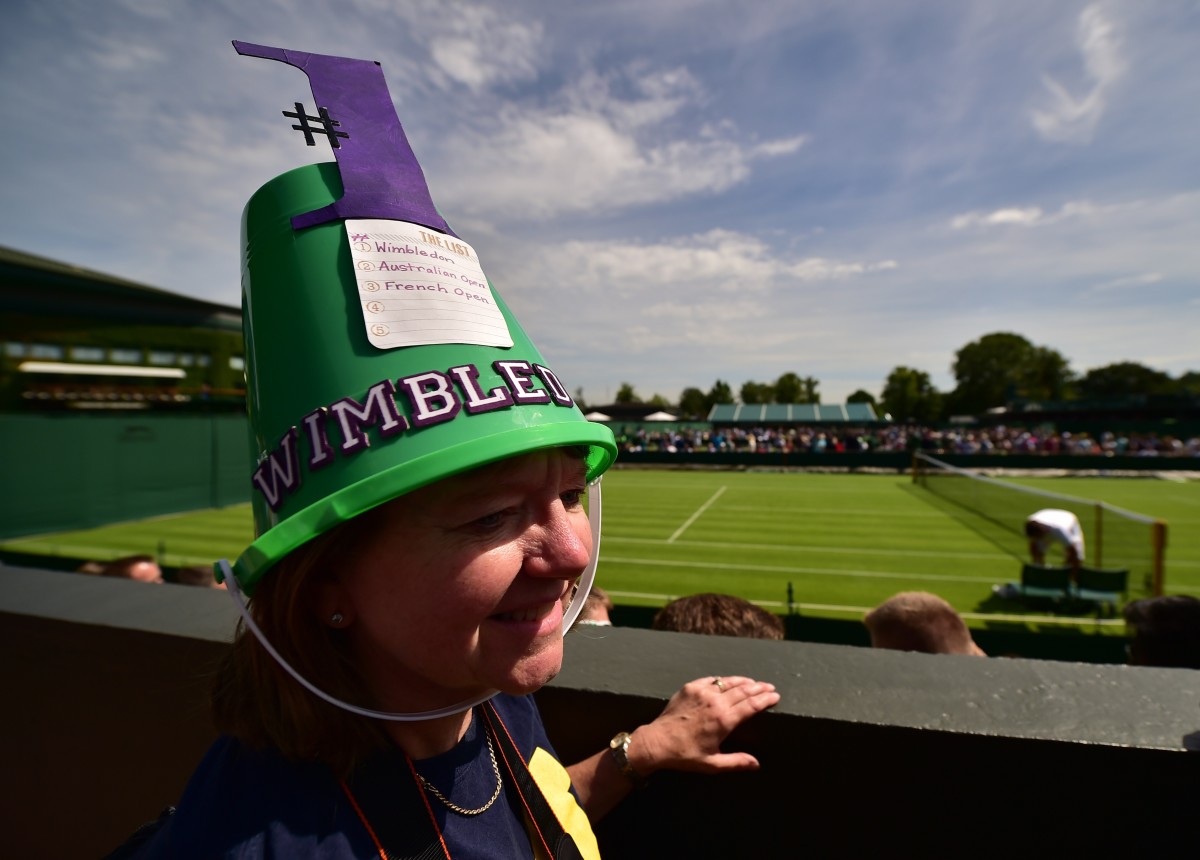
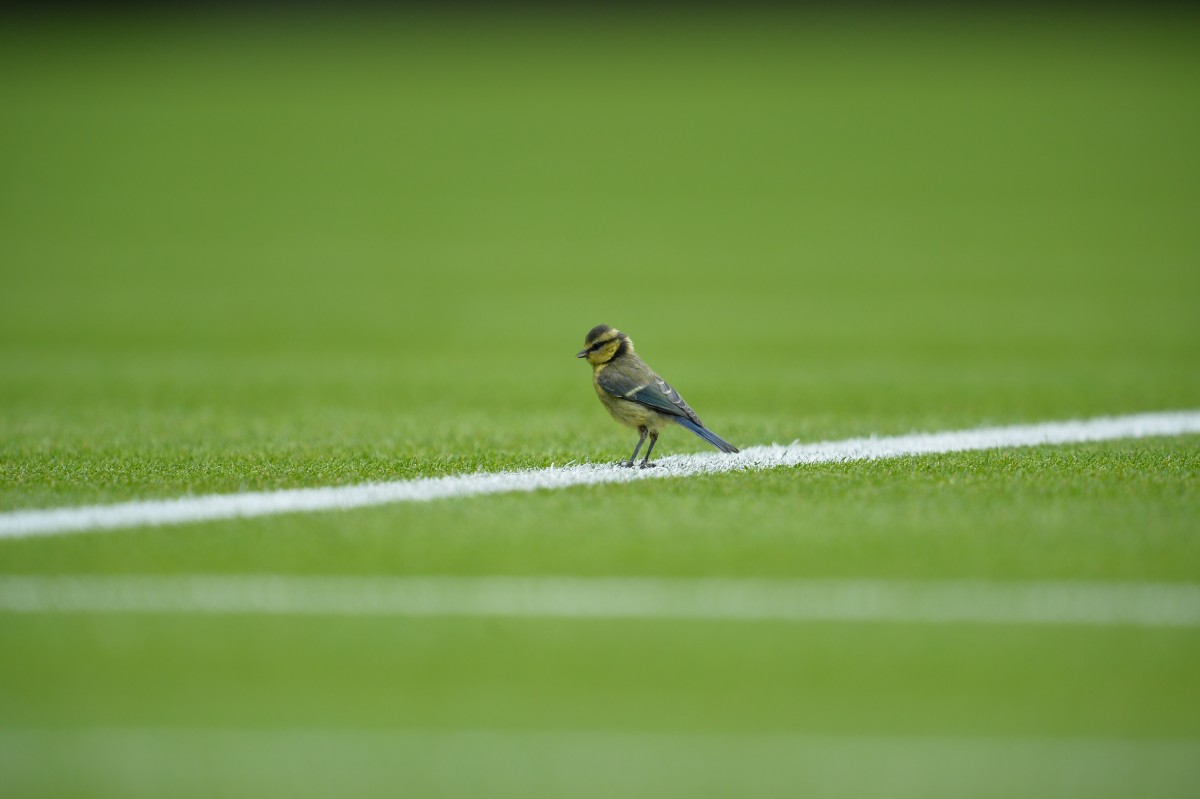
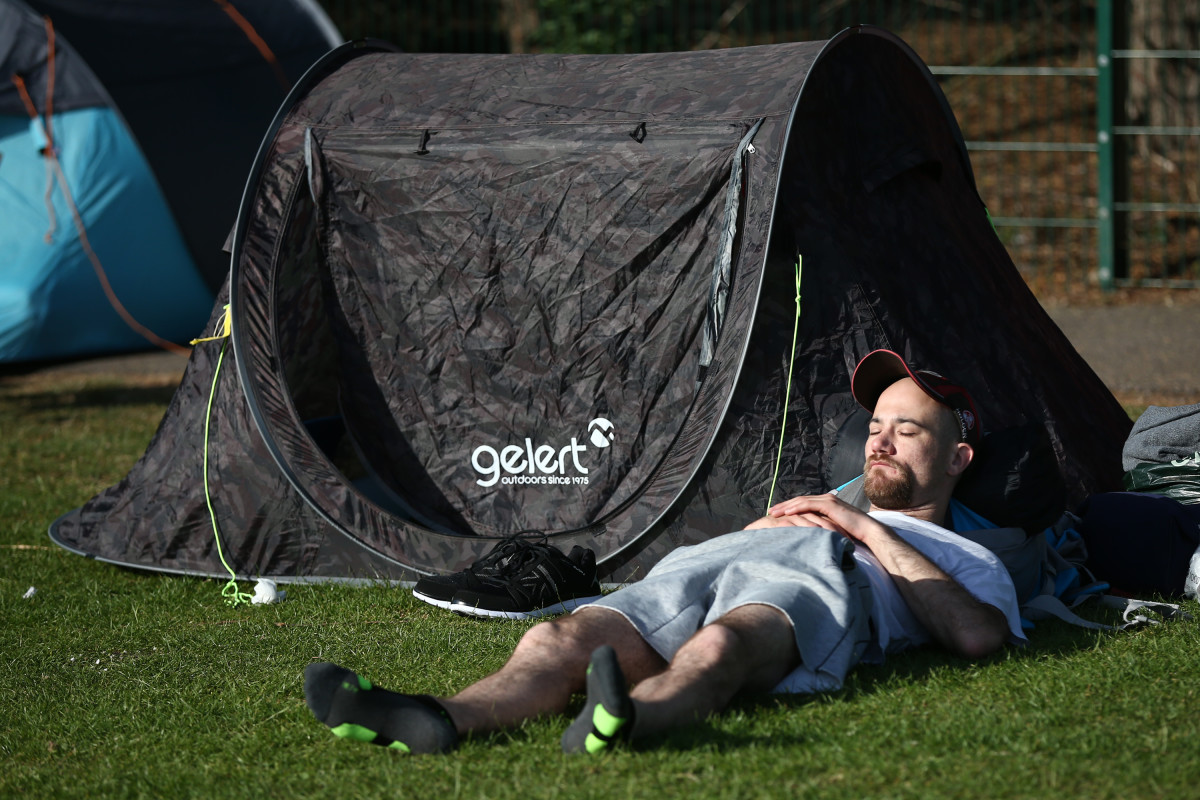
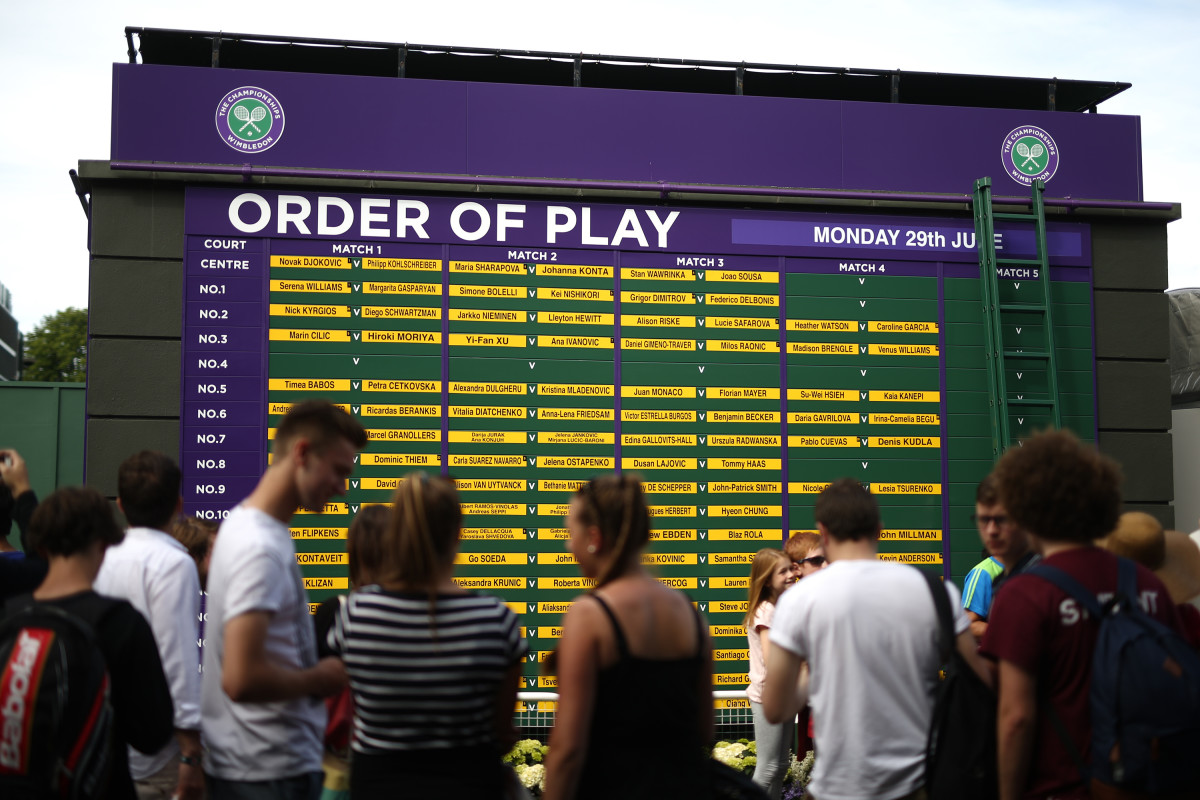
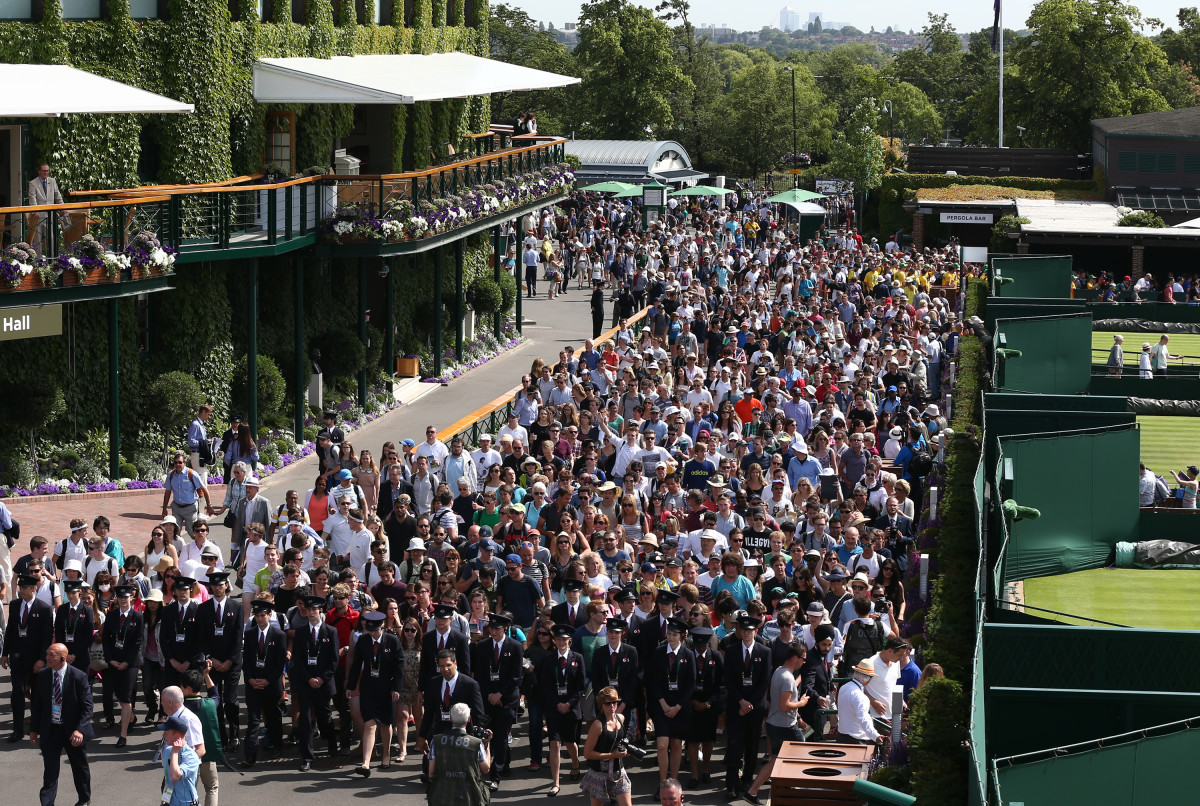
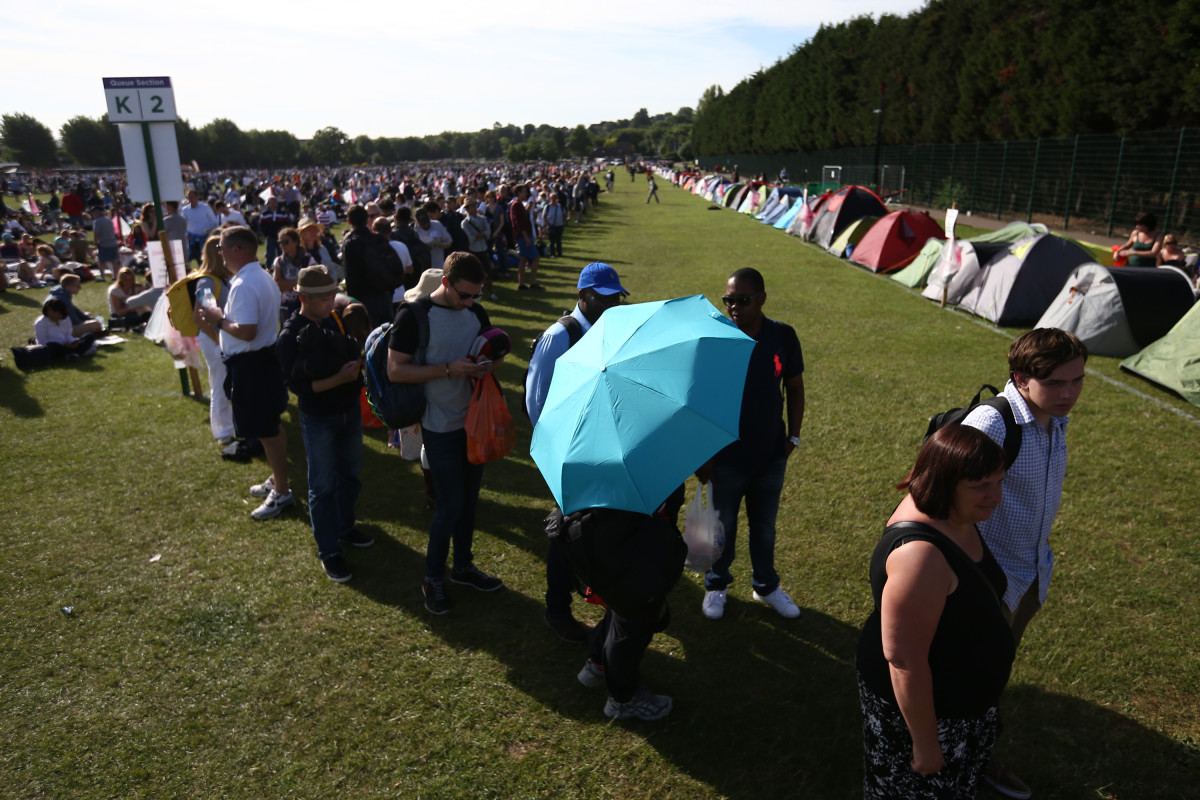
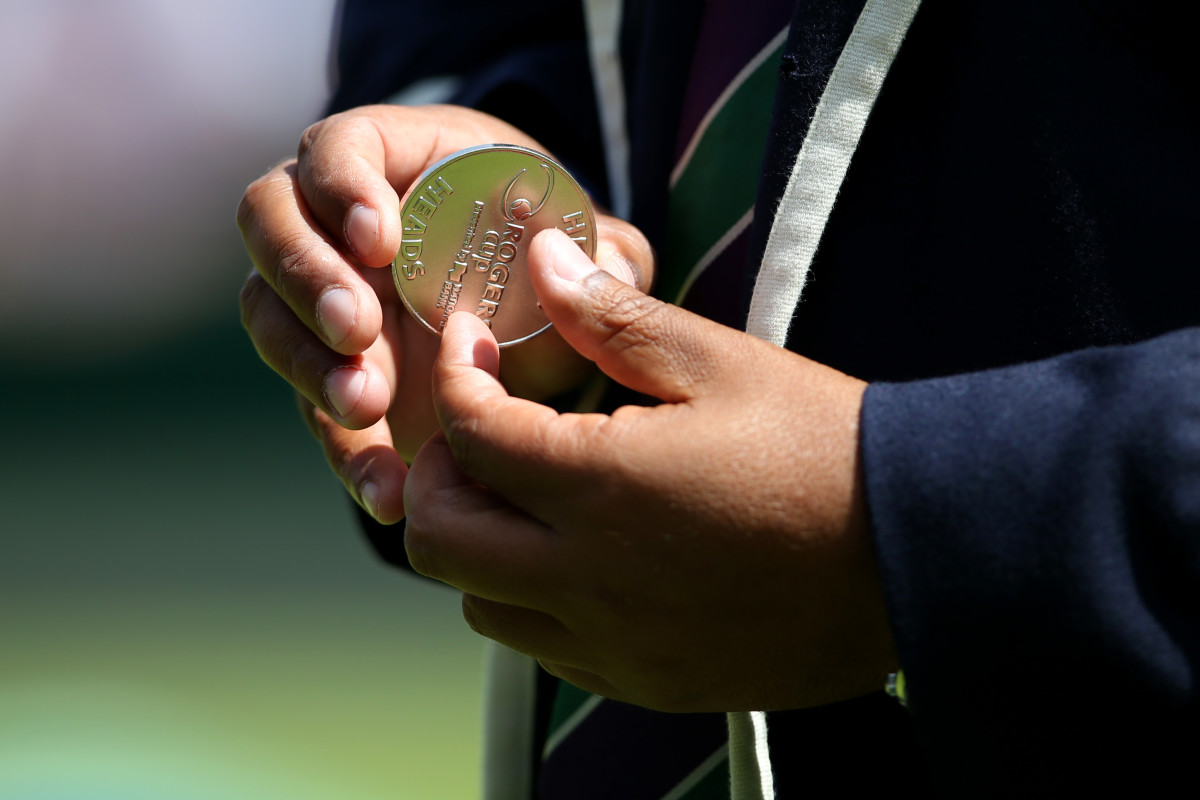
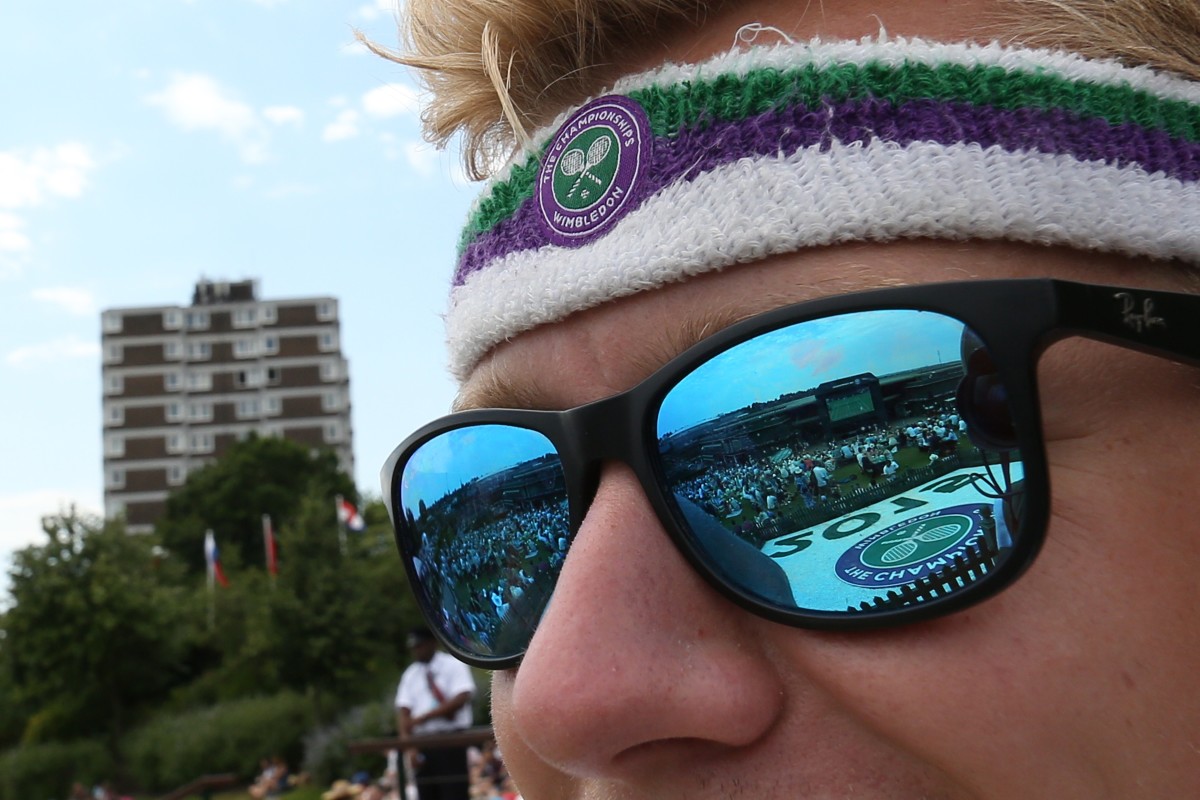
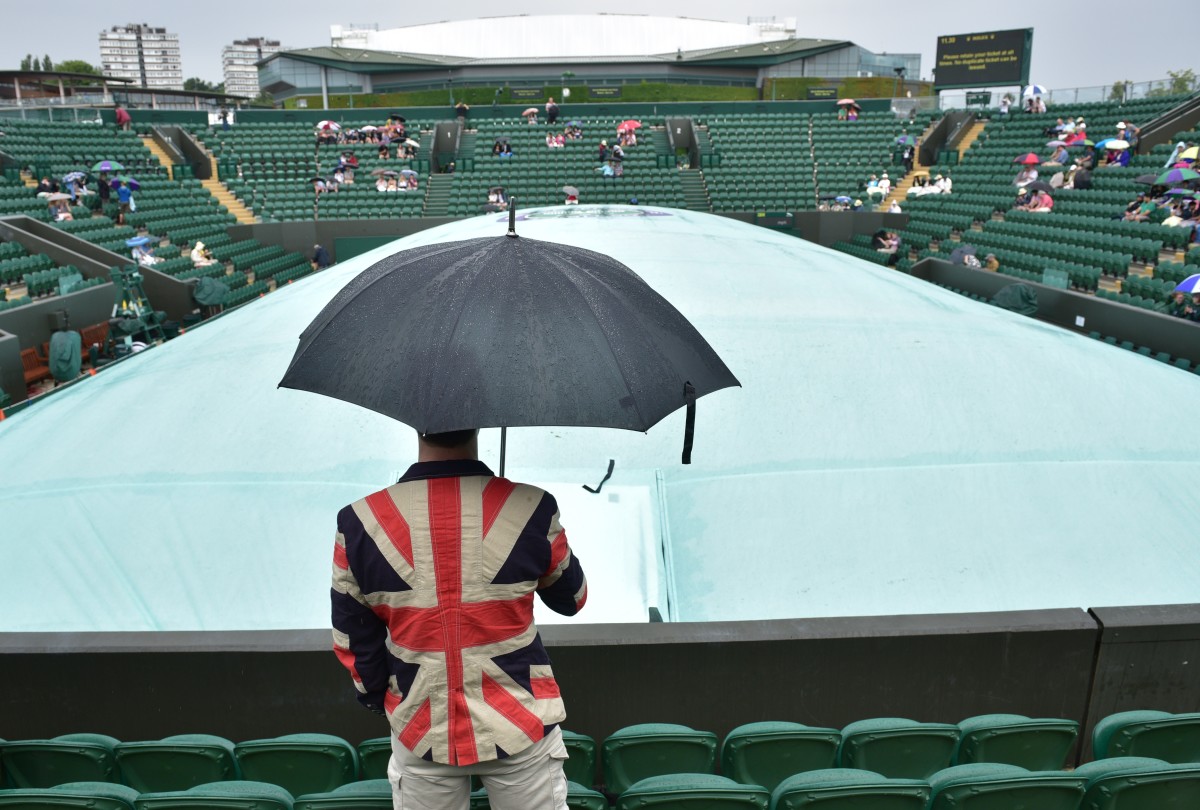
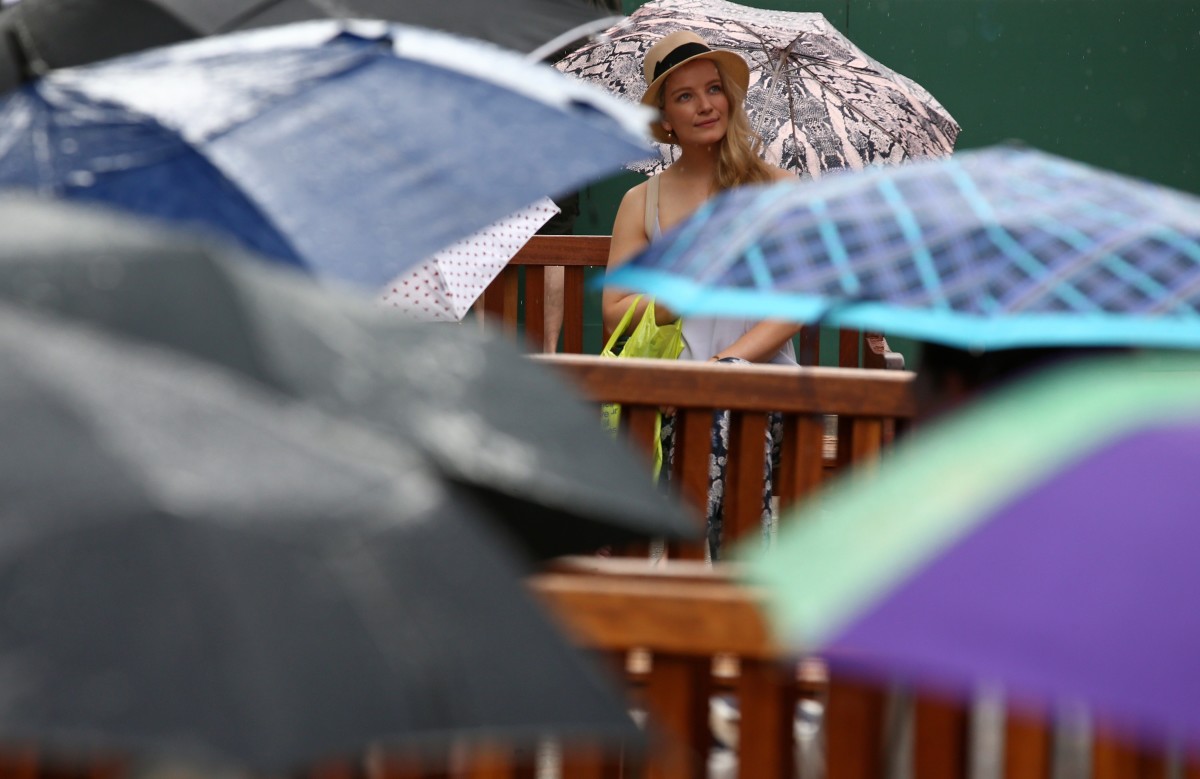
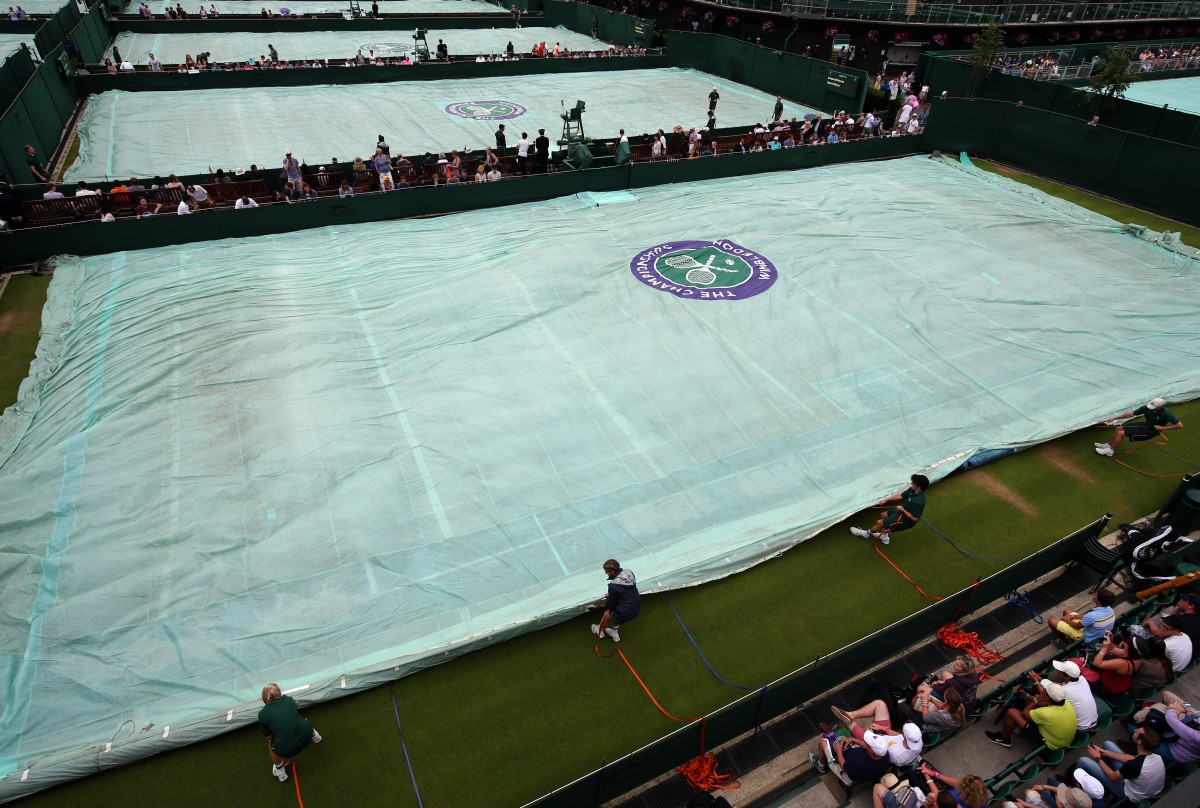
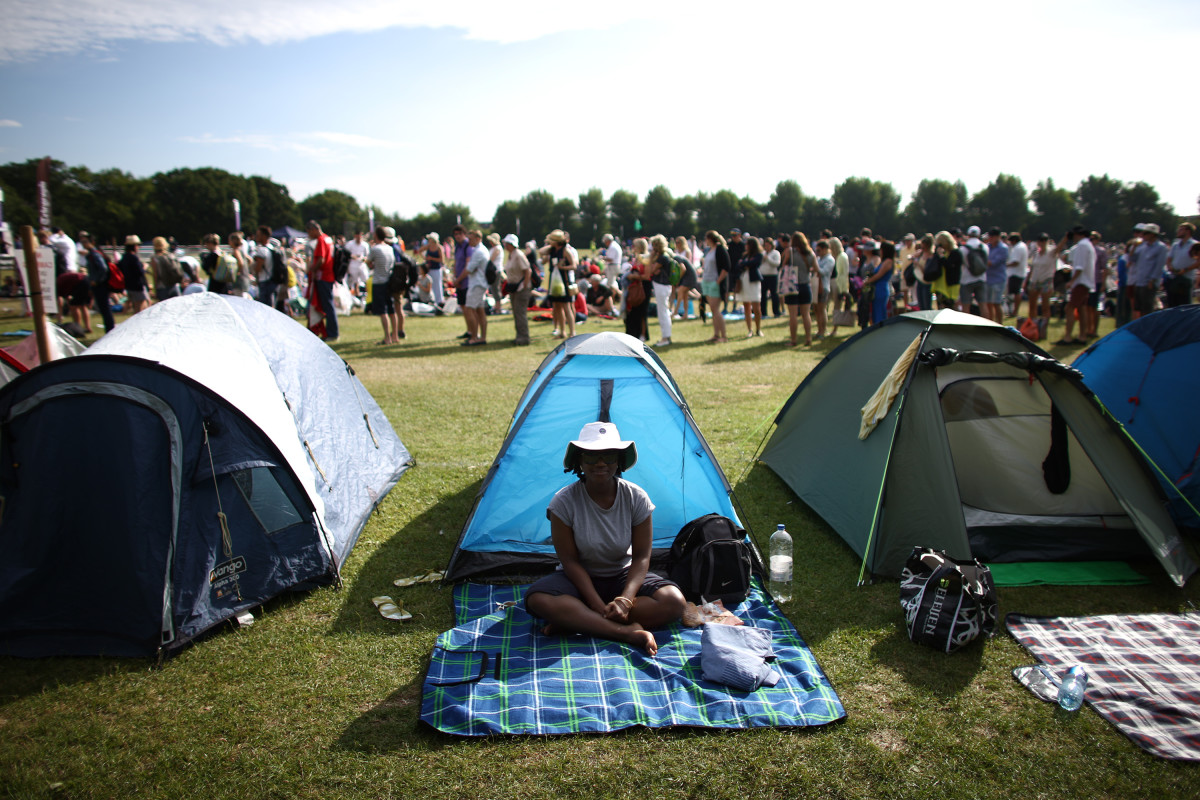
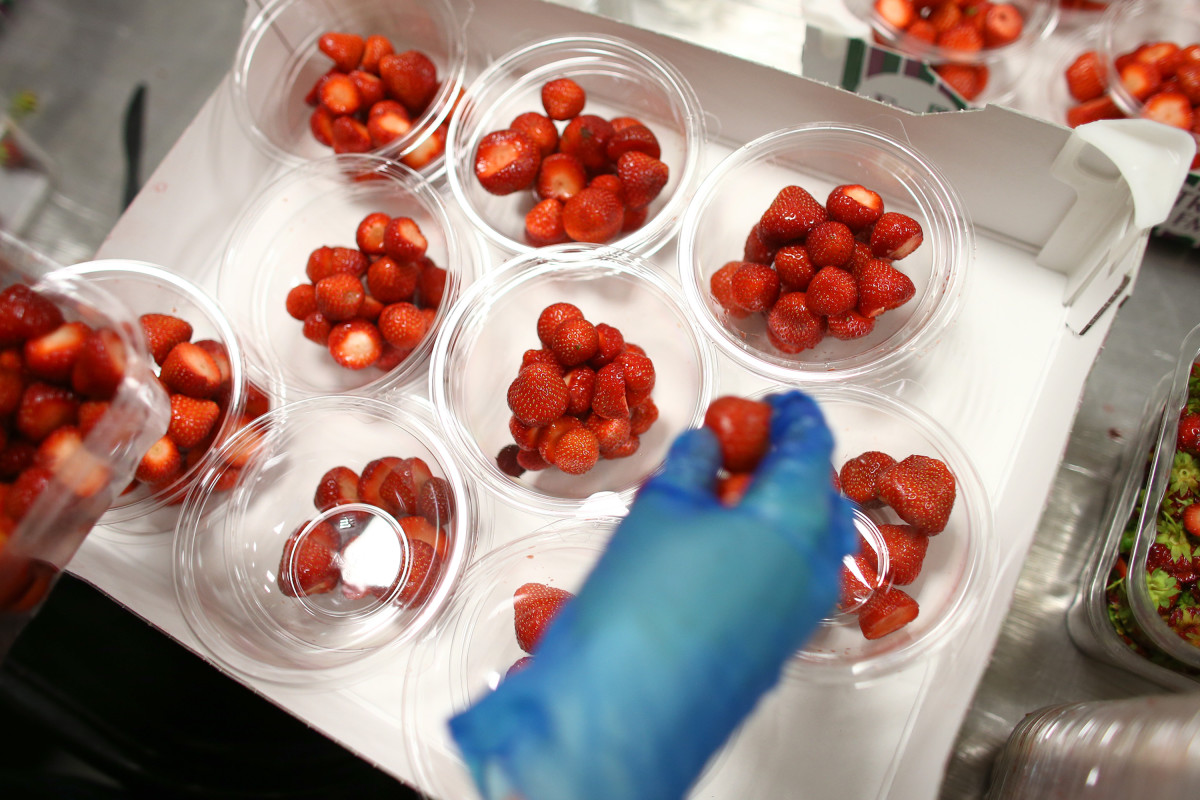
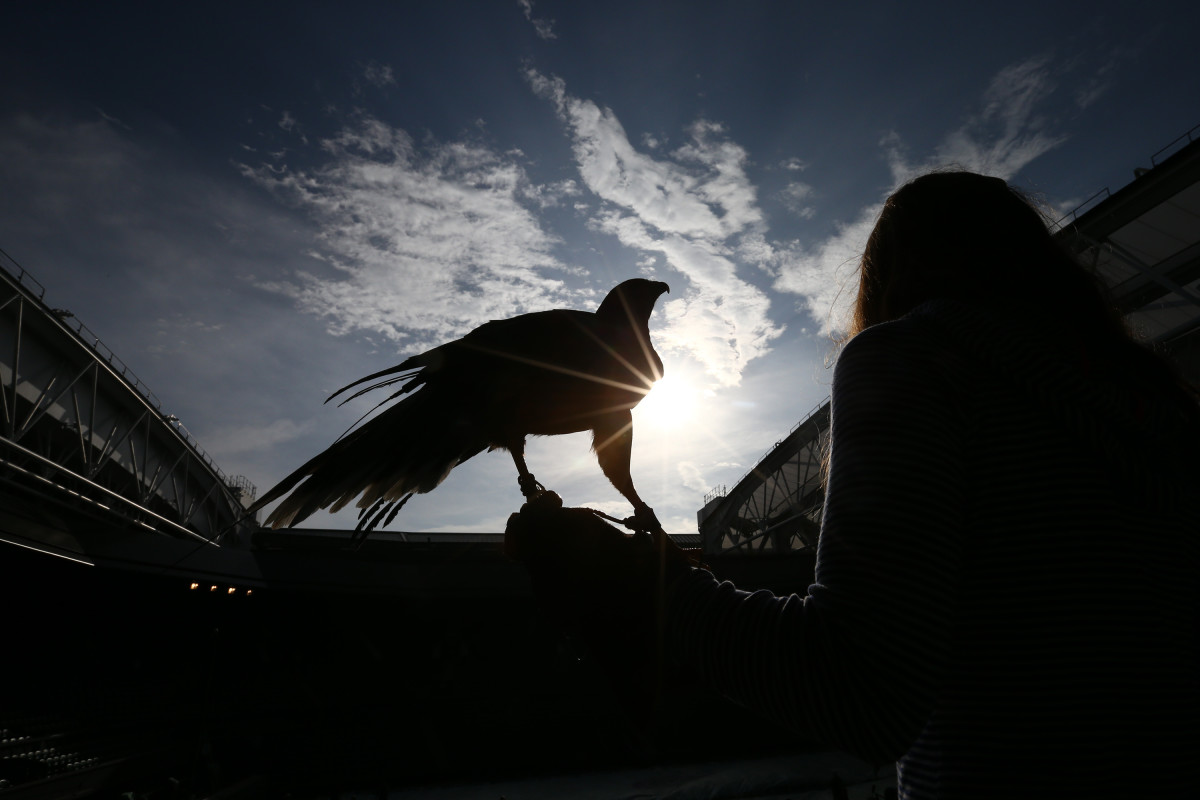
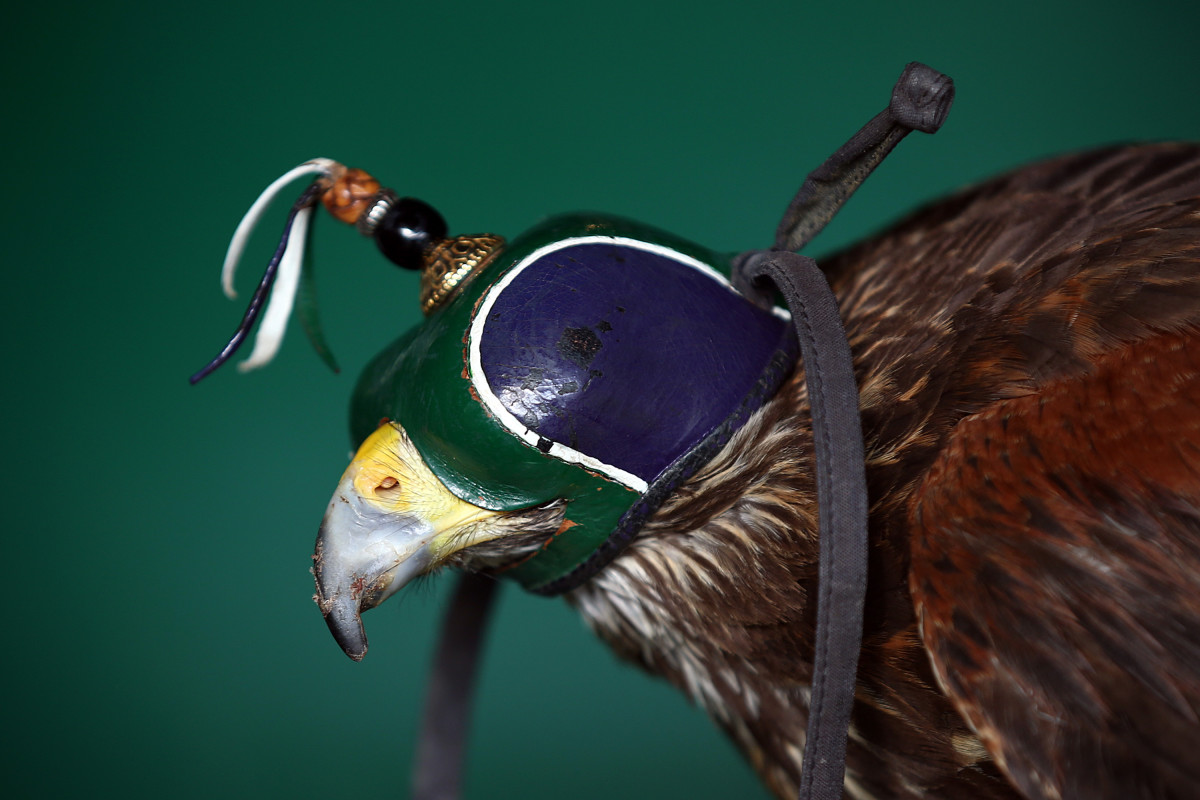
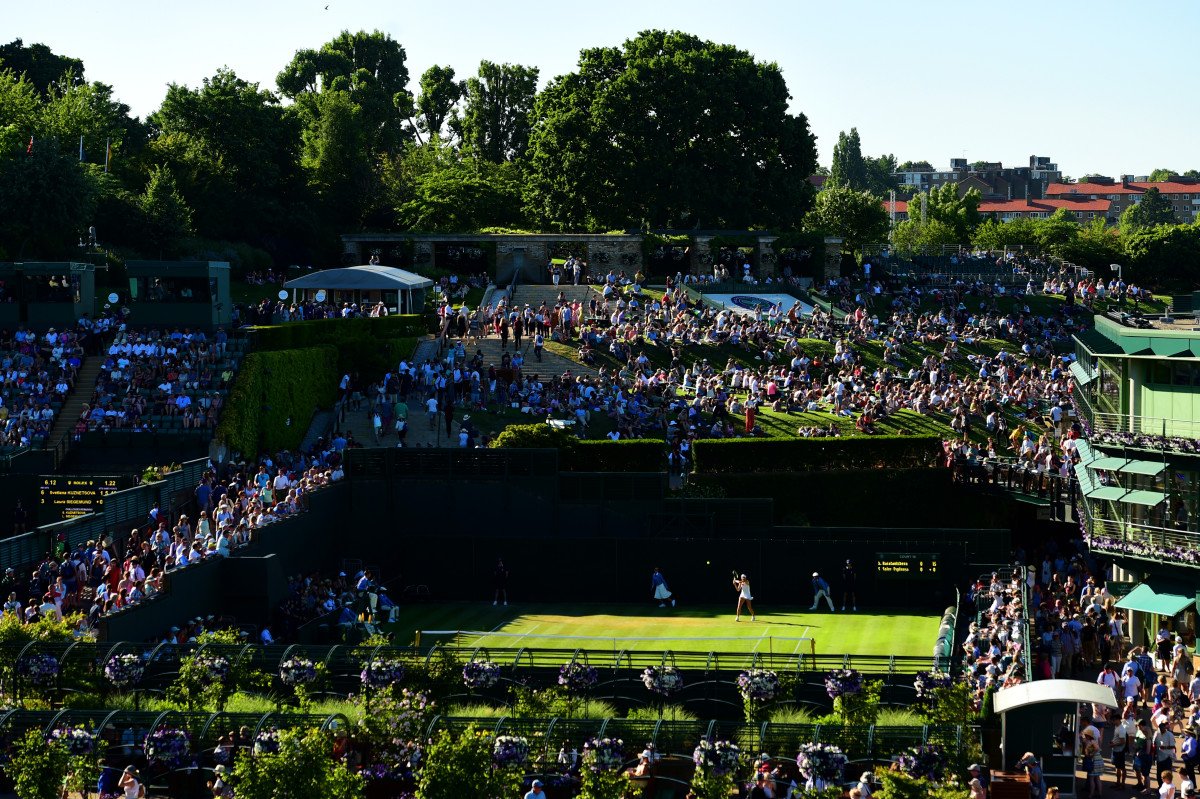
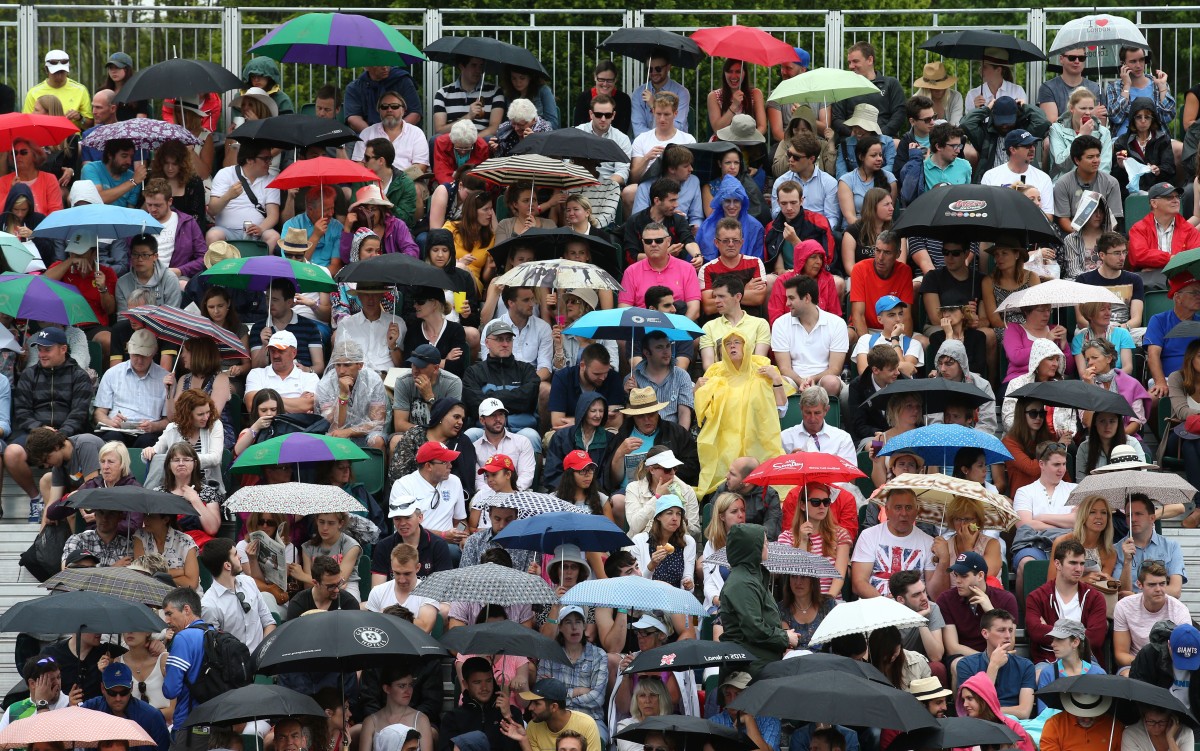
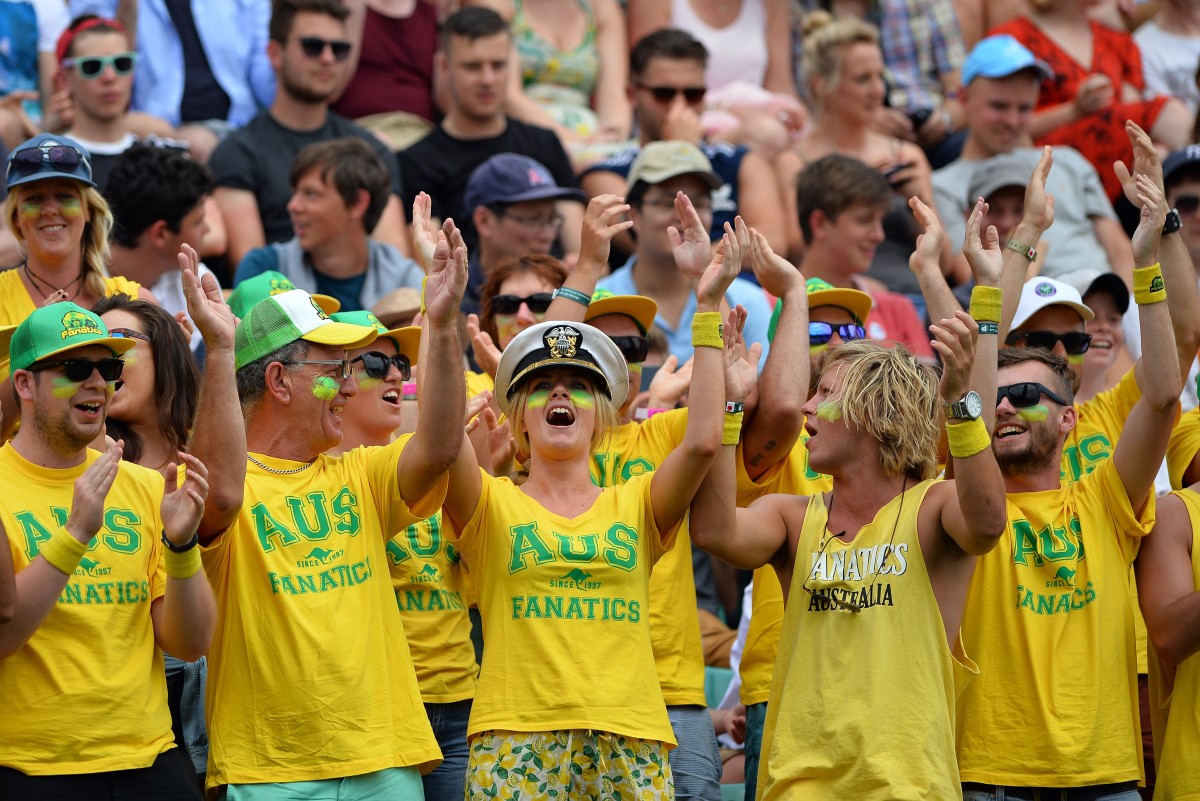
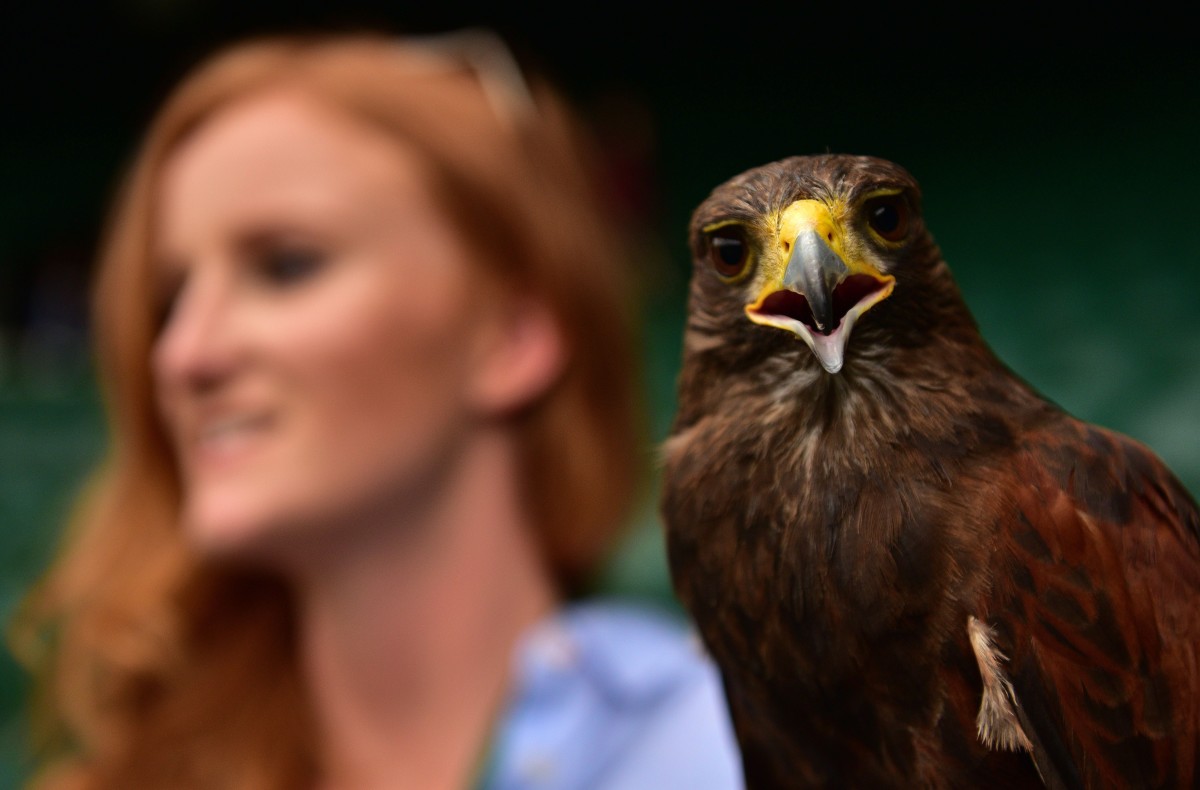
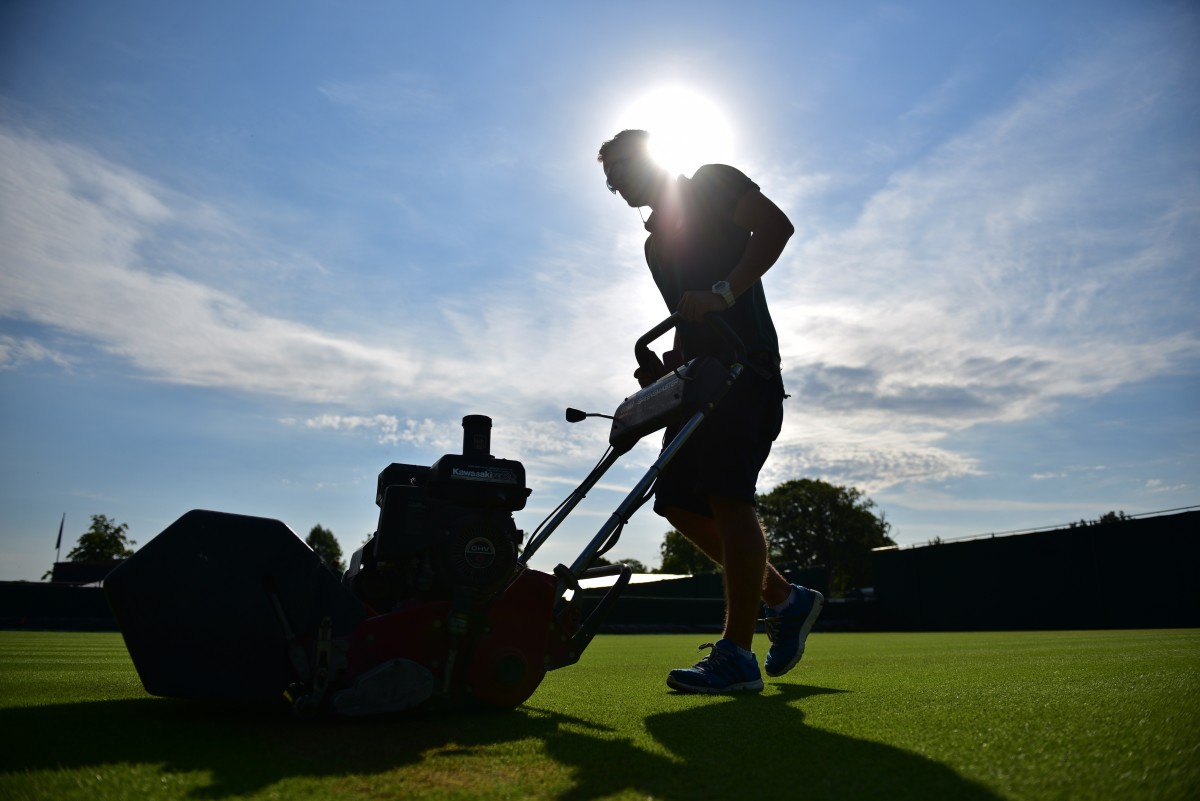
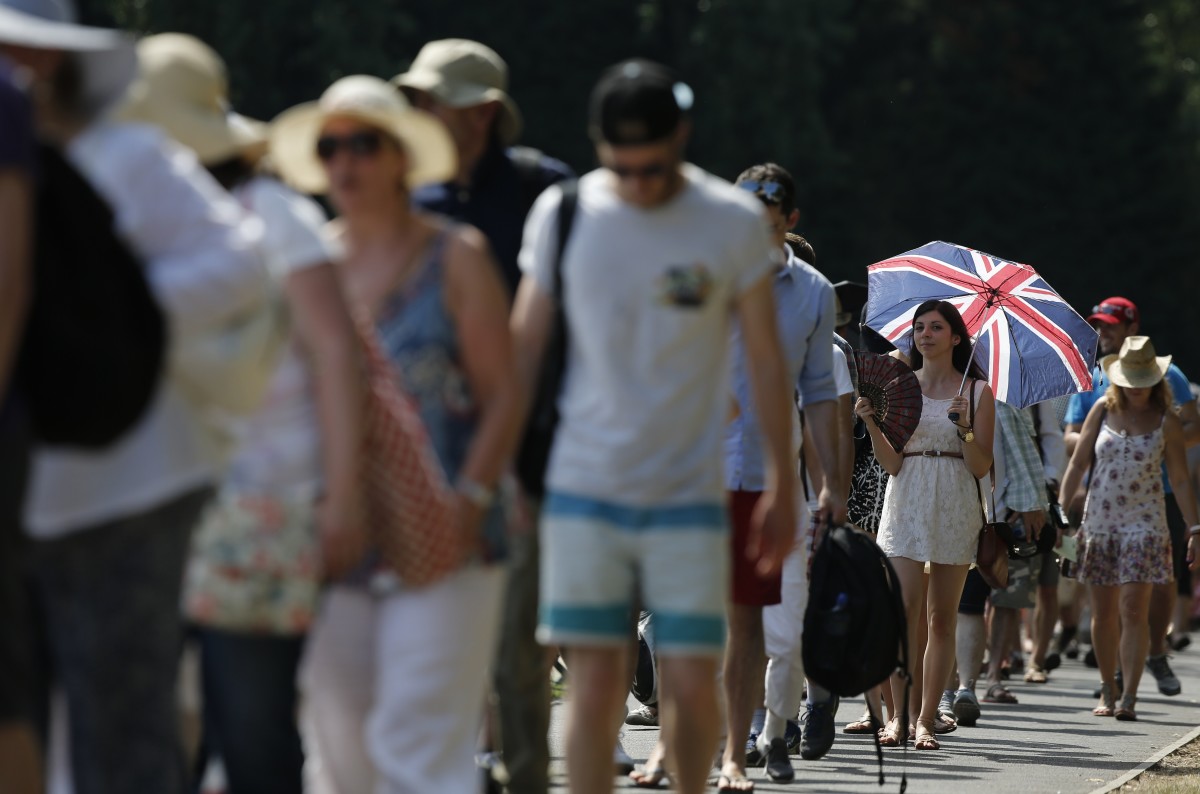
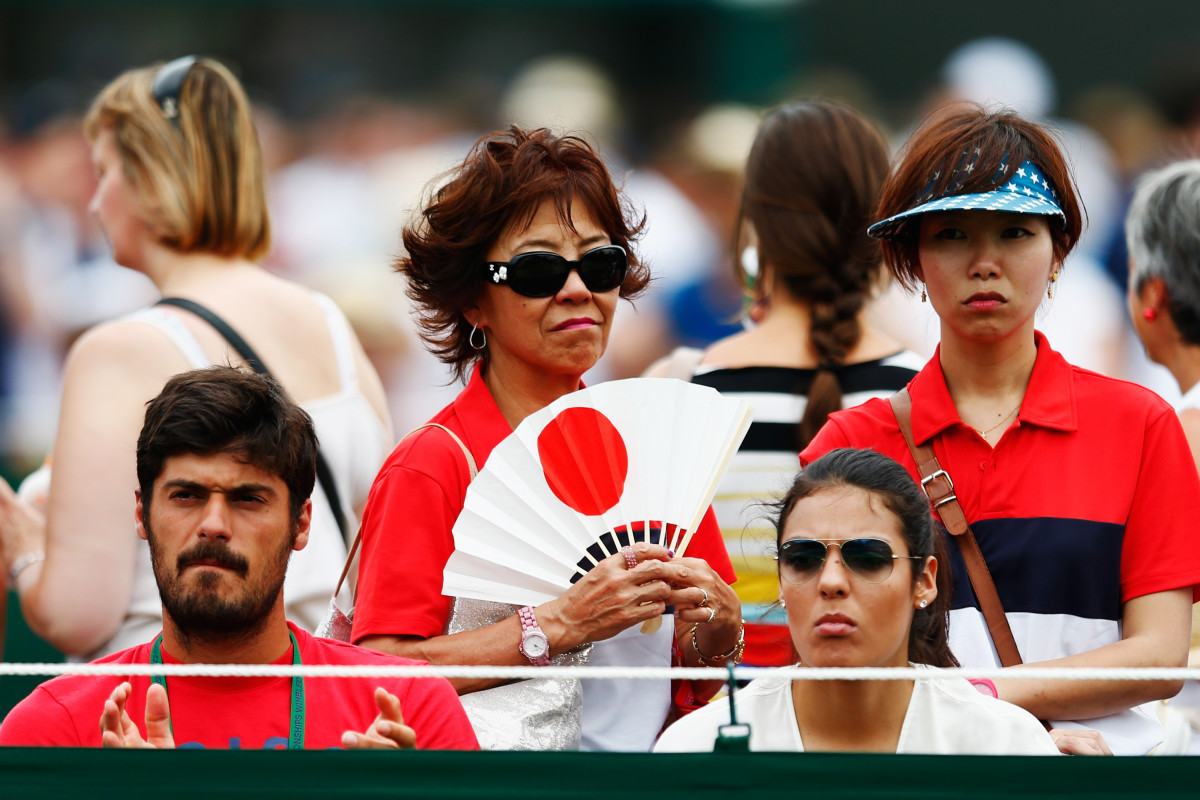
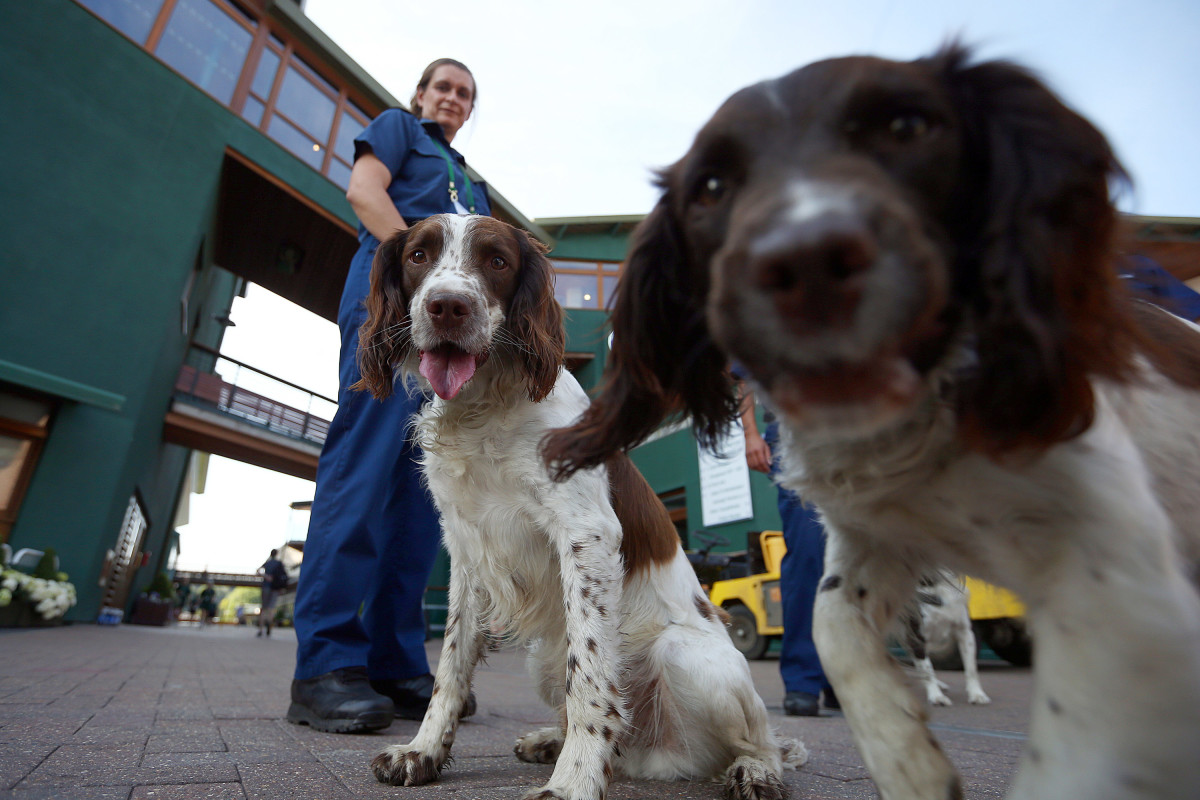
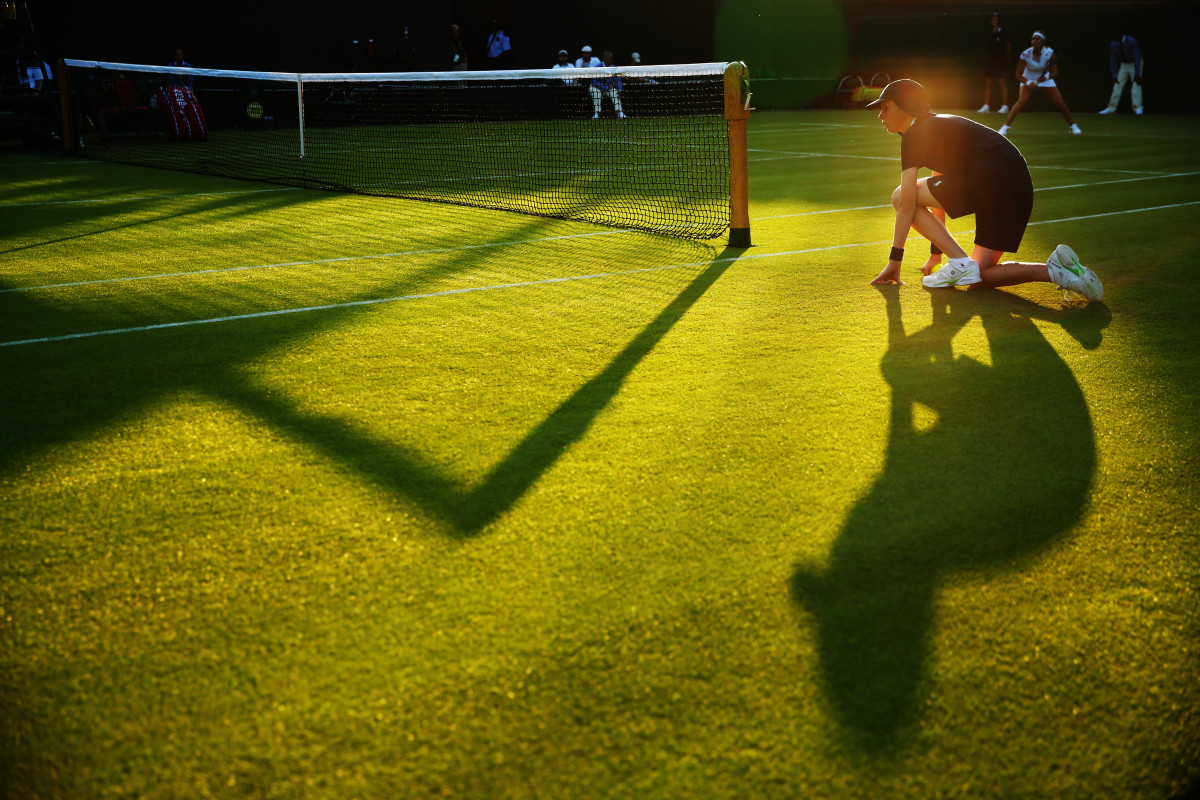
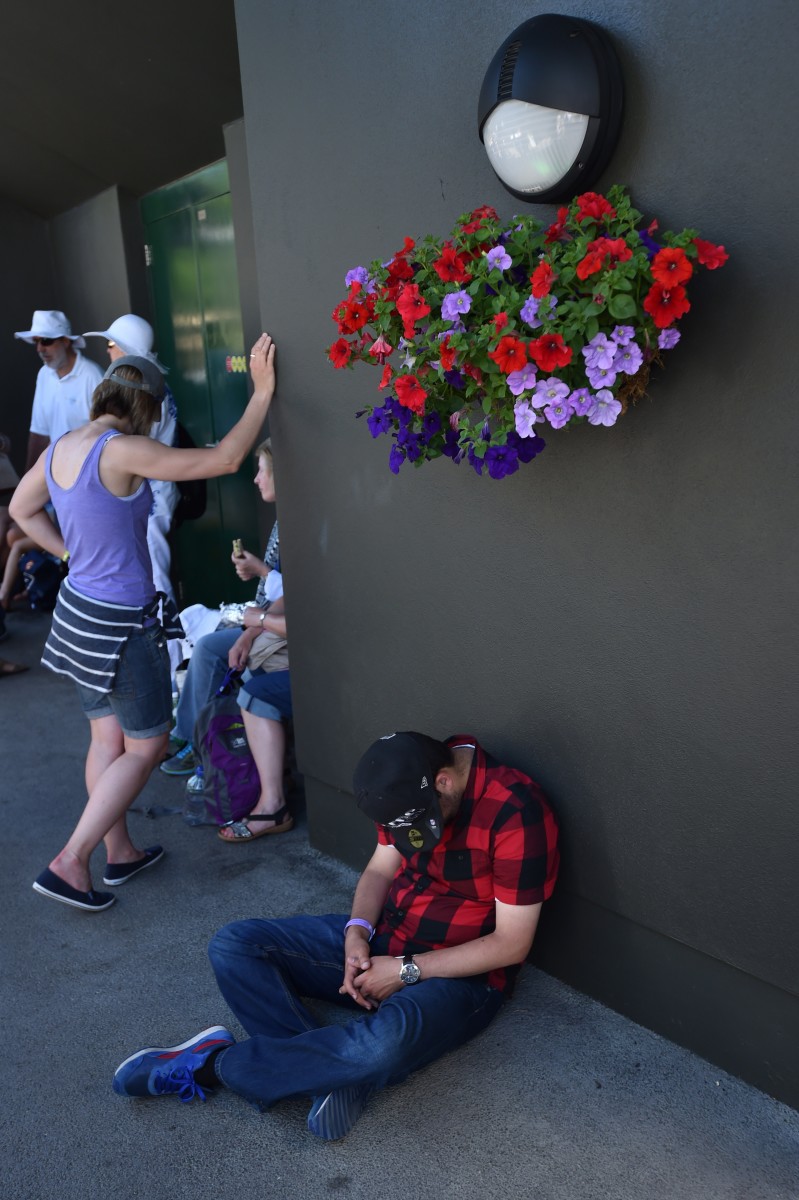
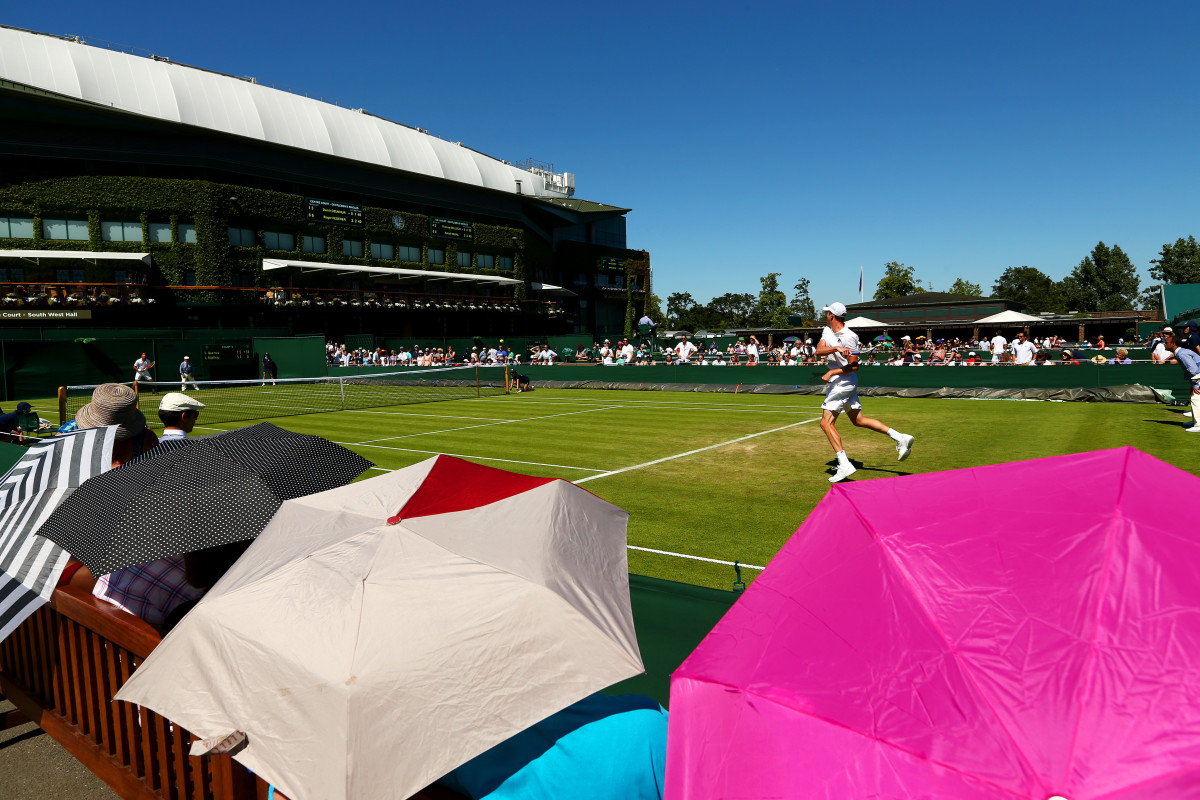
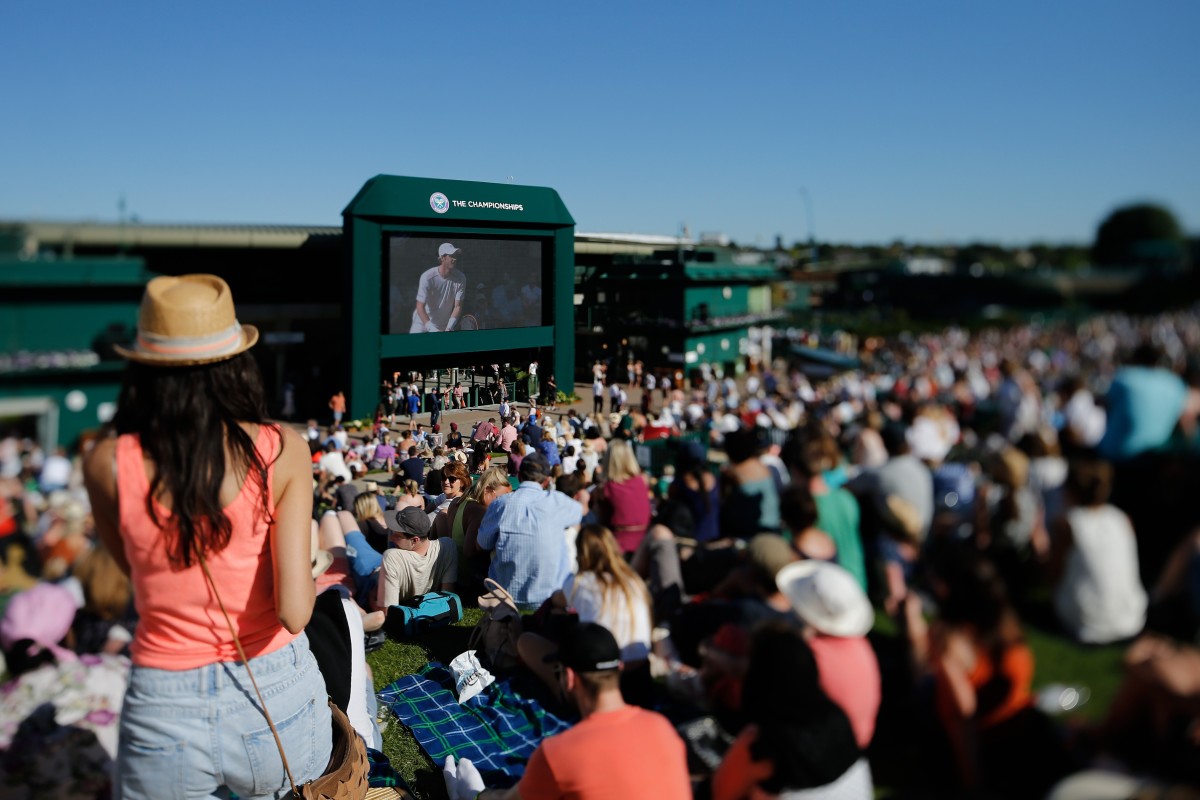
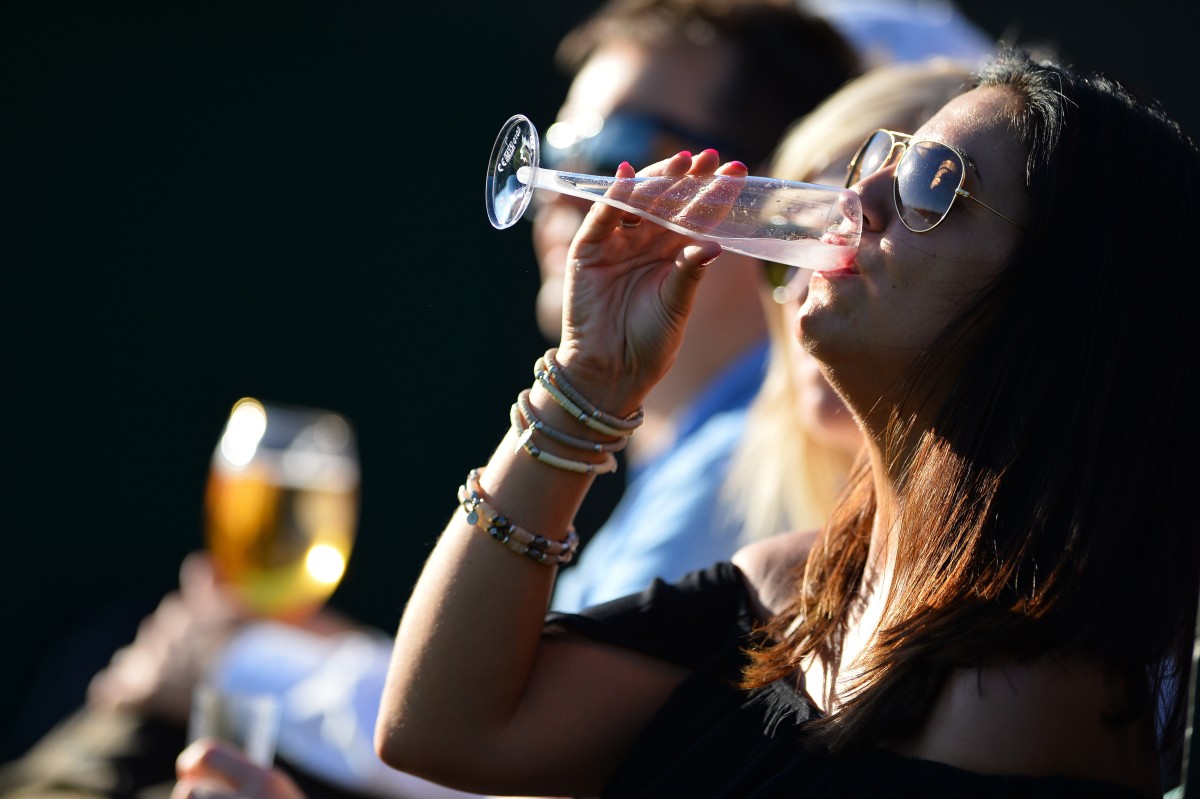
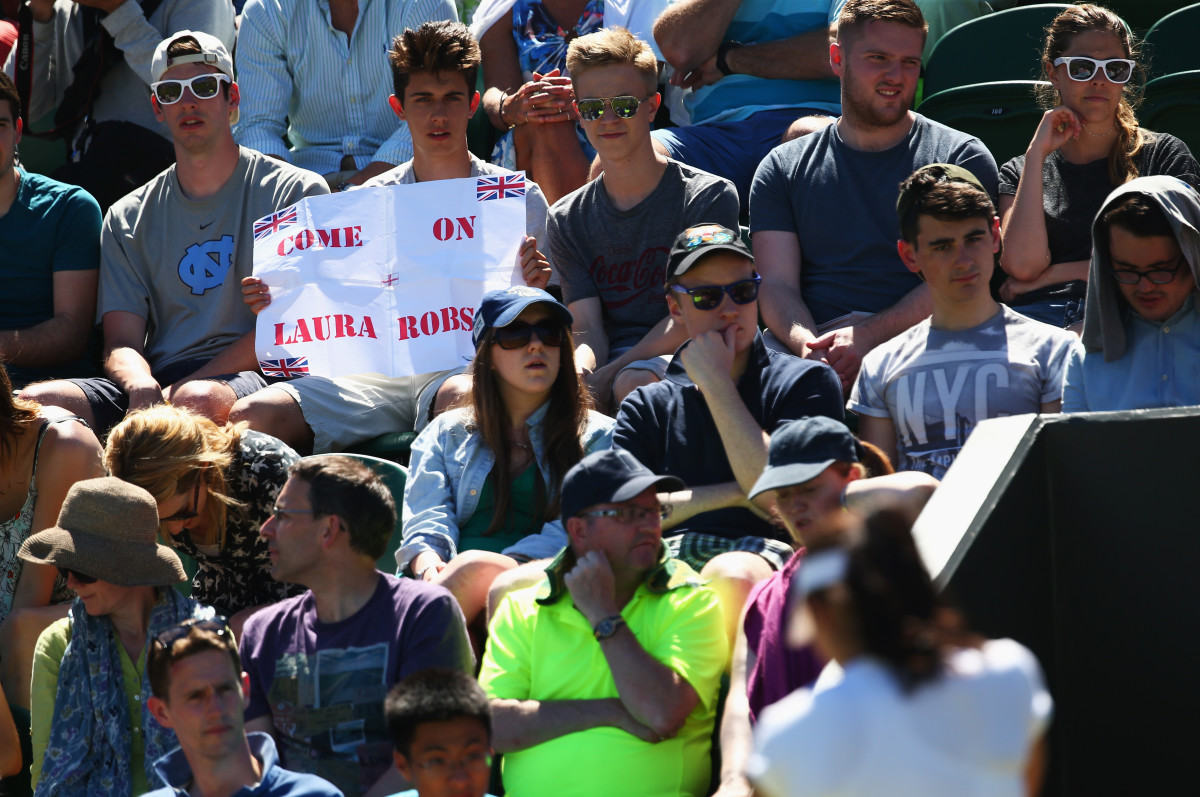
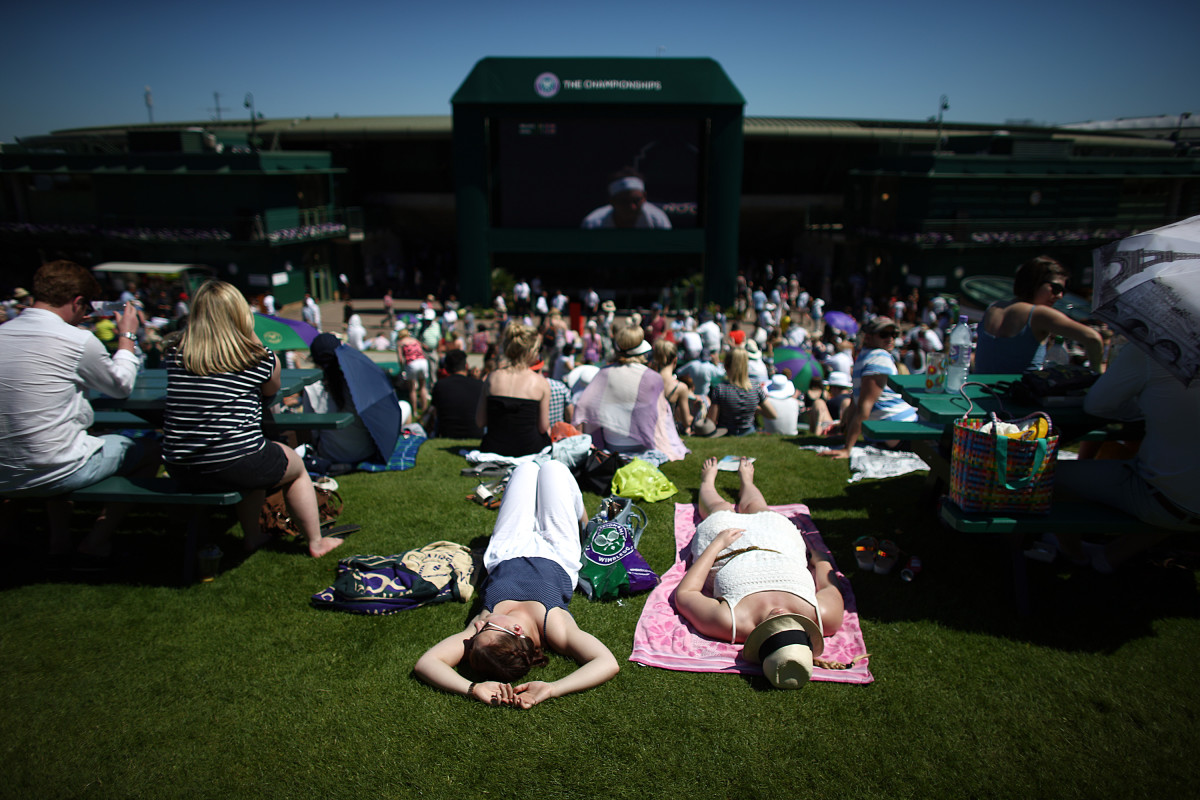
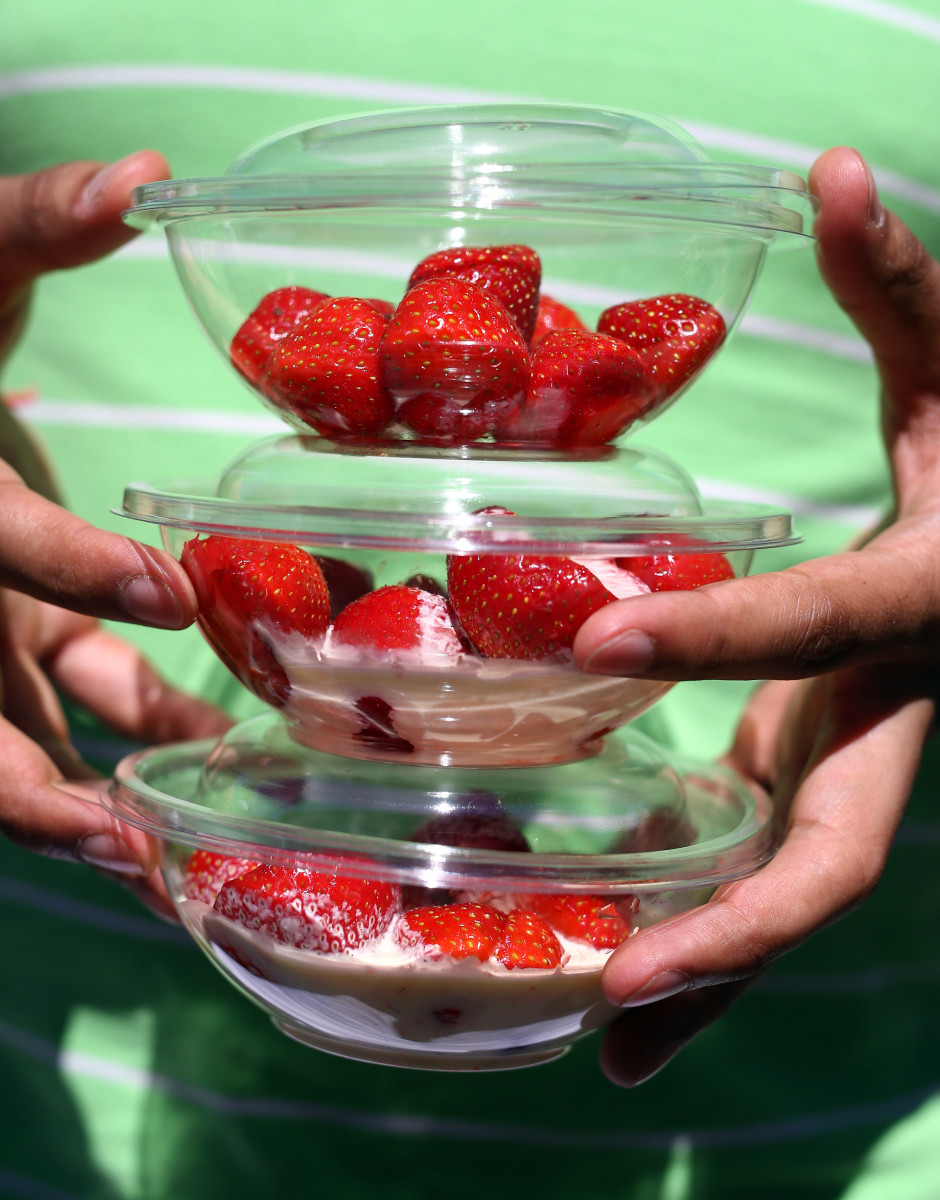
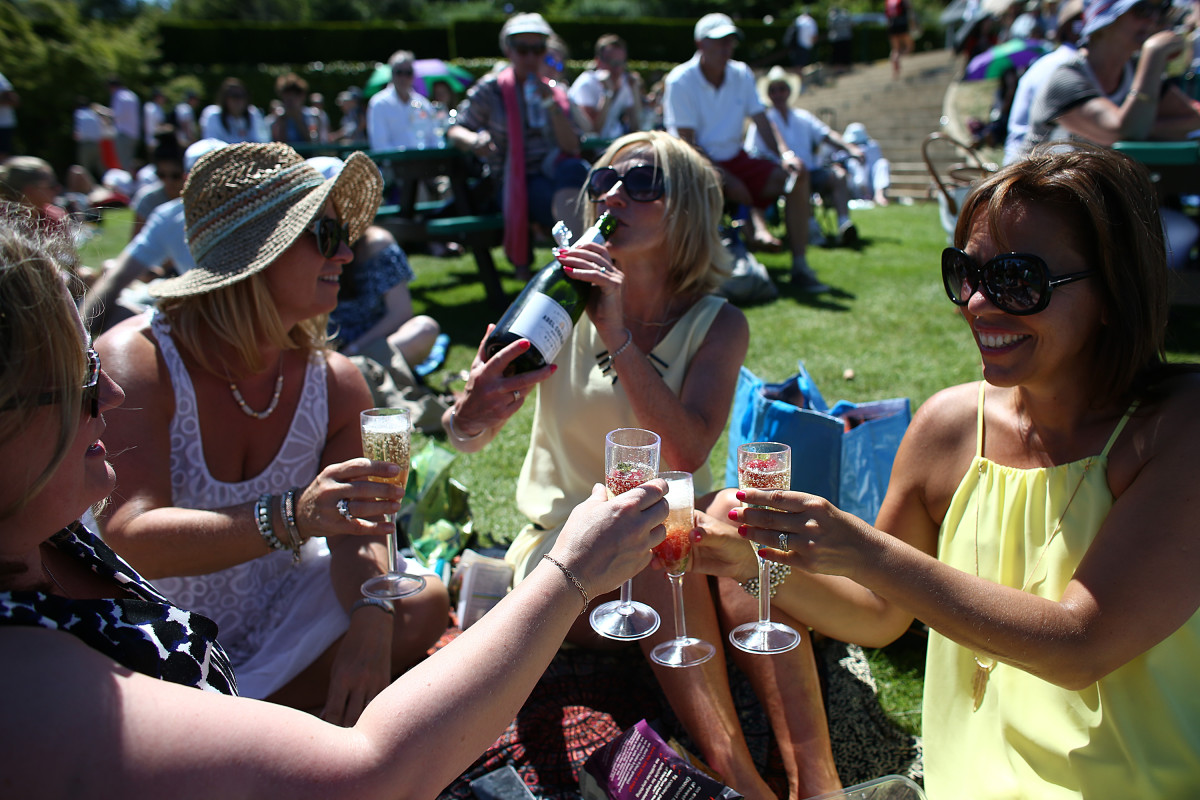
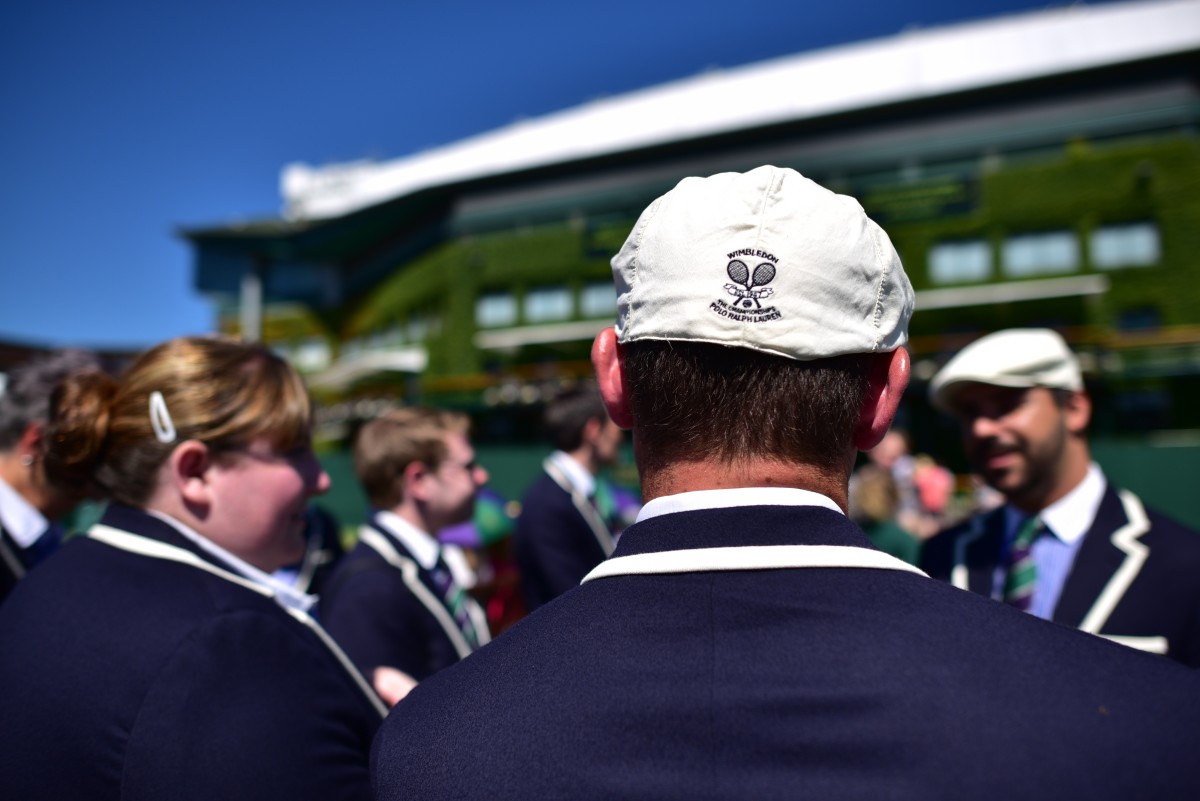
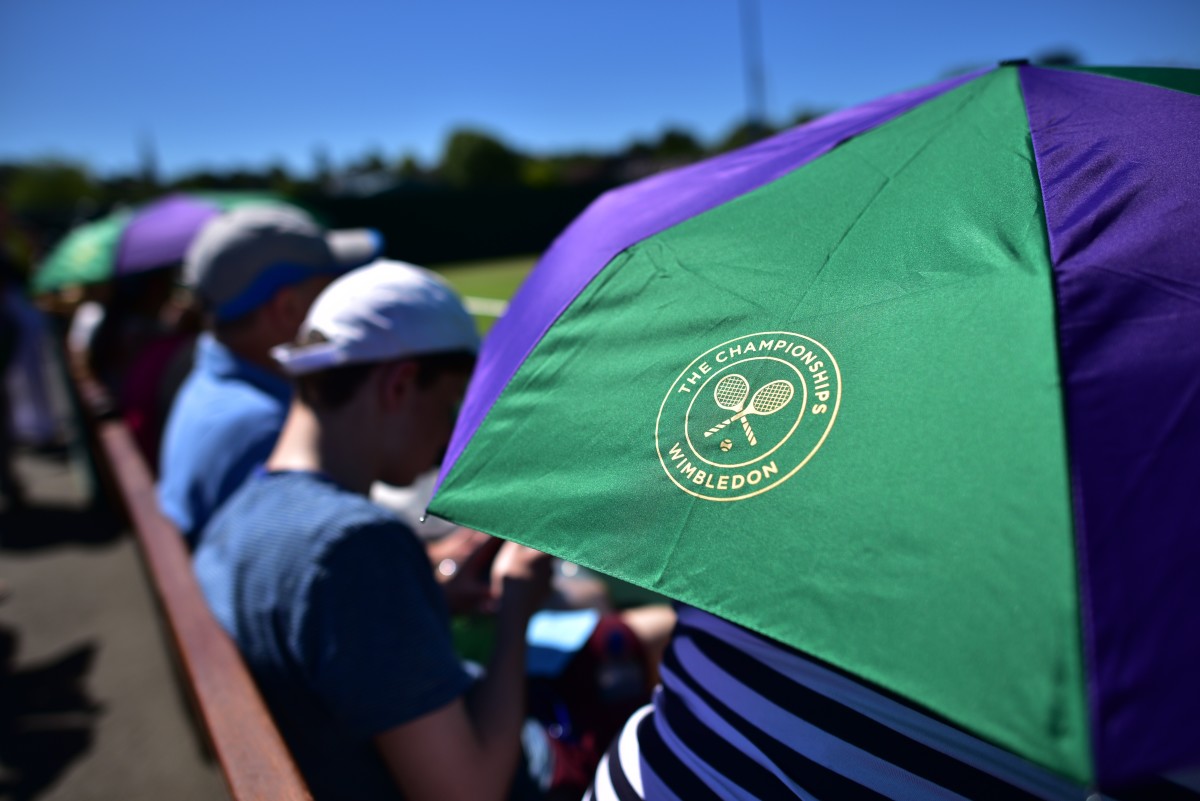
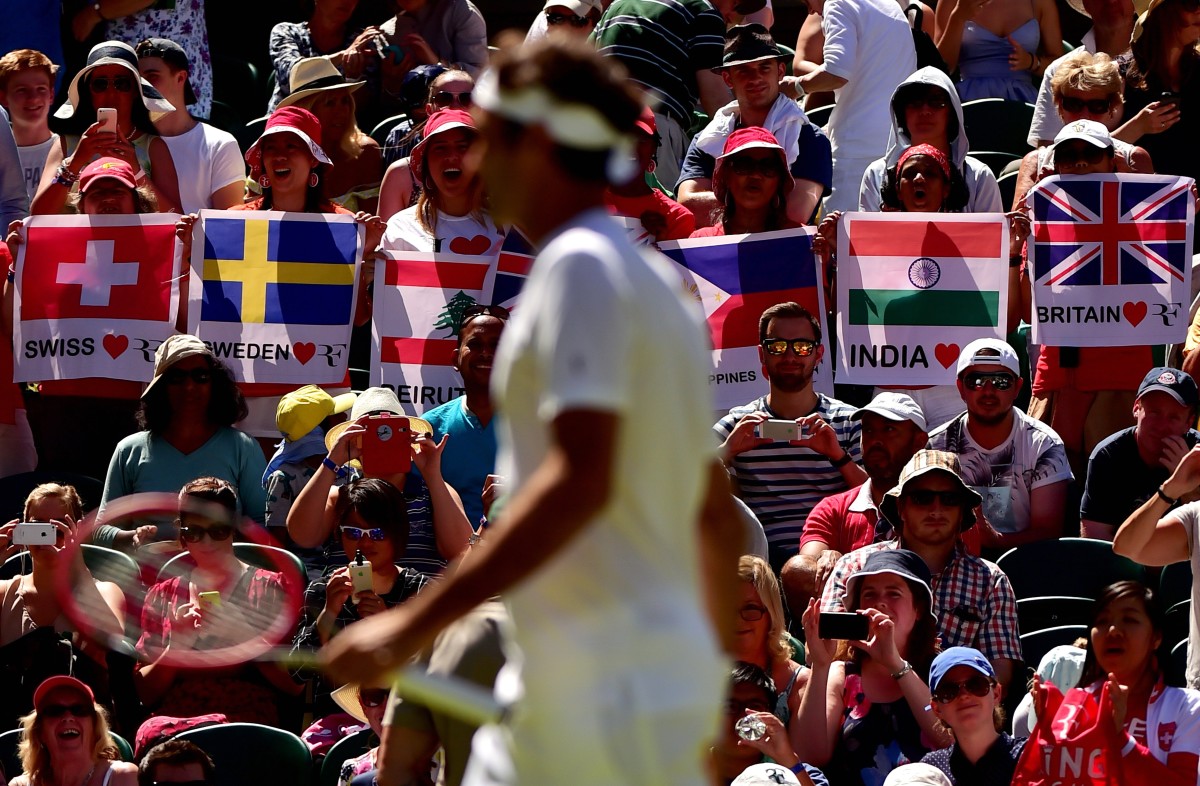
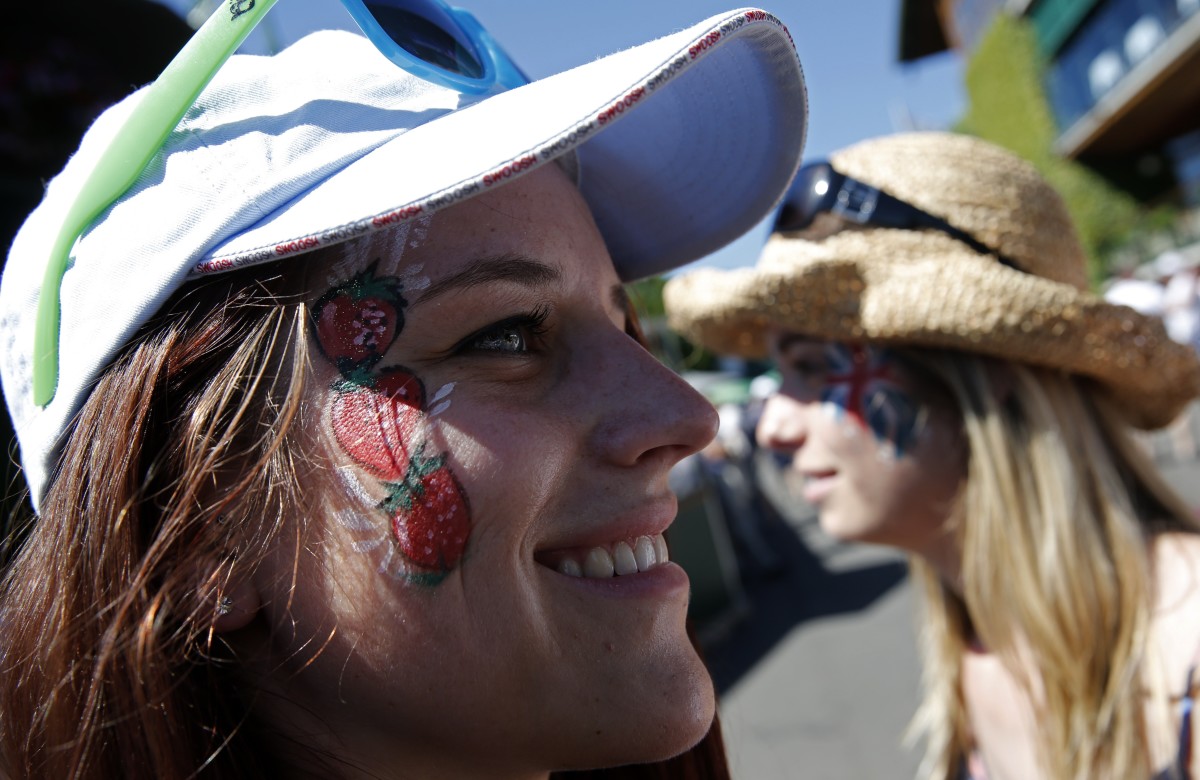
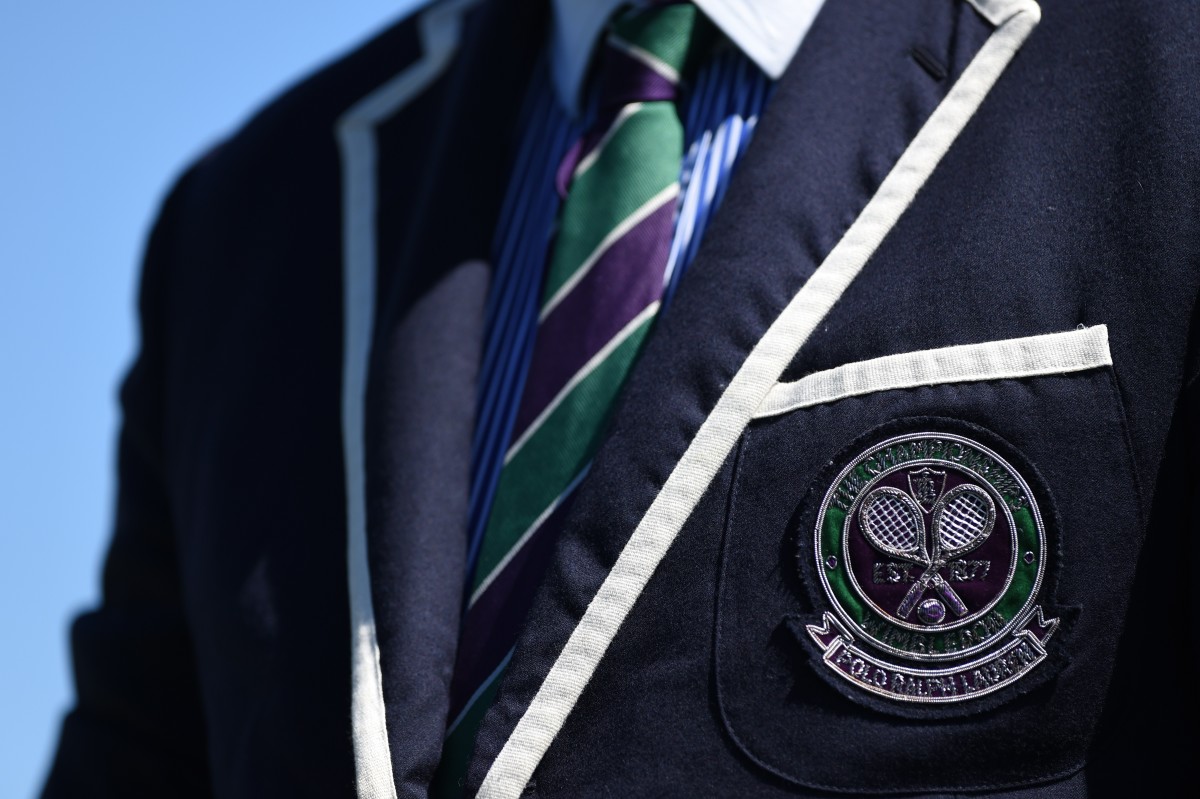
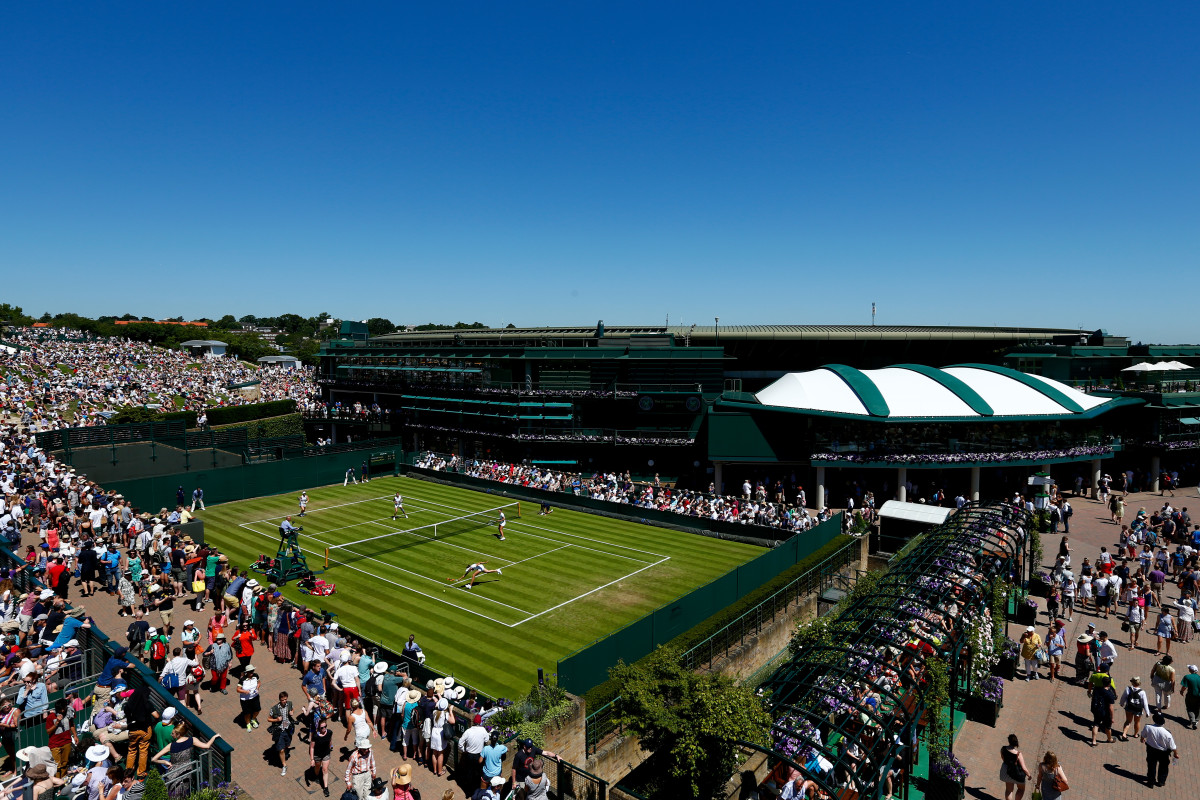
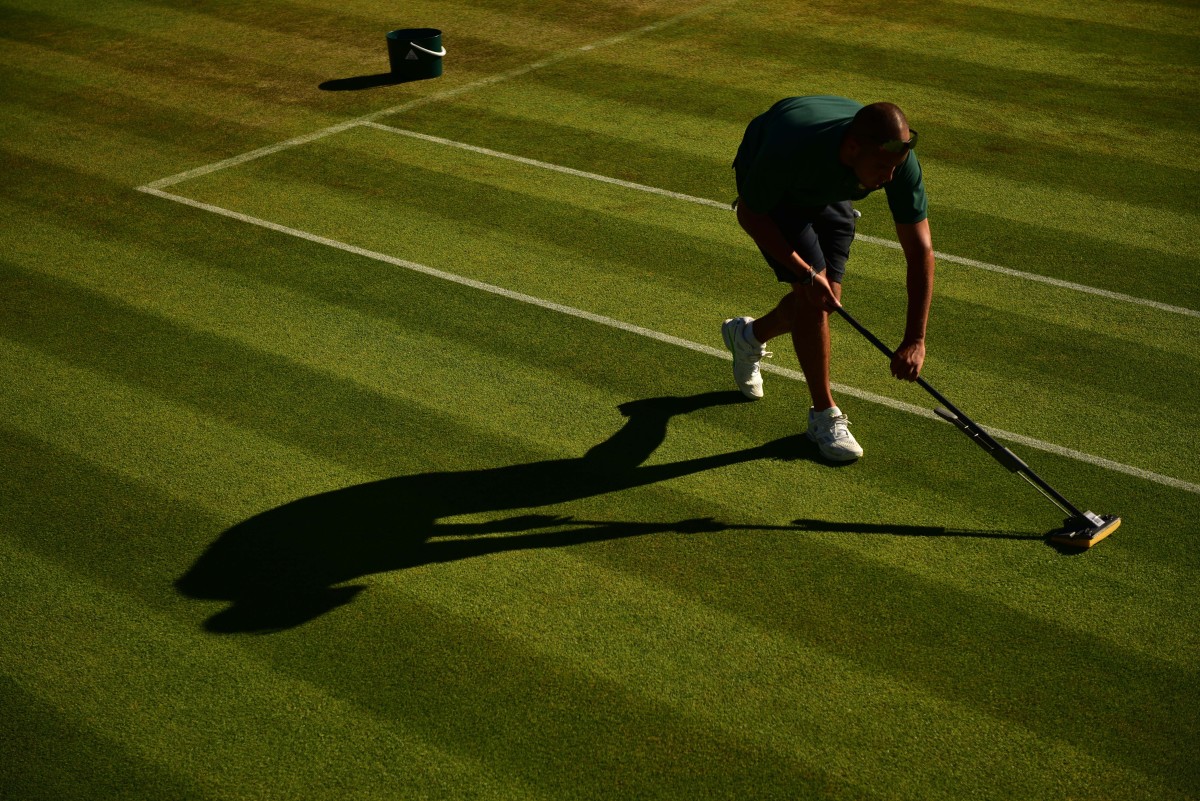
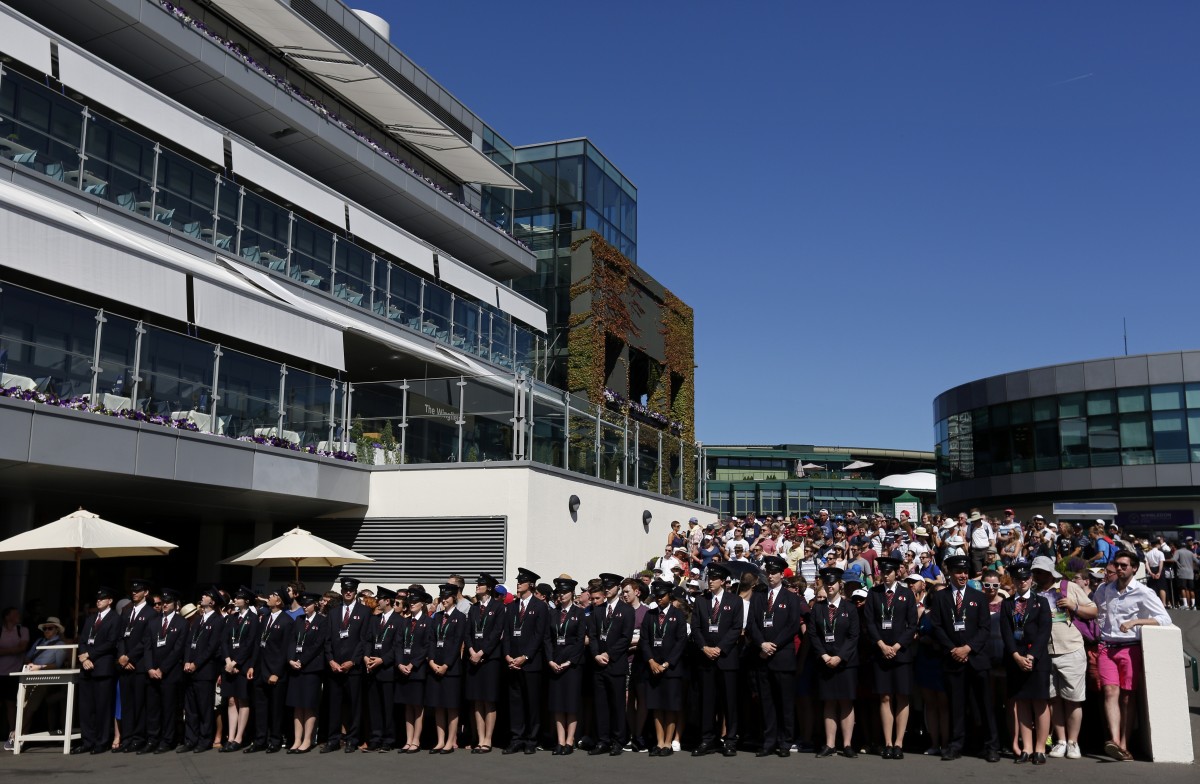
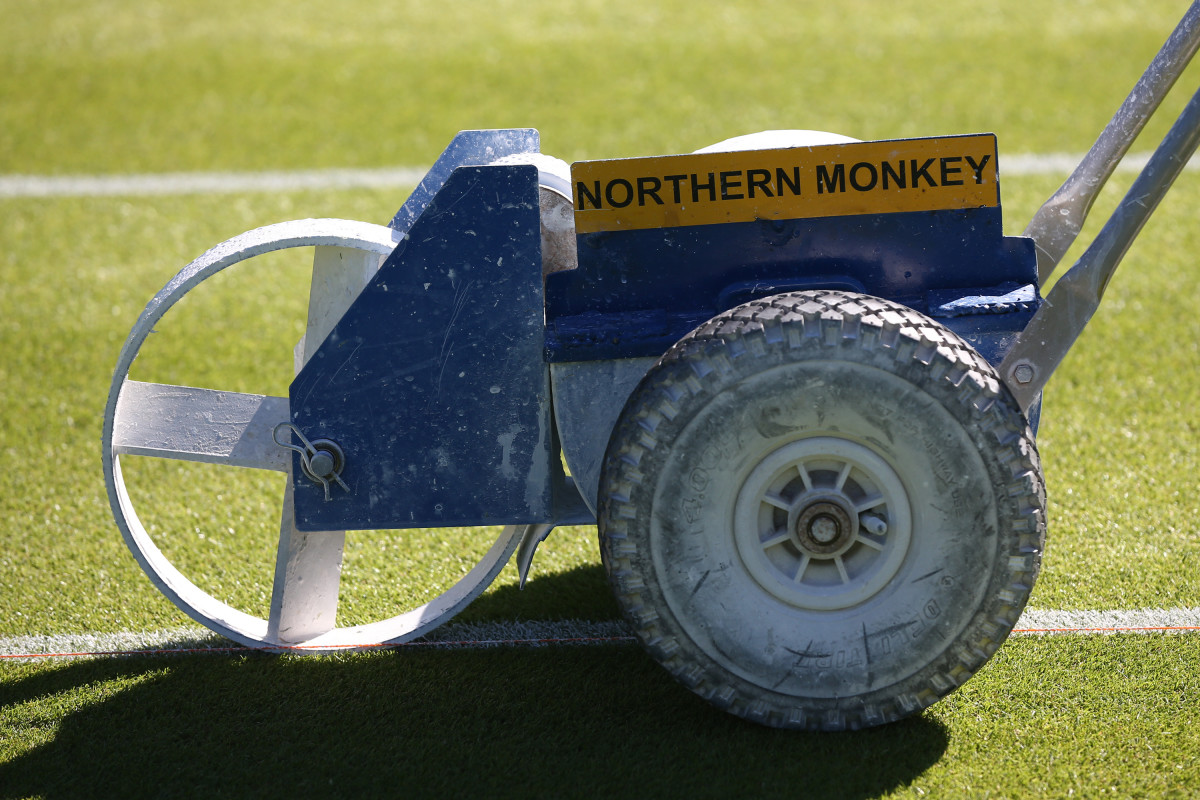
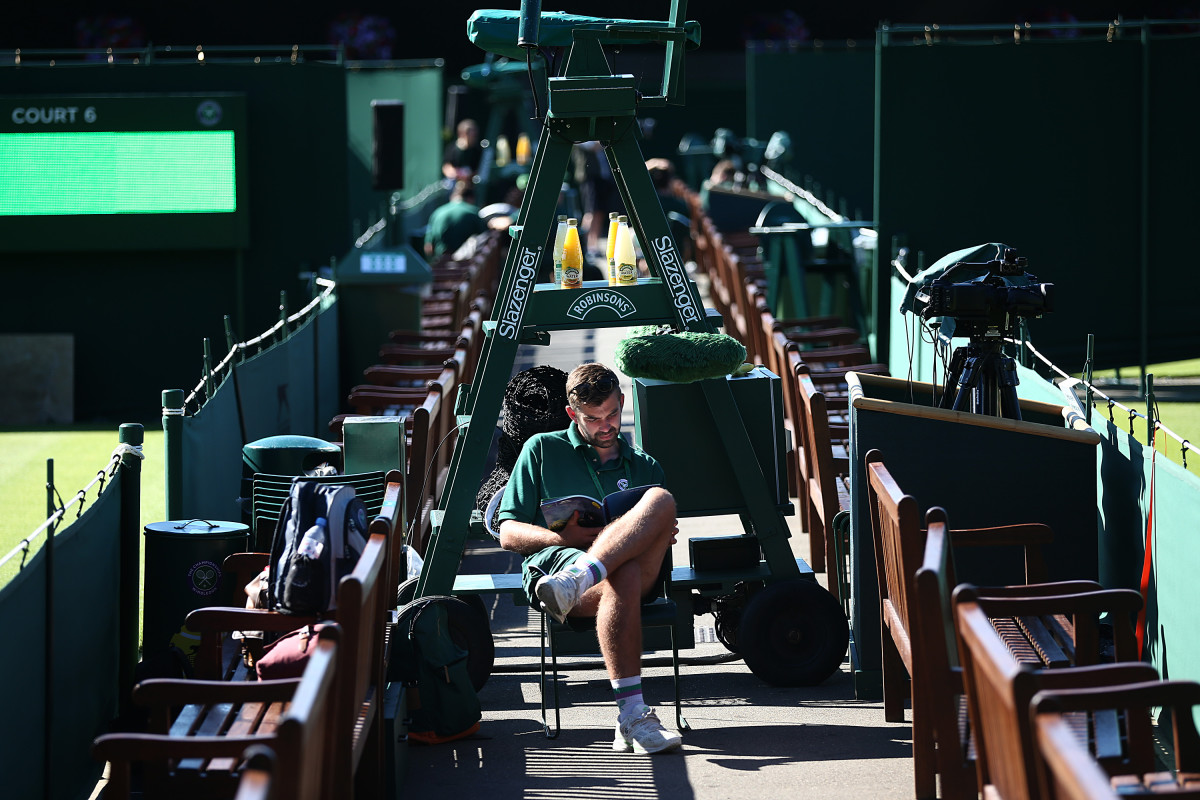
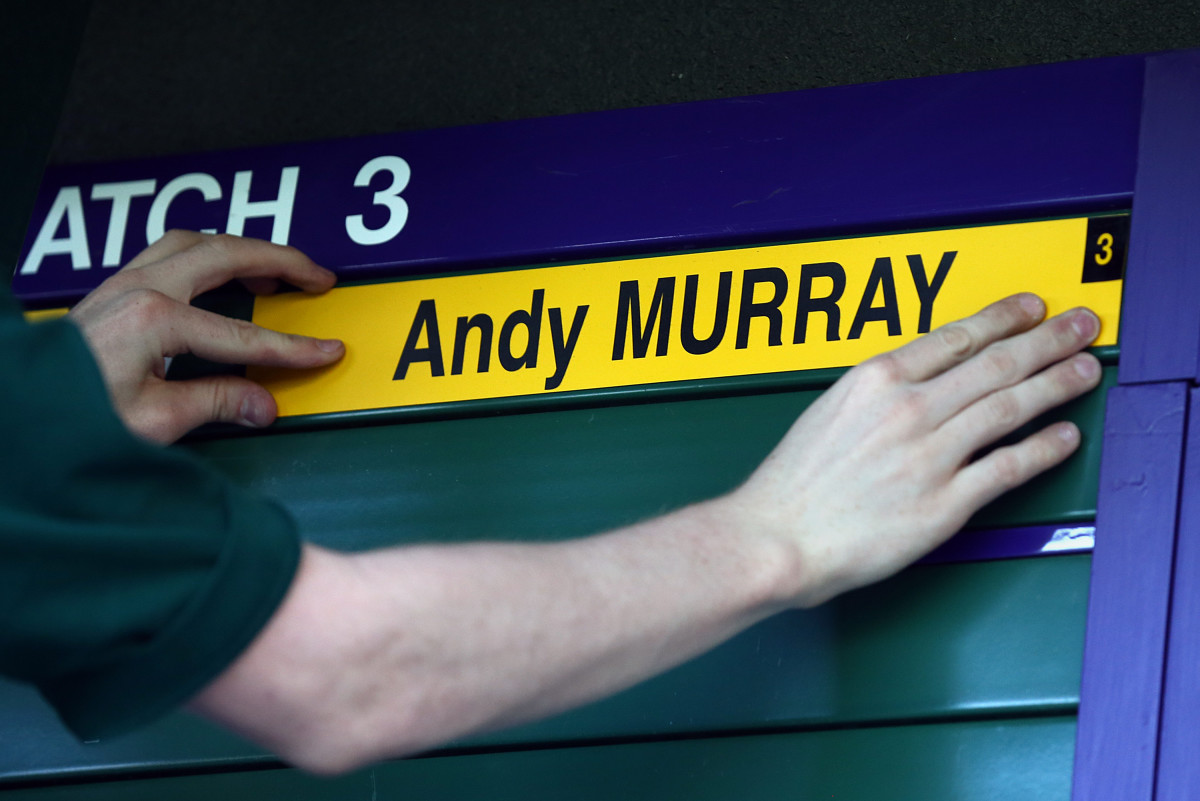
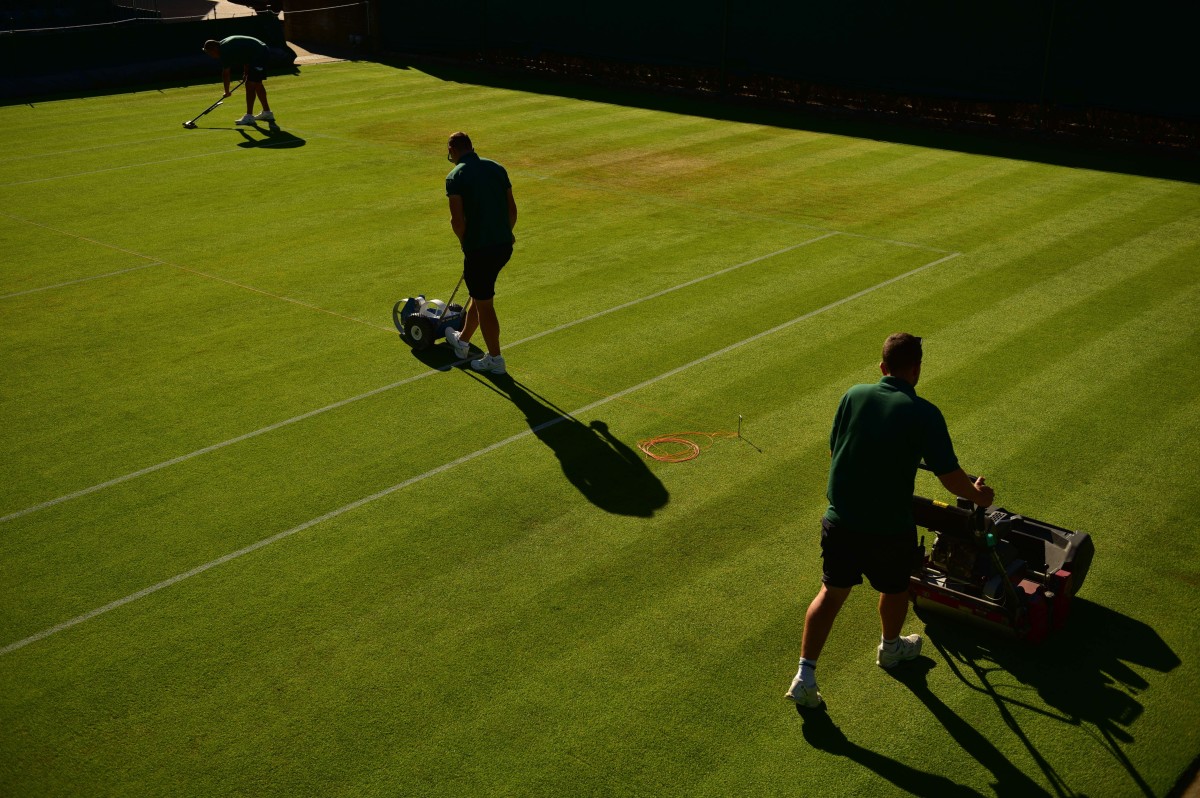
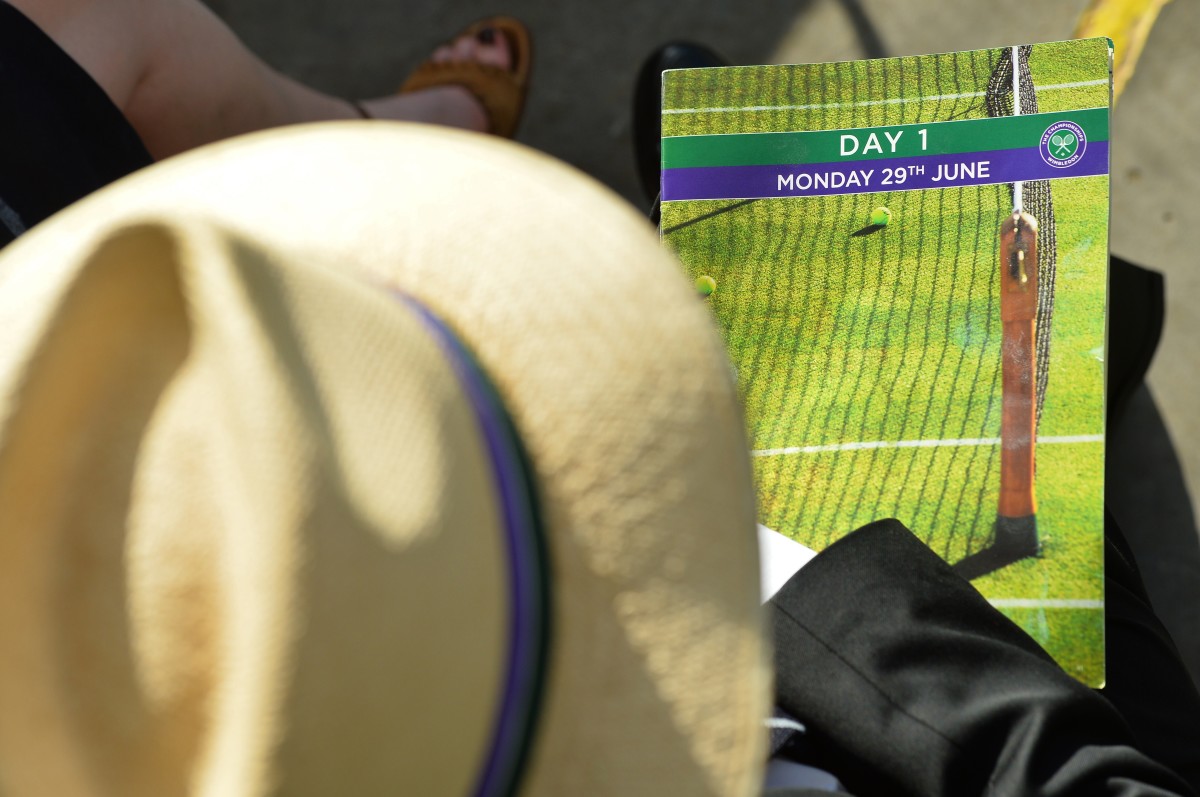
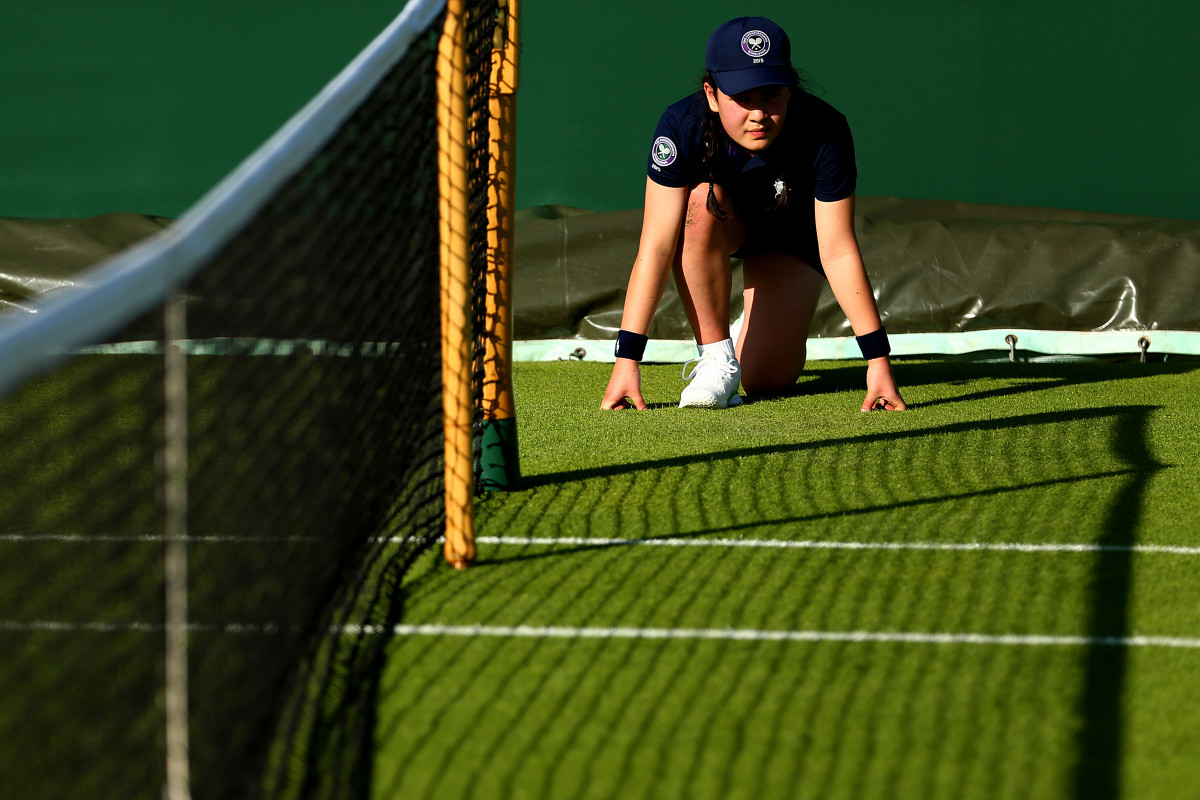
"On grass, movement is huge," Kudla said. "I feel like the better returner will beat the better server. And for the most part, I think that kind of really fits into my game. I feel like I'm a very good returner. I feel like I can move really well. That's where grass complements my game, for sure."
Prior to the grass season, Kudla switched coaches. After working with the USTA for four years, he is now coached by Billy Heiser. That change happened right before his first grass court Challenger event. "I have left the USTA," Kudla said. "[I have to] take out the paycheck and write a couple of checks. But if you are getting results like this, it's completely worth it. You have to invest in yourself. It's a risk. It's an investment I'm happy I made."
Coming into Wimbledon, Kudla had won just two ATP main draw matches this year. At the Australian Open he had a chance to knock out 12th seeded Feliciano Lopez, but lost 10-8 in the fifth. It was a tough pill to swallow, and Kudla admits he began to doubt his progress.
"You get to the point where you're close to the Top 100 but when you're still there, I've been there for a year or two, you start thinking Is this it? Am I going to get any higher? You start worrying. I dropped down to No. 150 and I started to freak out a bit," Kudla said. "That's why I needed a little bit of a change. So to get this and get back on the rise, I couldn't ask for anything. I think what makes this sport so special is you have all those lows that makes these highs even better."
Born in the Ukraine, Kudla's family immigrated to America when he was just a year old. A self-described trouble-maker as a child—he tried to run away from home twice before he was seven—Kudla's father searched for a safe way to keep his son occupied. "I wasn't as bad as I could have been," Kudla said. "Luckily my dad saw that when I was young and guided me in the right direction."
Wimbledon's infrastructure, top seeds lead 2015 midterm grades
His architect father decided to get his two sons into tennis and the rest is history. Kudla turned pro when he was 16 but his breakthrough wasn't immediate.
"Honestly when I first went pro, I doubted myself a lot," Kudla said. "I didn't think I was good enough. A lot of people said I was, but I didn't believe it. I had struggles the first year and a half, but after that things started coming together. People said you're going to be a smaller guy, a hard worker. I gave everything I had."
They said you might not shoot up like everybody else, being 20, being a [Nick] Kyrgios, but it might take you some time but you can do it. I trusted a lot. I have had ups and downs, being at the Challenger level, being with guys like [Jack] Sock and [Steve] Johnson, playing with them for a while and seeing them go to 30 and 50 [in the rankings] motivates you as well. Seeing what they can do and get advice from them. I would say it's kind of what I expected it to be."
Kudla added: "It's been a long road, and hopefully things can come together."
SI.com sat down with Kudla at the AELTC
SI.com: You said you were a bit of a troublemaker when you were young. Were you just a hyper-active kid running around all the time?
Kudla: I was pretty hyperactive kid for sure. I was always running up and down the streets all the time. We lived in a little cul-de-sac and all the kids were out and we were always playing non-stop. I was the kind of the kid where if I was told to come inside I would start crying because I just wanted to run all day. Initially my dad wanted to teach tennis to my older brother. I just tagged along. I was the annoying brother.
We knew nothing about tennis but it turns out that when he started he was a little bit late, 11 years old. I was seven, which is ideal for most tennis players. It just kind of came together. People thought hey, let's put him in an academy he's pretty good. My dad thought that was a great idea and luckily we picked a perfect spot for me.
Love him or hate him, lively Nick Kyrgios proves he is here to stay
There are a lot of different sports you could take up when you're seven years old. You're wearing a Washington Nationals hat. Why not football or baseball? Why tennis?
Kudla: I don't know. My dad wasn't really athletic but he had a friend who introduced him to tennis. So he tried to introduce us to tennis. My mom was a ballerina, but I wasn't going to become a ballerina. But I think I got my athletic ability from her. So that's how we picked tennis. I was just lucky to be good at a young age to where people thought maybe we'll try and mold this kid into a professional. But I was in an environment that allowed me to go home every day. I was only doing an afternoon program at first so I could have a normal life. I think if I went to an academy when I was young I don't think it would have worked for me. It would have been too rigid.
Did your father ever coach you?
Kudla: I told my parents I didn't want them involved in my tennis because I always felt like I always needed to impress them. That was something I really struggled with in my mind.
Do you still struggle with it?
Kudla: No, not anymore, because they've changed. I just felt like they were so hard to please and I just wanted to play perfect because they didn't always see me play. Being a perfectionist in sports is impossible. Especially in tennis, you can lose every week. It was tough but they did an unbelievable job of giving me my freedom. I was a very independent kid. They kept their distance and they came to the big tournaments, which I was ok with.
7 facts about German-Jamaican Dustin Brown, plus his best highlights
Why do you think your parents were able to step back and give you that freedom? That's not easy for a lot parents— particularly immigrant parents—to do.
Kudla: I think they came to the conclusion that they didn't know anything about the sport. They didn't think anything of me (in terms of my tennis). They were letting me play tennis just to keep me busy. They didn't realize I was even good until I was 16 or 17. I was No. 1 in the country when I was 14 but they had no idea. Ok, you're No. 1 in the country but there's the whole world.
It easily could have gone the other way. They could have been all over me. But somehow they figured it out. Here, you do it. If it works for you, you follow it. We're not going to force anything on you. I was lucky.
What do you love about tennis?
Kudla: I just the love the independent part. I've always been an independent kid.
You never wanted to play a team sport?
Kudla: Not at first. Now maybe. As I'm older I would love to play a team sport. But to have control over everything you do and to be in control of your results is great. When you succeed and you have your team behind you it's great. They love it and it's amazing to see the end product. But when things don't go well, you freak out. I had mono last year and you don't make money. But that's the reason I love it. The one on one nature of it.
Making the fourth round is the greatest moment of your professional career. What were the low moments?
My first Wimbledon: SI editor chronicles first All England Club visit
Kudla: Last year getting mono, which I got almost exactly a year ago. You don't know how long mono is going to last. I was lucky it was only three months. It could have been a year, could have been two years, it's ended guys' careers. I was nervous.
When you earn a result like this the perspective on how you got here must be different. Looking back on your career today as opposed to maybe a month ago, how do you put it all in context?
Kudla: Things can completely change. It doesn't happen overnight. It might seem like it now, that I'm coming out of nowhere and getting all these results. It's been a lot of small steps and just finally clicking and just waiting for it. You just never know when it's going to happen. It's what my coach has been telling me the last two or three years, and now I'm like "Oh, this is what you're talking about. Finally I get it."
You'll be back into the Top 100 for the first time since October 2013. What means more to you: Getting your ranking back up there or making the fourth round of Wimbledon?
Kudla: For me, it's more Wimbledon. The ranking is great but we play tennis for these tournaments. To put myself in the position to be in the last 16 of a Slam and that much closer to potentially winning a Slam is crazy in my mind.
Who have been your biggest mentors on tour?
Kudla: Being on the Challenger tour a lot, more the older guys. Michael Russell. He had a similar game-style as me. Robby Ginepri as well. He was really helpful. Just those older Americans that were there. Bobby Reynolds too.
What's the best advice they ever gave you?
Kudla: It wasn't one big thing but more of seeing what they had done in their career and getting to pick their brain week to week because we're always playing each other. To see how they viewed my game at the time. They were getting towards the end of their career so they were comfortable opening up. Especially with someone like Russell. He's been playing so long. The guy's a beast. He's in better shape than anyone. It's just good to see that if you're strong enough you can have a long career for sure.
Wimbledon Daily Data Visualizations
So what have you been doing on your non-match days?
Kudla: For me, I've been playing a lot so my body's been beat up so I'm trying to rest.
When tennis players say they're resting, what exactly does that entail? Are you just sitting on the couch? Sleeping?
Kudla: We're just lying there. For me I'm a big music guy. I love house music. I'm constantly on Spotify and I've got my speakers and I just jam out. I love it. I'm in a house with a trainer and coach and they just laugh at me because I'm having a party in my room.
Have you had a pump-up jam during the tournament?
Kudla: I'm big on getting adrenaline up. Love the bass. I have a ten song playlist right now and I'm just replaying it over and over and over. I've been singing them in the matches and it's been helping me. I love listening to Kanye West all day; some old-school Deadmau5;Kaskade is one of my favorite DJs.
What's the most frequently used app on your phone?
Kudla: Snapchat. I'm a big Snapchatter. I get to see life outside of the tennis through Snapchat. If my friends are at a party or something, I can see it. It keeps my mind off the tennis that's for sure.
